MEETING OF MINDS
The story behind a unique light art and military mentoring relationship

WINTER IS COMING
Why lighting needs to make the case that switch-offs are not the answer this winter
PRIZE ASSETS
Innovative lighting design centre stage in this year’s RIBA Stirling Prize
The publication for all lighting professionals
Professional best practice from the Institution of Lighting Professionals October 2022

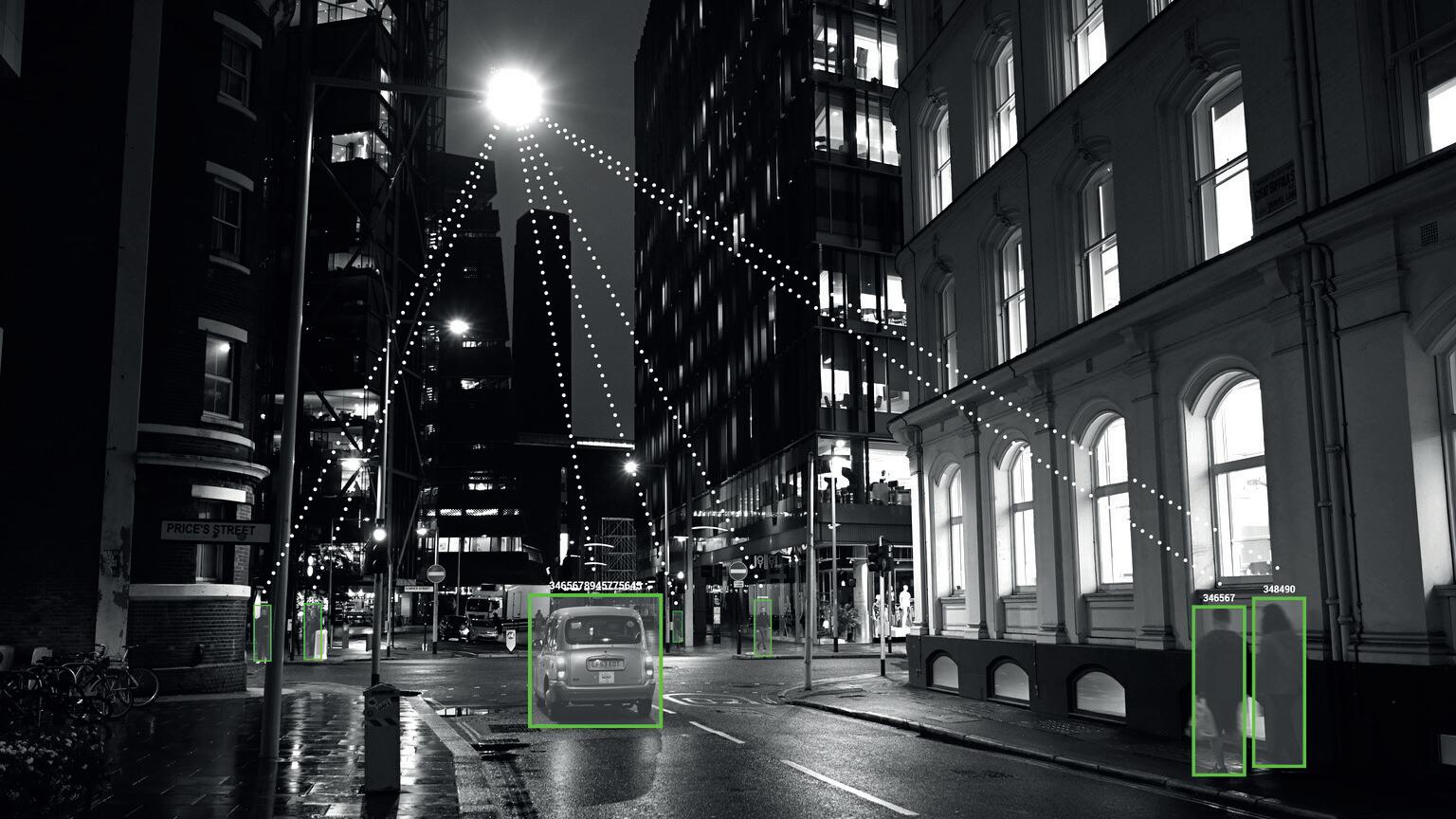
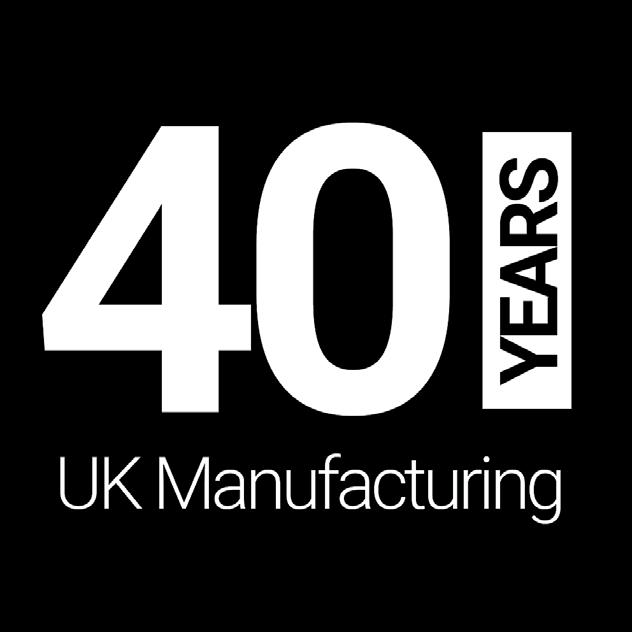
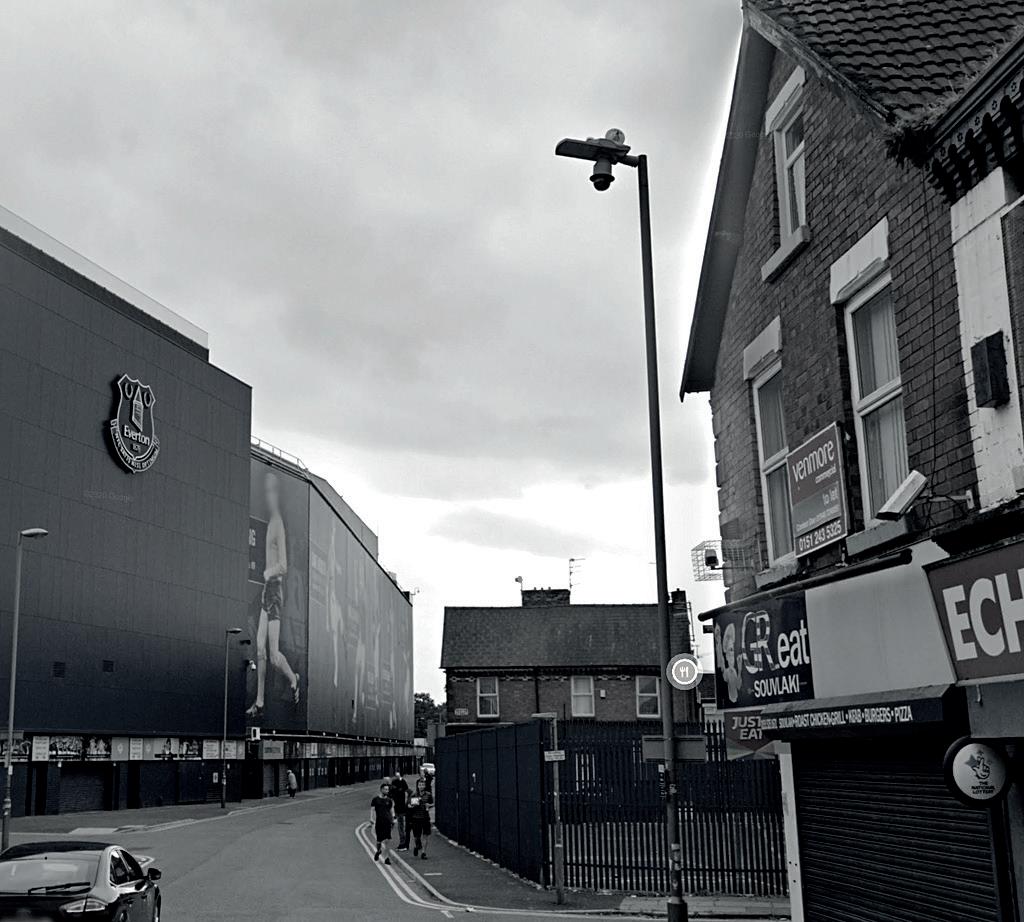
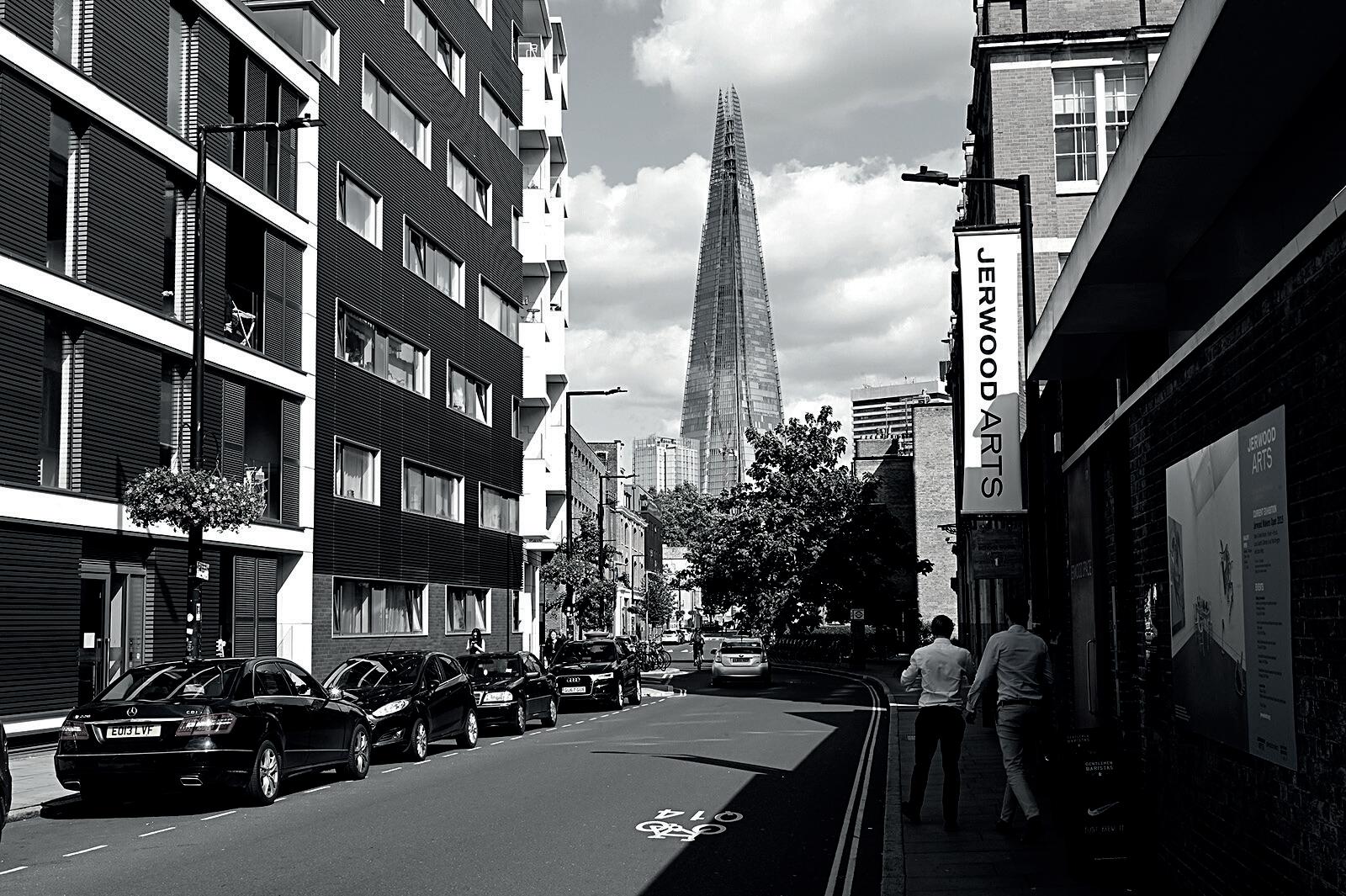
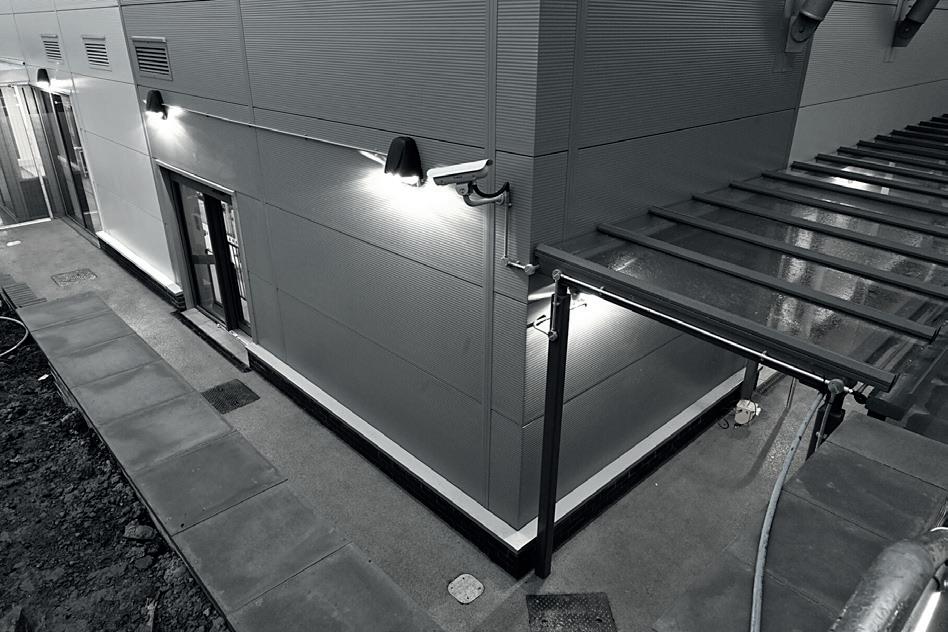
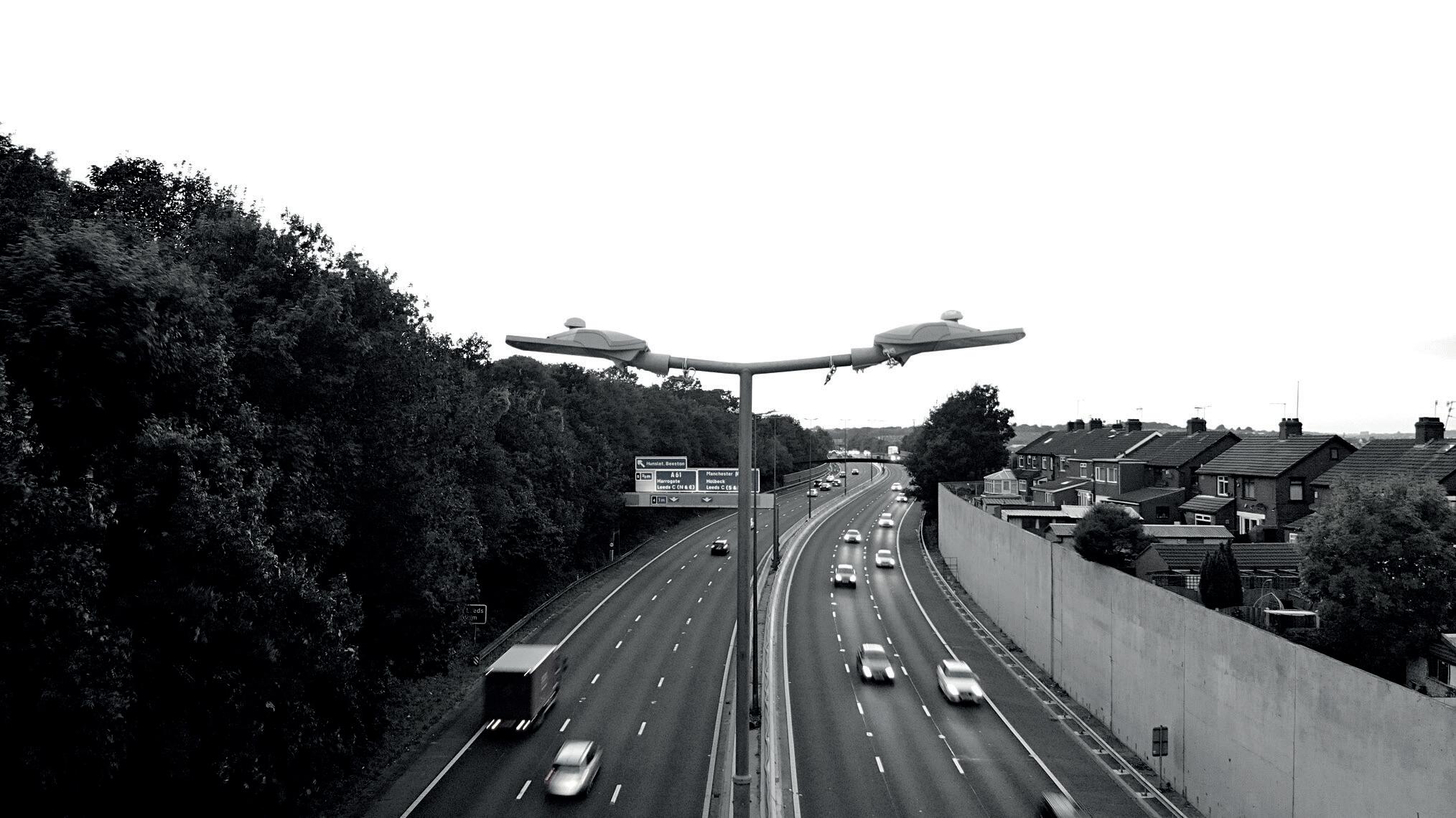

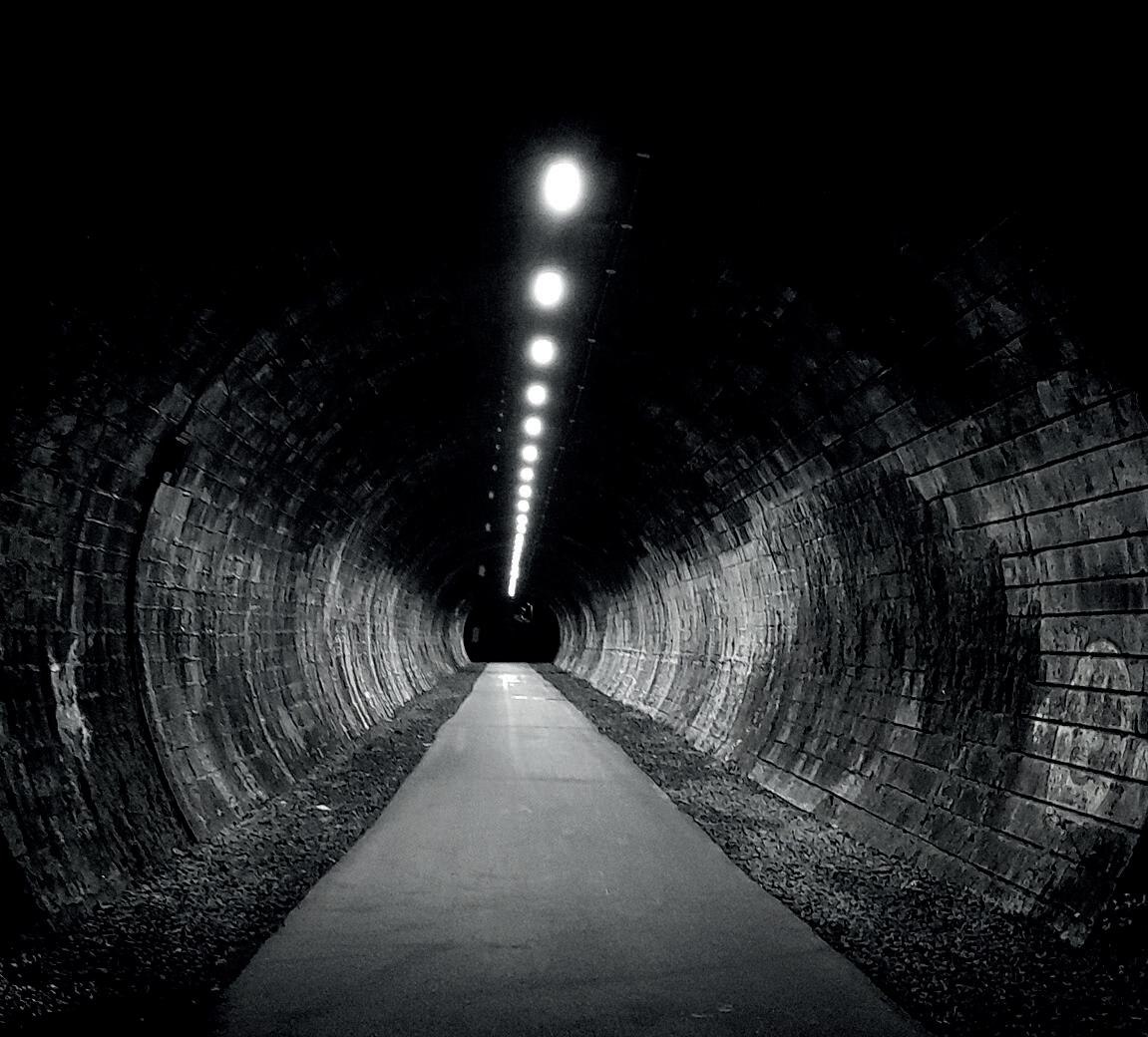





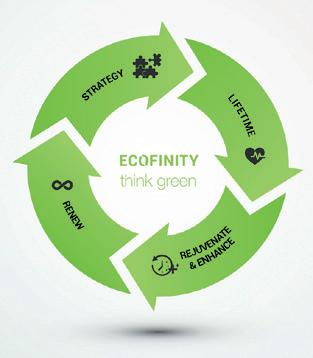
asdlighting.com 01709 374898 sales@asdlighting.com Discover More Established in 1982 ASD Lighting PLC Design, Develop & Manufacture in Rotherham, South Yorkshire, UK. To view our range of exterior lighting, visit our website or scan the QR code & discover lighting solutions for you.
06 WINTER IS COMING
The energy and cost of living crisis is hitting lighting hard, as it is the whole economy. But, amid dire talk of winter blackouts, ILP members agreed lighting professionals have an opportunity to provide important leadership to explain why switch-offs are not the answer
12 THE EYES HAVE IT
Lighting designers need to advocate for great lighting. And great lighting means spaces that work for everyone, irrespective of ability or disability. David Gilbey and Dipali Shirsat make the case for truly inclusive, multisensory design, especially for those who are visually impaired
20 FUTURE PERFECT?
What is the future for lighting after ‘LEDification’ and, now, with the climate crisis accelerating? And what changes does the industry need to be making to influence the way forward? Kevan Shaw shares his opinions and gets out his crystal ball
26 PRIZE ASSETS
The prestigious 2022 RIBA Stirling Prize is set to be announced this month, with innovative lighting schemes very much to the fore 30 MERCURY MEASURES
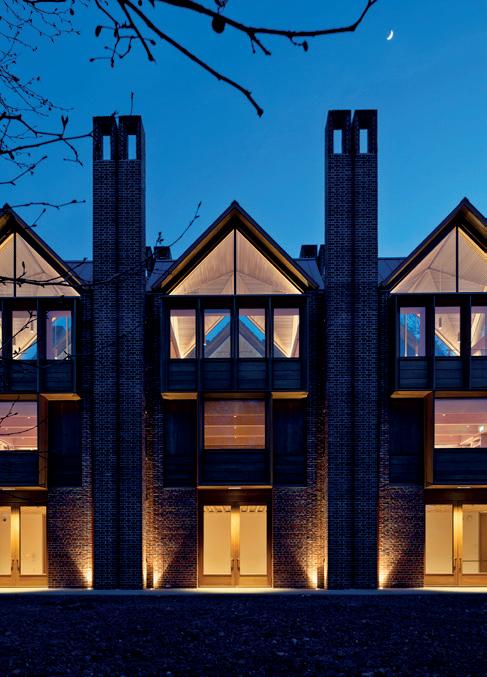
Changes to the EU’s Restriction of Hazardous Substances Directive will mean some lighting products containing mercury will no longer be able to be sold into European markets from February next year. Peter Johnston explains what it will mean for street lighting.
34 TAKING RESPONSIBILITY FOR SUSTAINABILITY
Sustainability should be part of all design stages, including lighting, but too often isn’t. Aliz Sanduj outlines five ways in which sustainability can fall off the design agenda and how to haul it back
40 GREEN FOR GO
From ‘walking the talk’ through to revisiting your specifying and applying a proper waste hierarchy, there is much that lighting companies can be doing – right now – to become more sustainable, outlines Nigel Harvey
42 CIRCULAR SOLUTIONS
Switching to LED and prioritising circular economy approaches are not by themselves going to solve either the current energy crisis or climate change. Nevertheless, they can still make an important difference, even in a challenging environment such as tunnel lighting, writes Ross Evans

46 BEYOND THE FAÇADE

Good façade lighting can transform the external aspect of even the dreariest building. But getting it right can be harder than you might think, cautions Chris Anderson

48 MEETING OF MINDS
June’s ‘How to be brilliant’ from the ILP brought together RAF wing commander Calvin Bailey and light artist Frankie Boyle to explain how a chance encounter on a train led to a unique mentoring relationship, as Sunny Sribanditmongkol discovers

52 SALVAGING THE PAST
A chance find by Thames ‘mudlarks’ cast a spotlight on one of the most ubiquitous of post-war street furniture: the concrete streetlighting column. Simon Cornwell explains
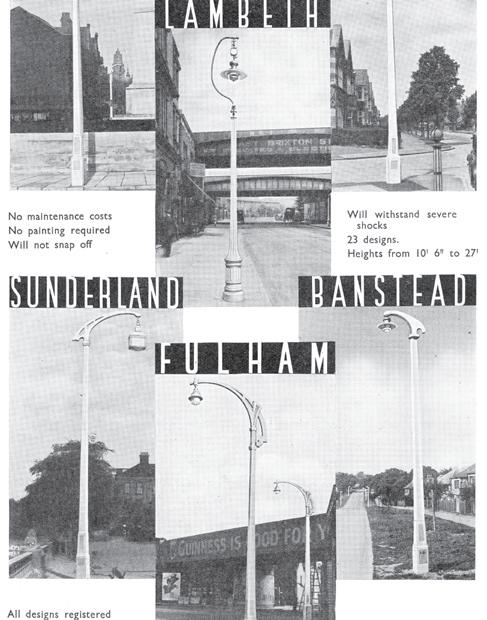
58‘I WANT TO DESIGN INSTALLATIONS THAT WORK FOR THE GOOD OF PEOPLE AND PLANET’


The ILP’s Vice President – Education, STEM ambassador and lighting designer Kimberly Bartlett explains how she got into the industry and how barriers to progression can be overcome
COVER PICTURE
‘The Field of Hearts’, an immersive light art installation combining mirrors and fibre optics by Frankie Boyle. Turn to page 48, where Sunny Sribanditmongkol reviews the recent ILP ‘How to be brilliant’ event where Frankie discussed her unique mentoring relationship with RAF wing commander Calvin Bailey. Photograph by Frankie Boyle
Contents 46 12 48 52 26 OCTOBER 2022 LIGHTING JOURNAL 3 THE ARCHITECTURE OF LIGHT anolislighting.com


Featuring: Lightweight Lowwindage Upto50klmoutput DirectDrive® Technology KeyBenefits: No exter nalspigotsrequired Universalmounting forPTandSE Nodr iverorphotocellmaintenance Hassle-freeinstallation Rocksolidperfor manceandreliability Nowupto190lm/Wwiththelatest LEDtechnology AIRRangeChipUpdate Forpr icingandmoreinfor mation Tel: 02380982022 02380982022|www.indolighting.com|info@indolighting.com
President Fiona Horgan Chief Executive Justin Blades
Editor
Nic Paton BA (Hons) MA
Email: nic.cormorantmedia@outlook.com
LightingJournal’scontentischosenand evaluatedbyvolunteersonourreaderpanel, peerreviewgroupandasmallrepresentative groupwhichholdsfocusmeetingsresponsible forthestrategicdirectionofthepublication. Ifyouwouldliketovolunteertobeinvolved, pleasecontacttheeditor.Wealsowelcome reader letters to the editor.
Graphic & Layout Design
George Eason
Email: george@matrixprint.com
Advertising Manager
Andy Etherton
Email: andy@matrixprint.com
Published by
Matrix Print Consultants Ltd on behalf of Institution of Lighting Professionals


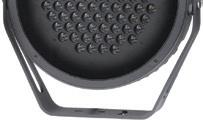
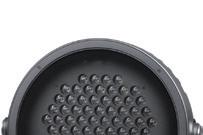
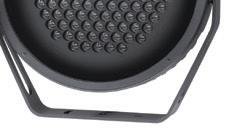
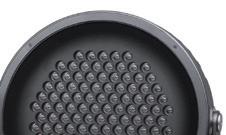

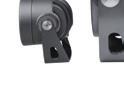
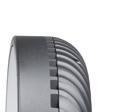
Regent House, Regent Place, Rugby CV21 2PN
Telephone: 01788 576492

E-mail: info@theilp.org.uk Website: www.theilp.org.uk
Produced by
Matrix Print Consultants Ltd
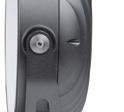

Unit C,Northfield Point, Cunliffe Drive, Kettering, Northants NN16 9QJ
Tel: 01536 527297

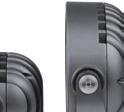
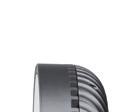
Email: gary@matrixprint.com Website: www.matrixprint.com
©
Editor’s letter


N

otwithstanding Kyiv’s successful recent counter-offen sives, it is all too possible, probable even, that the war in Ukraine will continue for many months yet. That means the volatility we’re experiencing over energy prices could be with us for some considerable time.
As we report from page six, spiralling energy prices, soaring inflation, raw materials’ shortages and supply chain pressures (not least Brexit) are already having a significant impact on lighting, both on individual businesses and the industry as a whole. Even with the government support measures announced last month, it is going to be a challenging winter.
However, I was also struck by the feeling among our panel, perhaps counter-intui tively, that there mightyet be an opportunity for lighting from this adversity.
First, amid worries about power cuts and switch-offs this winter, it was clear there is an important advocacy role for lighting. Lighting professionals can be using their expertise to educate policy and decision makers that there are alternatives to plunging society into darkness, whether that be ‘dimming and trimming’ or better use of control or LED.
Second, lighting has an opportunity to be articulating an even more compelling case for modern, adaptive LED lighting. Switching to LED is not of course going to be an answer to the immediate crisis this winter. Yet, as we all look to alternative and more energy efficient models, it is a conversation becoming more urgent, and one where lighting professionals can very much take the lead.
An important further strand to this, highlighted by Kevan Shaw from page 20, Aliz Sanduj from page 34, Nigel Harvey from page 40, and Ross Evans from page 42, is the role ‘good’ lighting and more sustainable lighting practices can play in helping to miti gate and respond to our unfolding climate crisis.
After our unprecedented summer, global heatwaves, and the barely comprehensible flooding in Pakistan it is all too easy to feel like throwing our hands up in despair at our heating planet. Yet lighting as an industry – and the leadership of lighting professionals – can make a difference, even if only as one small part of the conversation.
If the energy crisis leads to a rapid acceleration away from fossil fuels to more sus tainable energy sources and renewables that could be one positive, if long overdue, con sequence of the coming painful months. Lighting professionals – and ILP members –can be at the heart of leading that change.

Nic Paton Editor

2022
The views or statements expressed in these pages do not necessarily accord with those of The Institution of Lighting Professionals or the Lighting Journal’s editor. Photocopying of Lighting Journal items for private use is permitted, but not for commercial purposes or economic gain. Reprints of material published in these pages is available for a fee, on application to the editor.
The Institution of Lighting Professionals was deeply saddened to hear of the death of Her Majesty The Queen in September. The President, Board of Trustees, staff and members extend their condolences to the Royal Family at this time.
SUBSCRIPTIONS

Volume 87 No 9 October 2022
ILP
ILP members receive Lighting Journal every month as part of their membership. You can join the ILP online, through www.theilp.org.uk. Alternatively, to subscribe or order copies please email Diane Sterne at diane@theilp.org.uk. The ILP also provides a Lighting Journal subscription service to many libraries, universities, research establishments, non-governmental organisations, and local and national governments.
www.theilp.org.uk OCTOBER 2022 LIGHTING JOURNAL 5 HER MAJESTY THE QUEEN 1926 - 2022 anolislighting.com CALUMMA™INTRODUCING CALUMMA!
IS COMING winTer
The energy and cost of living crisis is hitting lighting hard, as it is the whole economy. But, amid dire talk of winter blackouts, lighting professionals have an opportunity to provide important leadership to explain why switch-offs are not the answer
 By Nic Paton
By Nic Paton
‘O
ur pence per kilowatt hour (p/KWhr) prediction is currently 44p, up around 70%. Our energy bill in April was £860,000 or therea bouts. It is now going to be £2.75m. So that is going to have a major impact.’
So said Richard Webster, street lighting manager at Suffolk County Council, in com ments that most likely ring grimly true for all lighting organisations – council depart ments, manufacturers, specifiers, designers – grappling with this autumn’s energy crisis.
OCTOBER 2022 LIGHTING JOURNAL 6
The energy crisis and lighting
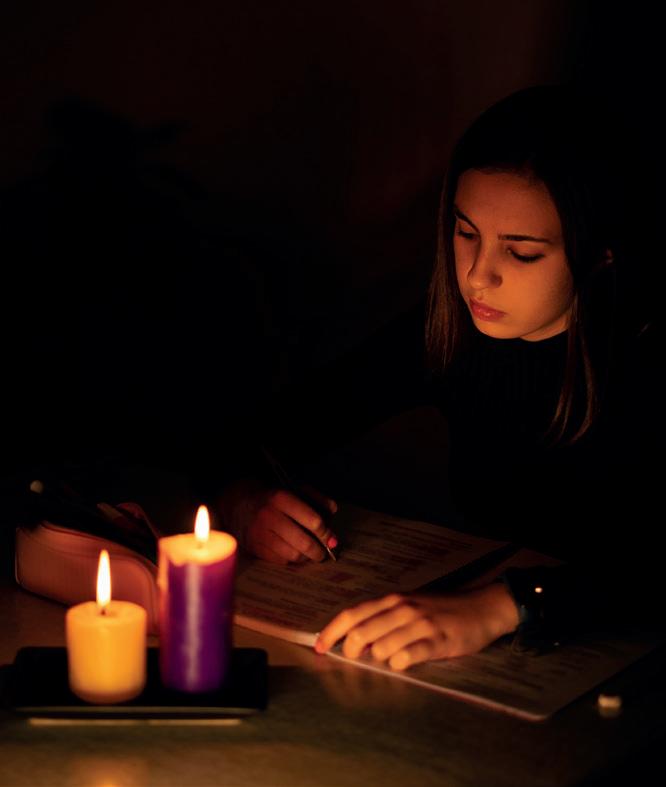
Richard was speaking to LightingJournal as part of a panel of ILP Vice Presidents and Premier members brought together last month to consider the impact of the unfold ing energy and cost of living crisis on the light ing sector.
The figures are of course truly staggering, even with the multi-billion-pound support packages announced by the new Liz Truss administration last month.
That support will now, of course, protect many households and businesses from the worst of the 80% increases in bills we were expecting from this month under the previ ous Ofgem energy price cap. This includes, to be fair, putting a very welcome cap on the sort of p/KWhr hike Richard was referring to.
However, with energy prices expected to stay sky-high for months if not the whole of next year at least, inflation at levels not seen in decades and commodities and raw mate rials’ prices (and shortages) also showing lit tle sign of easing anytime soon, this crisis is far from over yet. Indeed, talk of energy rationing this winter, for businesses and homes, remains very much on the cards.
The impact on businesses is already prov ing to be immense. There have been warn ings the crisis, largely fuelled by the war in Ukraine and increased global demand for natural gas, could lead to ‘a generation of lost businesses’, with the Federation of Small Businesses predicting an astonishing 53% of small firms could be forced to downsize or even close this winter [1]
Last month, too, insolvency experts Red Flag Alert warned that tens of thousands of businesses could go bust this winter, with sectors that use a lot of energy likely to be among the worst affected [2]
For lighting firms, it is not just about the internal impact – managing the cost of their own energy and raw materials usage (which can be high) – but also how to respond to the impact of this crisis on the public realm.
POSSIBILITY OF SWITCH-OFFS?
For example, research by the County Coun cils Network and Society of County Treasur ers over the summer suggested energy prices are expected to add a minimum of £107m to council costs, including £60m for street lights and £46m on fuel and energy bills [3] In all, inflationary pressures could leave a £700m hole in local government finances this winter, the research warned.
With many European cities now looking at making hard choices as to how to respond (see panel at the end) and some warning the UK too may have to consider blackouts and switch-offs, how should lighting respond?
The consensus of our panel was that, yes, rising prices are already causing a challenge and headache but that switch-offs will not be the answer.
Moreover, there is even potentially an opportunity for the industry to be taking a lead on guiding municipal authorities, local and national government and others on why a kneejerk, panicked plunging of society into darkness is not the right solution.
Rather, dimming and control – in effect the benefits of modern, adaptive lighting solutions – plus alternatives such as solar can, should and need to be an important part of how we respond to this crisis [4]
HOW LIGHTING IS MANAGING
So, first, how are lighting organisations themselves managing as prices spiral?
As Richard Webster’s comments showed, the speed at which this crisis is unfolding is shocking. ‘We’re seeing a lot of pressure to switch off, which we’re not going to do,’ Richard also emphasised.
‘Covid and Brexit had a major impact on freight, which had already pushed prices higher. That’s kind of getting back to normal now. But with energy prices doubling and then possibly doubling again in the next few months, obviously it will affect our office and warehouse premises directly,’ agreed Nigel Parry, principal at OrangeTek.
For Nathan French, director of street lighting at ASD Lighting, one area that was especially problematic area was die casting. ‘We have 200 people in the UK, we do die casting, and that is a really heavily fuel-in tensive process,’ he said.

‘They are talking about significant changes on the supply chain that will impact them significantly, to the point where they are having to pass on dramatic increases to us, and we’re trying to mitigate what we then pass on. But when the amounts get too big you just can’t,’ he added.
‘We’re seeing increases in cost,’ agreed David Orchard, UK sales director at Telensa. ‘Not just because of the energy price increases, which is then leading to factories being more expensive, but you look at Brexit, you then have Covid, you then have Ukraine,
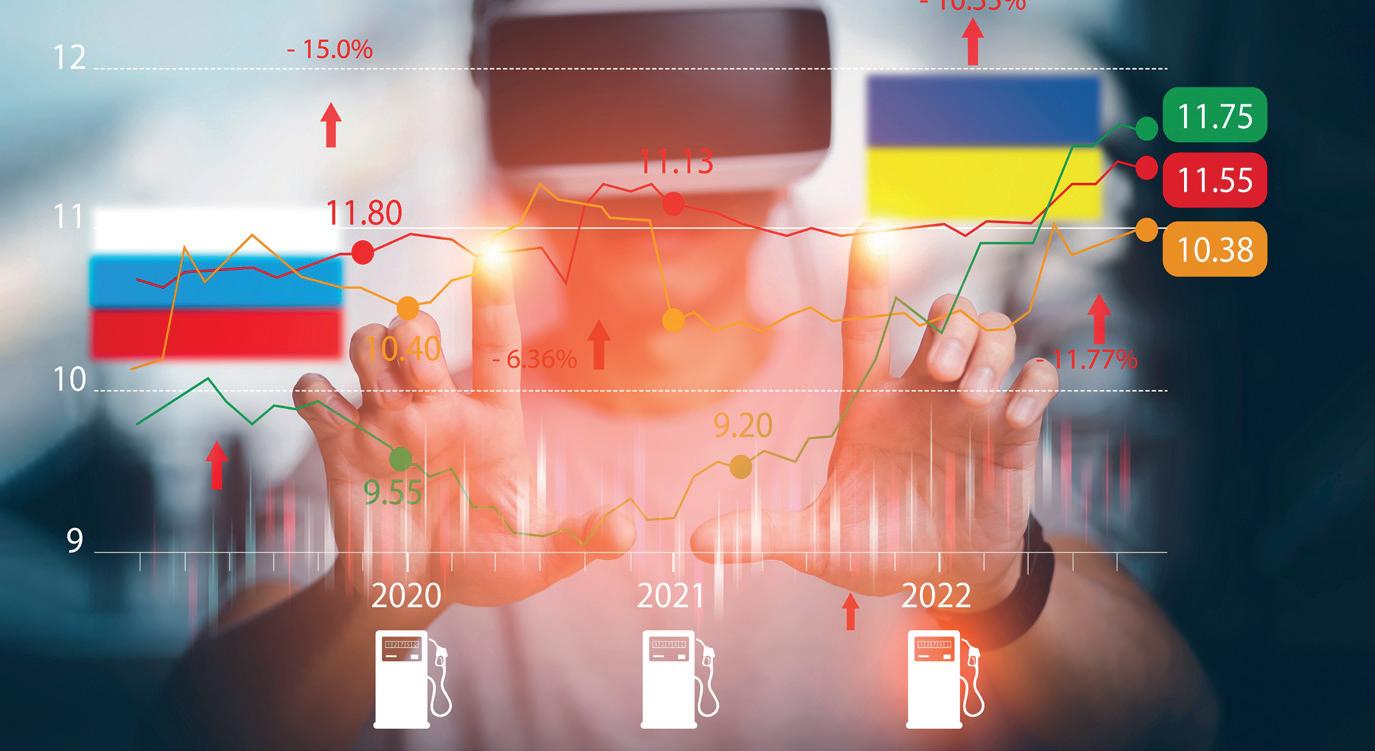
there’s now talk of things kicking off in Tai wan as well. They’re all having an impact.’
There is also a ripple effect, in that, if busi nesses in the wider economy are needing to protect cashflow, that inevitably will have an impact on willingness or appetite to invest in new lighting projects.
‘We are starting to see clients reducing the amount of work they want to do next year because they have got to divert that money into the budgets that pay for energy. I’ve been dealing with clients for highway light ing where they were paying 11p/KWhr who are now being quoted 35p/KWhr, which is a big increase,’ pointed out Allan Howard, group technical director, lighting and energy solutions, at WSP.
‘All our markets are concerned because, obviously, we get involved in all sorts of pro jects, from façades through to highways. Local authorities are going to see the biggest impact and they are asking about what can they do to reduce consumption further?’ he added.
If there was a glimmer of light it is that – so far – projects are not being totally scrapped, as Michael Wilson, UK managing director at BEGA Lighting, made clear. ‘The entire
www.theilp.org.uk OCTOBER 2022 LIGHTING JOURNAL 7
The energy crisis and lighting
industry is slowing down. It is not about can celling projects but deferring them,’ he said.
For BEGA, with factories in Germany and Belgium, the impact of rising gas and elec tricity prices was being keenly felt, he added. ‘As a manufacturer, we are trying to do our damnedest to protect the customer ulti mately from massive price rises,’ he said.

‘Yes it is true that things are being deferred at the moment,’ agreed John Gorse, techni cal solutions manager and public and gov ernment affairs lead, UK and Ireland, at Sig nify. ‘But our experience is they are not being deferred on the scale which is a really serious prognosis for the future – yet. But I empha sise the “yet”. I think we are all hoping for some sort of solution on at least slowing down this crisis from government.
‘But the reality is that, if there is no appar ent end in sight for this, we do still need arti ficial lighting, and it is up to us as an industry to put it out there how efficient our products, services and solutions can be, with intelli gent controls particularly. And this is a really important investment that you can make.
‘If you have got money, capital, resources – if you have access to funding – as every sin gle price increase comes along – and this is the message that we as an industry really have to drive through – that total cost of ownership and that return on investment will become shorter and shorter and more beneficial,’ he added.
CONTROL AND RENEWABLES
This was a potential opportunity also identi fied by David Orchard. ‘Local authorities that previously hadn’t looked at controlling their lighting and maybe just gone down the LED route, are now thinking “I now need to do something else” – dimming, trimming, whatever it happens to be – and they’re needing a system to be able to do that,’ he pointed out.
The crisis is also, perhaps unsurprisingly, fuelling interest in renewables. For example, in the electric vehicle charging sector, while there is a lot of volatility in the market and drivers are certainly feeling the pinch across the board, demand for EV charging has increased, pointed out Tom Pakenham, managing director of ChargeLight.
‘Energy price rises are positively affecting, accelerating, interest in smart charging, and trying to find ways of using lower-cost energy at different times. Sadly, because it is all happening so quickly however, [in the wider scheme of things] there are not yet massive gains to be had from smart charging.’
Demands on local authority lighting pro fessionals in particular were intense right now, agreed Fiona Horgan, ILP President. Many local authorities are investigating how to accelerate other income sources to
mitigate price rises as well as proactively looking at alternative energy sources, such as solar, she pointed out.
With prices so high, more sustainable –and creative – solutions are increasingly likely to be the way forward, also highlighted Kimberly Bartlett, head of lighting at Ele menta Consulting and the ILP’s Vice Presi dent – Education.
‘Some of the more “sustainable” materials that were previously dismissed as a ‘nice to have’ could now become a suitable alterna tive material for consideration,’ she predicted.
‘Columns made of wood and other materi als may see more of the share of procure ment in the near future and may also see more research and development. This may offer up an opportunity for a change in mindset for designers, specifiers and so on to seek alternatives to the energy intensive materials and manufacturing.
‘These technologies and energy saving applications could bring about a change in investment methodology, where the longterm benefits are considered with greater weight than the initial outlay and that, per haps, the payback period requirements could be relaxed or reassessed to provide a realistic benchmark for investment,’ Kimberly added.
Anthony Smith, ILP Immediate Past President and director at Stainton Lighting Design Services, emphasised the reluctance across the industry to accept that switch-off is the solution. ‘I hate switch-off, I’d rather dim,’ he said, pointing to an exercise his prac tice had done in Stockton some years ago looking at what point people felt safe within a dimmed environment.
‘It wasn’t until we got down to 10 lux
where anyone in the group – and we had a real mix of ages and sexes – said, “I think the lighting should be on”. So, I think we’ve been a bit scared of trimming. We’re lighting our streets to an average that is lower than 5 lux in lots of cases, but we’re turning them on at 20 lux. It doesn’t make sense to me.

‘So, I think there is probably a bit of brav ery needed in that respect; I think trimming could go further. But it would also be nice to have the kind of study we did done on a much bigger scale. I think that would really inform the industry,’ Anthony added.
LEADERSHIP ROLE FOR LIGHTING?
This, in turn, led to a discussion on the lead ership or advocacy role that lighting could potentially play in this crisis.
As Signify’s John Gorse said: ‘The energy savings that we can make, which can be up to 70% to 80% in a typical building and the same can be done in street lighting, these can be absolutely huge – and this cuts across every sector of the industry that we support. That is what we have to speak to, together, as unified voice on this. Making very clear just how much you can do with a change to intel ligent controls and LED.
‘We have a window of opportunity, and it is now I think. If we leave it too long, how ever, that will be a more difficult discussion,’ he added.
However, as ASD’s Nathan French pointed out, the scale of the crisis, the speed it has come upon us and the fact installing or upgrading modern lighting is most often a longer-term solution means that, ultimately, any immediate rescue package this winter will need to be something led by national government.
‘The problem we’re going to have I think is
OCTOBER 2022 LIGHTING JOURNAL www.theilp.org.uk 8

The energy crisis and lighting
that a lot of authorities have already done a lot of the basics that you can do quickly,’ he said.
‘I think this problem is going to be a very sharp shock to a lot of people; I don’t think a lot of people are going to have that much time to respond. We probably are relying on politicians to show us the leadership we need, to solve what could be a really massive crisis, not just for industry but throughout the country, in the next six months.’
‘All of the things we have been talking about here will take time to roll out,’ agreed Nigel Parry. ‘And what knowledge do we have to say when these energy prices are going to come down? Because we don’t know when the conflict will end in Ukraine, it could go on for another two years, it could be over in six months’ time.
‘I’m just worried that, unless the govern ment does come up with subsidies, even if whole industries change to LED, they put in adaptive lighting and they do all the trim ming and saving, it will take time. They won’t get it done for the peak of this winter. So, there is still going to be a problem for this winter. So there will still have to be some sort of subsidies just to carry them forward into next year, when they may have time to bene fit from some of the work we’ve been talking about. They need lobbying.’
HOW CAN THE ILP HELP?
Finally, what role can a charitable profes sional organisation such as the ILP play here, especially in terms of providing indus try leadership, advocacy and support?
‘There is definitely a benefit in the ILP doing something,’ agreed WSP’s Allan How ard. The whole industry needed to be mak ing its voice heard – engaging, lobbying and collaborating – to get through the crisis, he added, highlighting as an example the ongo ing role of the UK Lighting Liaison Group in working with the Department for Business, Energy & Industrial Strategy.
‘From my perspective, there is a clear role for ILP to come in with the message and advocacy around competence,’ agreed ILP Chief Executive Justin Blades, who brought the discussion to a close.
‘Because, at the end of the day, the primary role of the ILP is to be both a source of, and an assessor and guarantor of, competence. Competence to make these decisions. I think that will be a message we need to work on getting out there.
‘The other thing is making sure that things that may appear common sense to the illinformed in the policy-making space are robustly pushed back on, with evi dence-based decision-making and getting that message out there.
‘Finally, we also need to make sure we’re not just talking among ourselves. We need to
step out and communicate these messages more widely. There is an urgency to this and so we need to look at our communication channels,’ Justin added.
FIND OUT MORE
The ILP is holding a special event on the energy crisis in November 2022 in central England.
‘Local authority lighting: energy crisis questions and answers’
This will be a one-day event supporting asset managers, street lighting engineers, public realm designers and energy managers to navigate the energy crisis with competence and professionalism.
Full details on the venue and date will be announced shortly.
To be put on the guestlist or find out more, please email diane@theilp.org.uk
THE PANELLISTS
• Kimberly Bartlett, head of lighting, Elementa Consulting and ILP’s VP – Education
• Justin Blades, ILP Chief Executive
• Nathan French, director, street lighting, ASD Lighting
• John Gorse, technical solutions manager and public and government affairs lead, UK and Ireland, Signify
• Fiona Horgan, ILP President
• Allan Howard, group technical director, lighting and energy solutions, WSP
• David Orchard, UK sales director, Telensa
• Tom Pakenham, managing director, ChargeLight
• Nigel Parry, principal, OrangeTEK
• Anthony Smith, ILP Immediate Past President and director at Stainton Lighting Design Services
• Richard Webster, street lighting manager, Suffolk County Council
• Michael Wilson, UK managing director, BEGA Lighting
well as illuminated advertisements and shop window lighting.
In the eastern city of Weimar, street lights are coming on half an hour later and going out half an hour earlier. In the western city of Mainz, policymakers are considering reducing street lighting for pedestrian and bicycle paths. In some areas, it has already reportedly been reduced by 50%.
HOW EUROPE IS RESPONDING
The unfolding energy crisis across Europe is fast moving, not least because it is clear energy supply is being seen by Russian leader Vladimir Putin as a key way to put pressure on the West this autumn and winter over the war in Ukraine.
The indefinite shutdown of the key Nord Stream 1 pipeline to Germany in Septem ber was another signal of just how tough the coming months may be when it comes to energy and pricing.
In Germany, which has up to now been heavily reliant on Russian oil and gas, it became mandatory from September for municipalities to switch off decorative monument illuminations and landscape architecture features, such as fountains, as
In Austria, the Austrian Energy Agency in September announced that its electricity price index for the month had risen by more than 256% year on year.
Local authorities there, too, are looking at cutting back on public realm and street lighting to save energy, especially Christ mas illuminations.
In France, authorities in Lille (above) have announced they will stop lighting up public buildings at night in an attempt to reduce energy consumption.
A number of communities outside of Paris are also testing energy reduction measures by switching off all public lighting at night, including street lighting for few hours. Illuminated advertising in all cities will be banned from 1am to 6am.
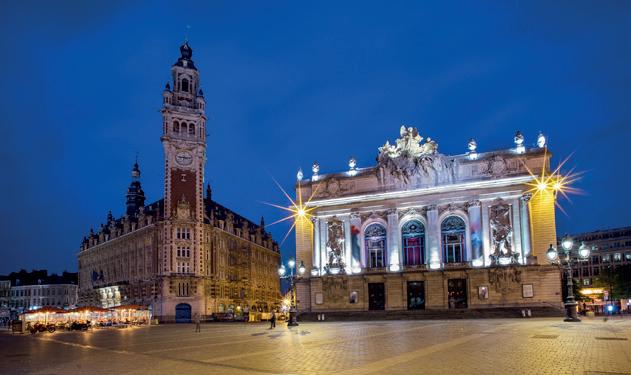
[1] Growth off the menu for small firms as cost crunch bites deep, new report finds Federation of Small Businesses, August 2022, https://www.fsb.org.uk/resources-page/growth-off-themenu-for-small-firms-as-cost-crunch-bites-deep-new-report-finds.html [2] ‘Energy bills: Tens of thousands of firms “face collapse” without help’, BBC News, 7 September 2022, https://www. bbc.co.uk/news/business-62813782 [3] Cost of living crisis: councils face winter of ‘difficult decisions’ as spiralling inflation adds £1.5bn to costs County Councils Network, June 2022, https://www.countycouncilsnetwork.org.uk/cost-of-living-crisis-councils-face-winter-of-difficult-decisions-as-spiralling-inflation-adds-1-5bn-to-costs/ [4] PLG08 ‘Guidance on the application of adaptive lighting within the public realm’, The ILP (2016), https://theilp.org.uk/publication/plg08-guidance-on-the-application-of-adaptive-lighting-within-the-public-realm/ OCTOBER 2022 LIGHTING JOURNAL www.theilp.org.uk 10
Image
Waste not, want not
Sky high energy prices, the circular economy - whatever your driver - if you’re still running SON lamps and your existing lanterns are in good condition, now is the time to upgrade.

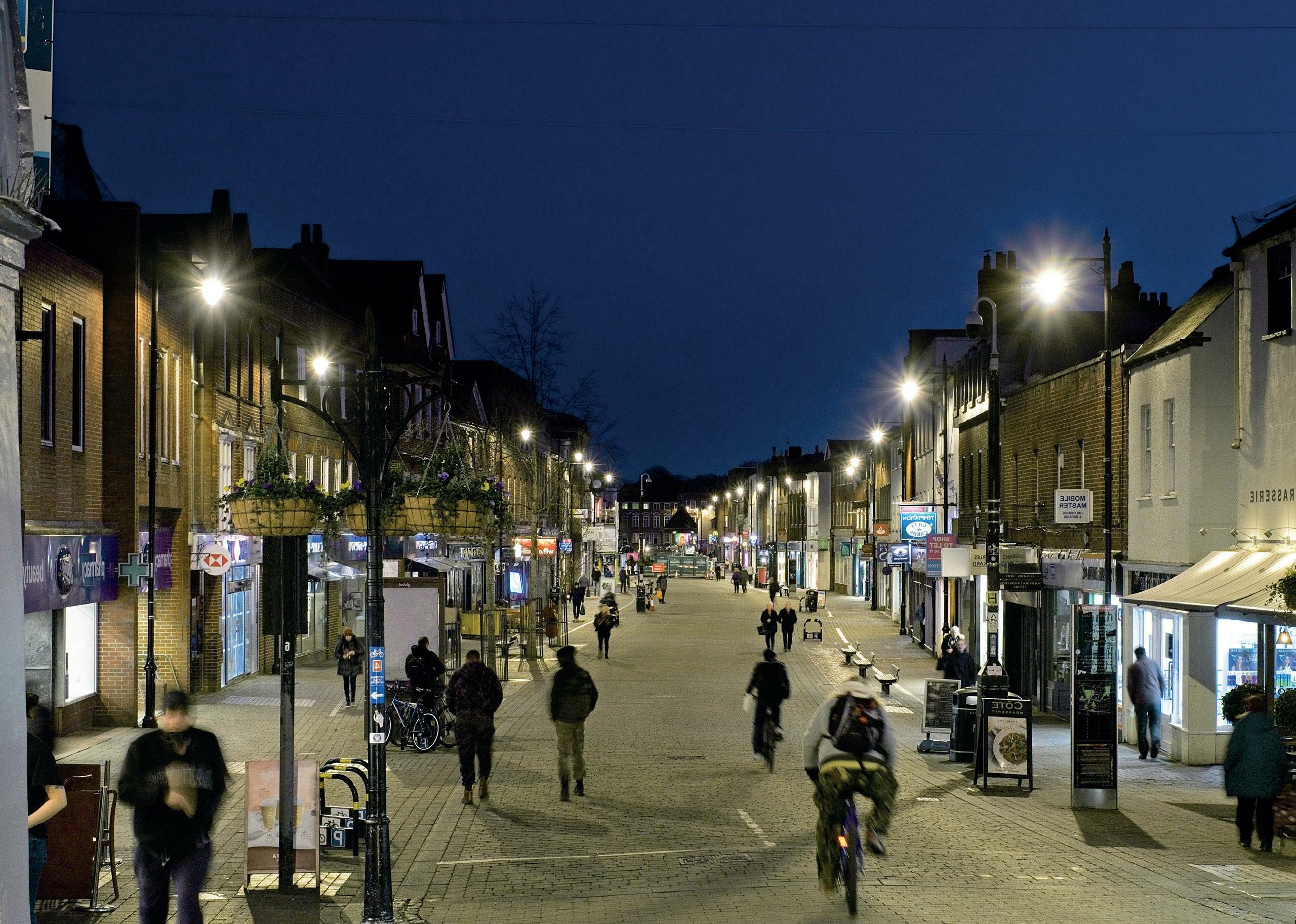
Cost-effective and quick-to-install, you can rely on our IP65 retrofit gear trays and IP66 replacement bowls to breathe new life into otherwise sound installations.
Want to learn more? For further information on our retrofit solutions, contact hello@acrospire.co

acrospire.co
shows our retrofit gear trays in Newbury Town Centre, installed within DW Windsor Strand and Schréder A lbany l anterns. 12 YEAR WARRANTY
Lighting designers need to advocate for great lighting. And great lighting means spaces that work for everyone, irrespective of ability or disability. David Gilbey and Dipali Shirsat make the case for truly inclusive, multisensory design, especially design for those who are visually less able or visually impaired
By David Gilbey and Dipali Shirsat

20 200 20 100 20 70 20 50 20 40 20 30 20 20
OCTOBER 2022 LIGHTING JOURNAL 12
Multi-sensory lighting design
At June’s Professional Lighting Sum mit in Bristol, we presented a talk on multi-sensory/inclusive lighting design. In this article, we intend to expand on that presentation and, through Dipali’s own research and looking at some great examples of inclusive-designed projects, make the case that designing a world for all is a win/win – with everybody happy in the space.
While Dipali’s studies have concentrated on multi-sensory and inclusive design in the urban realm, David argues that this is an important design strategy for all space that people inhabit and that strides should be taken in this regard within buildings.
Imagine a world without visual cues; it would be a dangerous place and, while the agile and able probably take things for granted, let’s examine their moments of distraction.
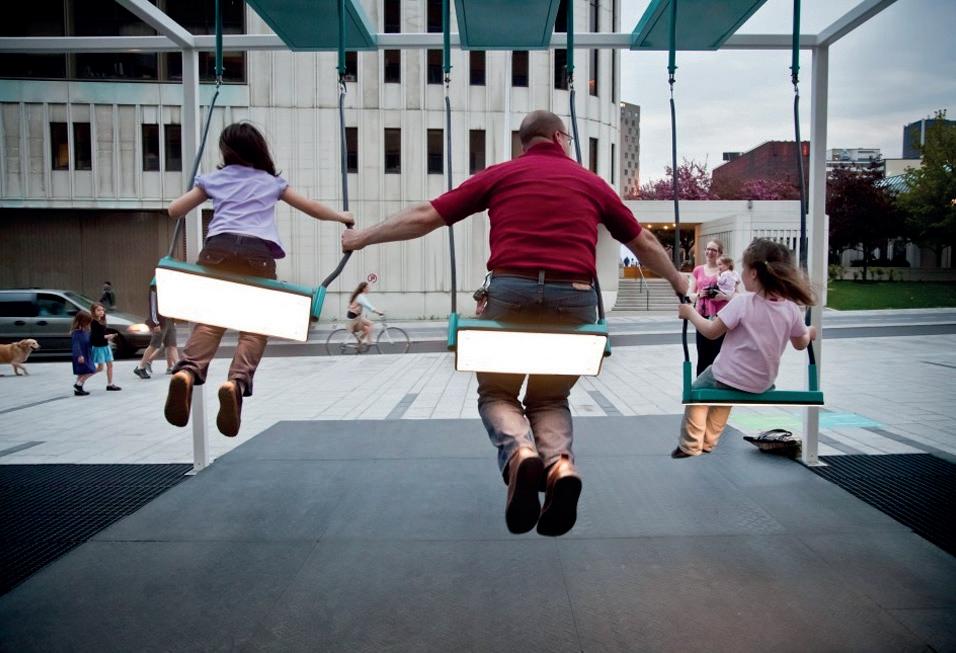
We are turning into a world that con stantly has its head down on a phone. Think about it for a moment, modern technology has rendered us all partially sighted at times in our lives. Our peripheral vision and the messages it sends to the subconscious mind become key to our daily navigation and this is another reason why all space should be designed inclusively.
Inclusive design practice is gaining more popularity in all aspects of the design indus try, from architecture to product design. As more designers are sparking the conversa tion and realising this missing block of a
good design, it has become even more inter esting to see how lighting design can contrib ute and fill up for the missing element.
Dipali’s research was inspired by Chris Downey, a blind architect who lost his eye sight at an older age and realised how the city has the potential to offer more than just the visual experience.
This realisation led to the inception of the research into how lighting design, which
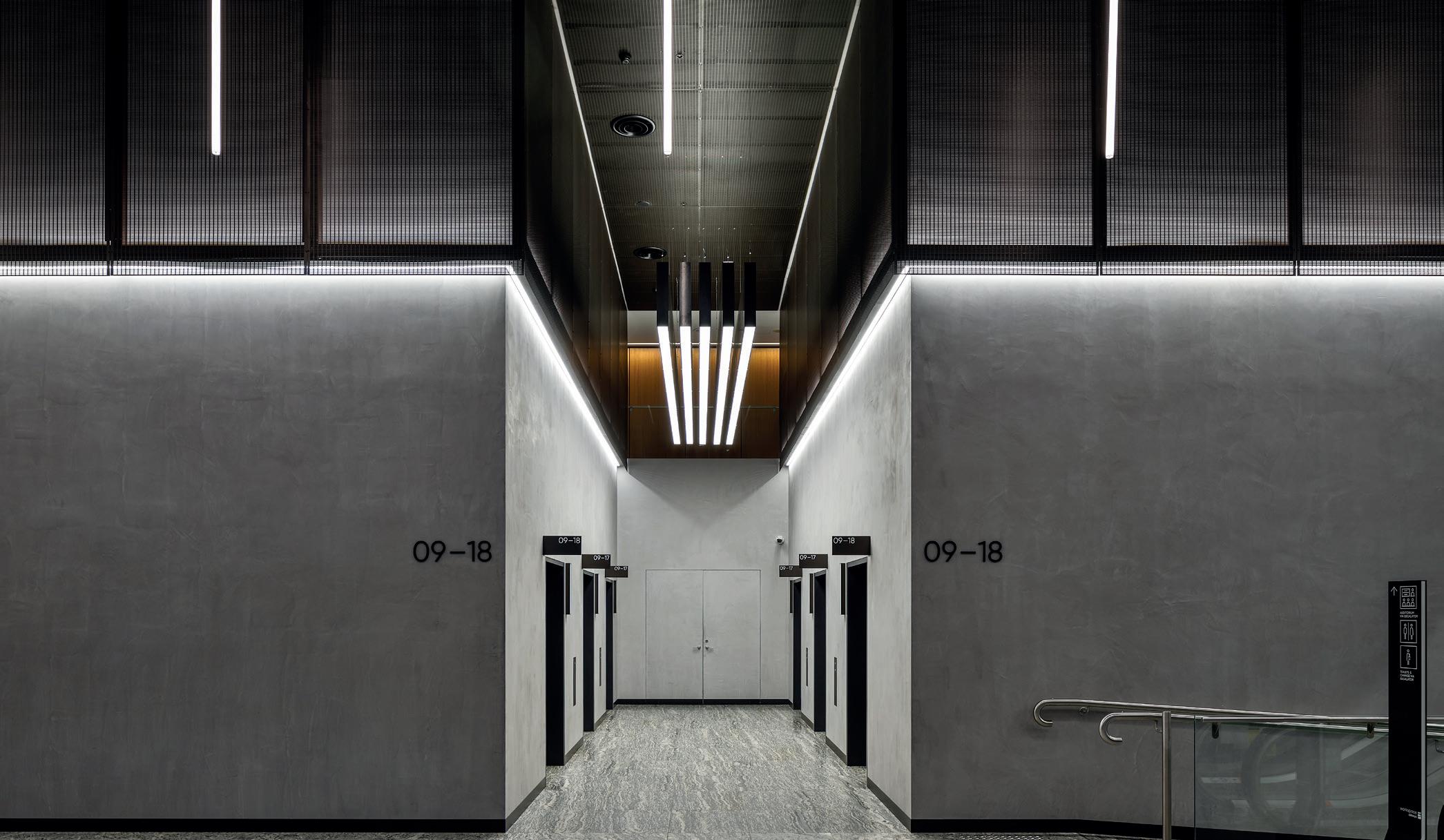

primarily has to offer more of a visual experi ence, can benefit other sensory experiences. There are many regulations and guidelines that state safety measures for people who are visually challenged, which of course is a pri ority. But what about their experience of a city that is much more just safe navigation?
The research came as a surprise to many (especially lighting designers) because the most common misconception around visual
42 Flinders Lane, by NDYLight. The lighting scheme helps to ensure there are very clearly defined circulation zones, which can help with wayfinding, especially for those who are visually impaired
The ‘21 Swings’ installation in Montreal, Canada. Illuminated swings play musical notes, creating a multi-sensory experience for all. Image: Daily Tous Les Jours
www.theilp.org.uk OCTOBER 2022 LIGHTING JOURNAL 13
Multi-sensory lighting design
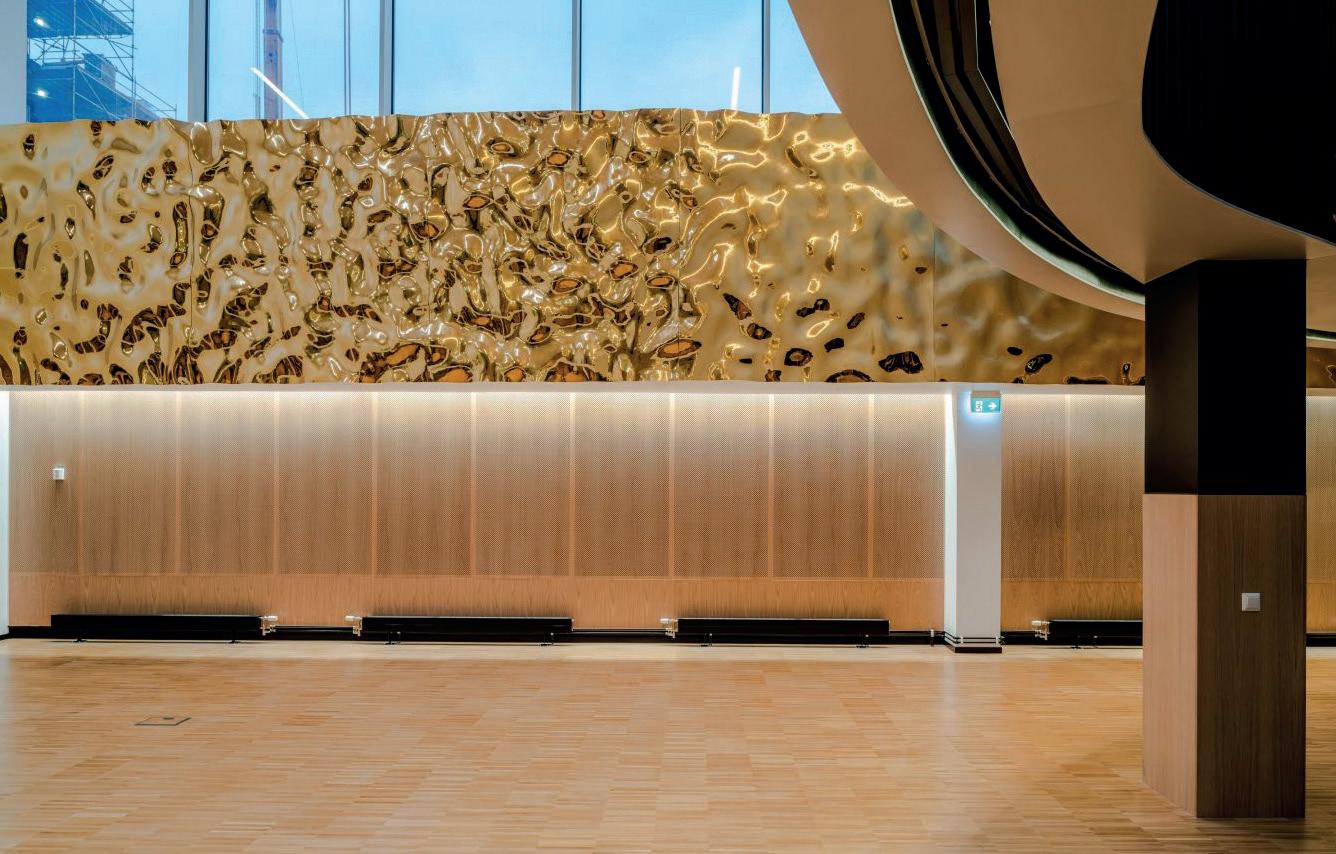
impairment is that it means complete loss of eyesight; so, can a person benefit from inclu sive design when they can’t see?
Visual impairment is a broad term, with conditions ranging from mild to severe impairment and blindness. Yet, according to the World Health Organization, 85%-90% of visually challenged people may have resid ual vision intact; so the idea that visual impairment always means total loss of eye sight is wrong.
This gives us some hope and possibility to explore how lighting design can benefit those with residual vision and, in the pro cess, help redefine their – and our – experi ence of a city.
DISABILITY OF BUILT SPACES

It is well known that our eyesight degener ates over time and with age. While David’s age is the best kept secret in lighting, on bal ance of probability his sight is likely 50% worse than his ten-year-old self.
We particularly see this when designing residential spaces in India, where families live together. The old are taken care of as young and old inhabit the same space; there are definite design divisions, with the younger preferring warmer, cosier, more dimly lit and intimate atmospheres and the grandparents preferring whiter, brighter space with much higher light levels.
Therefore, the starting point of truly understanding and practising inclusive design from a designer’s perspective is to be aware of the fact that disabilityisnotacondi tionofpeoplebutofbuiltspaces
Current design practices have led spaces to be more visually biased. This, in turn, has resulted in our visual sense to be more domi nant than the rest for space perception. For a multi-sensory approach, we need to address the potential ‘barriers’ and ‘supporters’ of different sensory responses in a given space.
It is challenging accurately to state what are the difficulties experienced by visually challenged people in navigating any space, but practising new learning/design tools such as the ‘blind-fold experiment’ (or wear ing a blind-fold for a period of time) can help.
As blind academic John Hull has said: ‘Closing your eyes does not give a true impression of a blind person’s experience, because you still have a seeing’s person brain behind those closed eyes.’ Still, the blindfold experiment can be a great way to get an understanding of non-visual stimuli of a space on a personal level.
Ultimately, by closing your eyes, you open your (designer) mind to explore non-visual design possibilities.
One such experiment was conducted at Mumbai Waterfront in India with a group of young designers. Their journey was ana lysed and documented in the form of
sensory mapping to help understand nonvisual sensory triggers.
The study revealed several observations, some of which even can be generalised into a common design module. For example, the ‘haptic’ sense, or sense of touch, was more dominant in navigating the space; undefined contours were avoided as they created uncertainty; and elements were analysed with the similarity drawn from the previous memories. These could all be developed into potential design elements.
UNDERSTANDING MULTISENSORY DESIGN
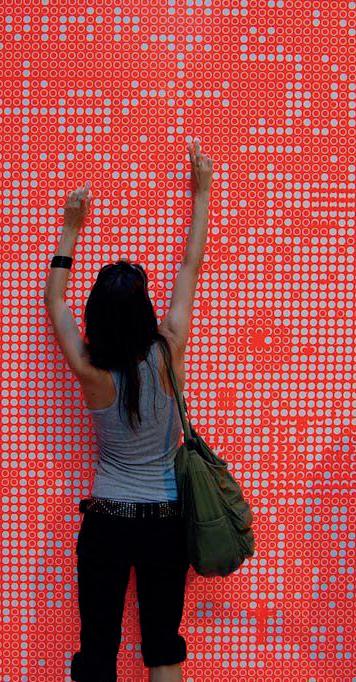
What does this tell us? The blind-fold exper iment can potentially be introduced as a design/learning tool by design schools.
It will benefit and bring awareness among students and young designers about the multisensory aspect of design in the early stages of their design career.
How do we further develop these from lighting perspective? Contrast has a key role to play here. Colour, shape, position,
Left: sensory art (image by Suzi Clarke). Right: an inclusively designed stairway (image by Derwent). Below: the ‘heat shimmer’ wall by artists Bigert & Bergström at St Erik Eye Hospital in Stockholm, Sweden. Image by Jean Baptiste Béranger
OCTOBER 2022 LIGHTING JOURNAL www.theilp.org.uk 14

Multi-sensory lighting design
orientation, distance, depth, angle, lumi nance, size and motion are some of the key visual cues for people with visual impair ment [1]
The combination of as many factors in design can lead to increasing the interaction necessary for wayfinding and navigation. While many lighting standards talk about luminance contrast, there is little to no information to be found on colour contrast as a part of the approved standards.
While colour contrast may not cater to all types of visual impairments, it does certainly help people who still have colour sensitivity intact or for people with clear vision.
For example, it has been observed that most visually impaired people do not find the use of braille pavements practical. To get a better understanding of spatial orientation they prefer having access to colour contrast instead.
However, there is also a correlation between visual discomfort and colour con trast. Discomfort glare occurs when one’s visual perception involves excessive con trasts, or excessively bright light that meets with a light-coloured surface or a highly reflective surface such as polished black [2].
LUMINANCE AND COLOUR CONTRAST
While luminance and colour contrast bene fits from residual vision, tactile contrast involves more use of haptic sense. Integra tion of different textures and material con trast across potential ‘barriers’ and ‘support ers’ of any space can help strengthen the spatial perception.
A careful and well-designed integration therefore needs to combine three key con trast elements. Luminance, colour and tac tility are the starting point of making any space more inclusive.
While any discussion around inclusive design clearly needs to include safe naviga tion and way-finding, truly inclusive and multisensory design is when the non-visual sensory triggers either identified as ‘barri ers’ or ‘supporters’ are totally incorporated design elements; where they become part of either the active or passive social interaction with that space.
When designing within a public space, you also have to take into consideration that peo ple have different attention spans. Some people may want to spend time engaging with your environment, others may just be looking to pass through.
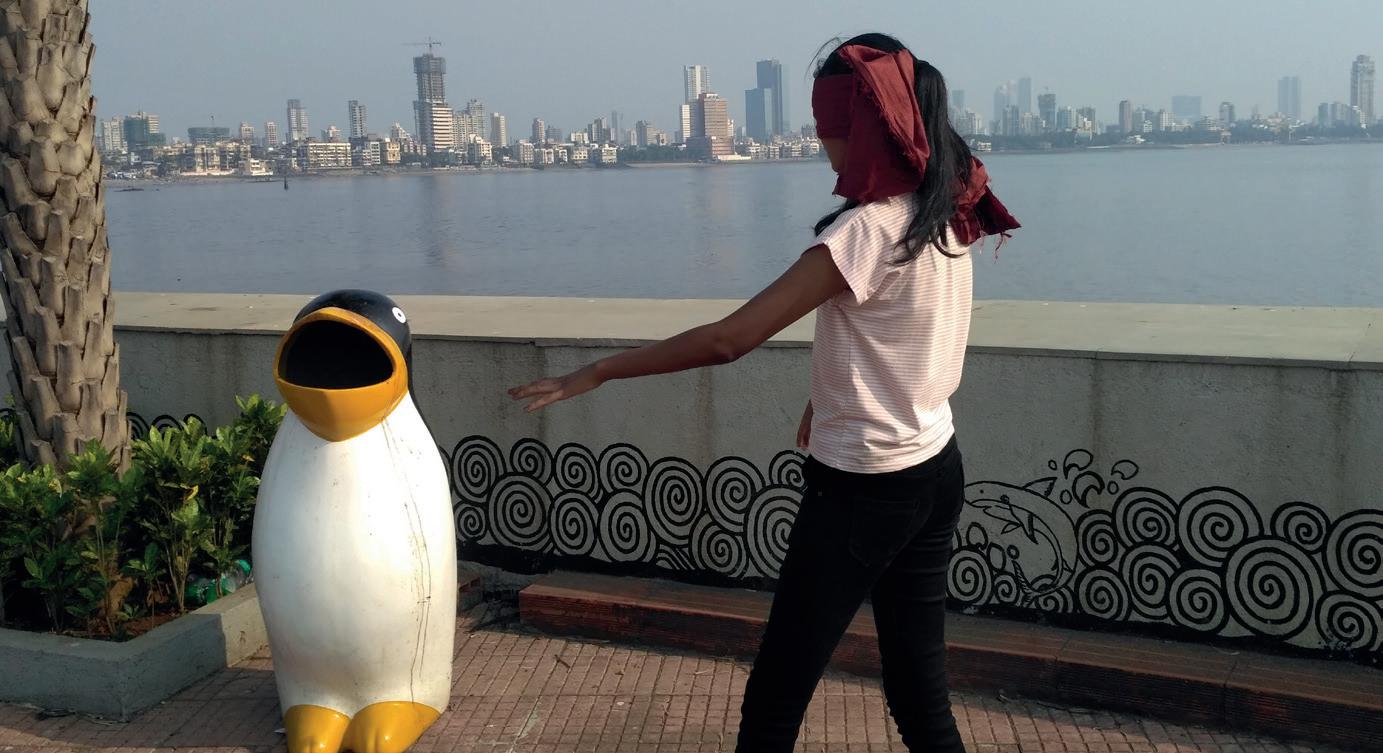
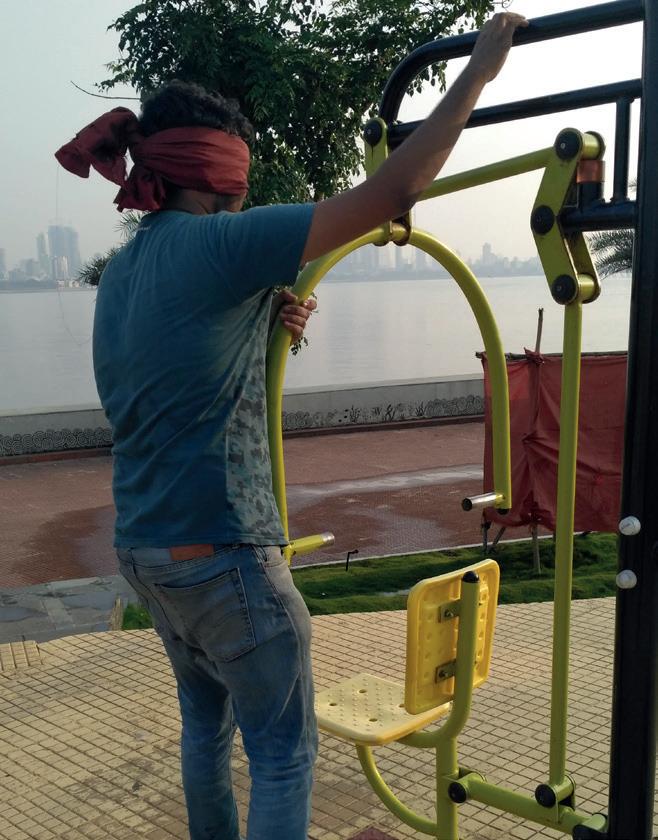
While a lot of visual cues are provided by the use of contrasting colours, shades and textures – as outlined via light reflectance values’ tables – we always need to be think ing more widely, to have lights switched on in our heads around what those whose eyesight is not 20/20 vision may be experiencing or needing from a space.
Texture, for example, is very important to the blind and partially sighted; it provides sensory clues to their haptic senses, their sense of touch. From a lighting designer’s perspective, the play of light across textures can also of course be immensely appealing; it can create a positive visual environment, so this is just another consideration when it comes to designing spaces inclusively.
Genuinely inclusive design also, of course, needs to be something embraced by all the design disciplines. As lighting designers, we are dependent on the architects and other design consultants who are the main drivers of built design. A general, more active aware ness of inclusivity from the different stake holders is needed for change to be seen and experienced.
For example, research shows, too, that the partially sighted have most problems with steps, the changing of height in a space (espe cially when going down) or feeling that they are stepping off into space. These are all things architects should be incorporating into their design ‘vision’.
Furthermore, there is a common
misconception that daylight is unimportant to the partially sighted. Daylight is equally as important to the sighted and those with impaired vision; it is a great source of light ‘nutrition’, a controller of our circadian rhythms and is visually very stimulating to the human psyche, regardless of the quality of one’s vision.
EXAMPLES OF MULTI-SENSORY DESIGN
As Helen Keller put it: ‘The only thing worse than being blind, is having sight but no vision.’
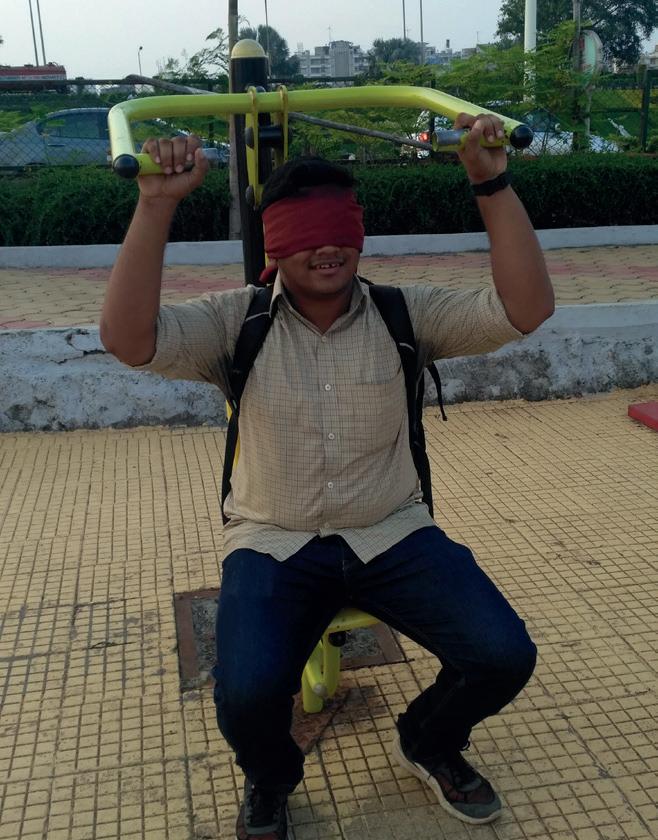
Let’s therefore take a look at a few great examples, where designs have had that gen uine multi-sensory ‘vision’.
The recently built St Erik Eye Hospital in Stockholm, Sweden, sets a benchmark (as it ought to, given its role) for multi-sensory design for people who are blind or who have all manner of eye conditions.
The hospital commissioned a ‘fata mor gana’, or optical illusion or heat shimmer, image by the artists Bigert & Bergström. This runs the length of the magnificent entrance space and conjures up visions of
The ‘blind-fold experiment’ highlights the difficulties often experienced by visually challenged people in navigating spaces
OCTOBER 2022 LIGHTING JOURNAL www.theilp.org.uk 16
We can support your vision for connected, safe and sustainable places that people love to be in.

A well-planned lighting solution has a measurable impact on carbon footprint, and can significantly reduce operational and energy costs, as well as the impact of nuisance. It means a flexible and adaptable lighting solution that is connected allows you to adjust your lighting against the demands of the environment. However, it also means finding the right combination of aesthetics; function and efficiency, across the board.

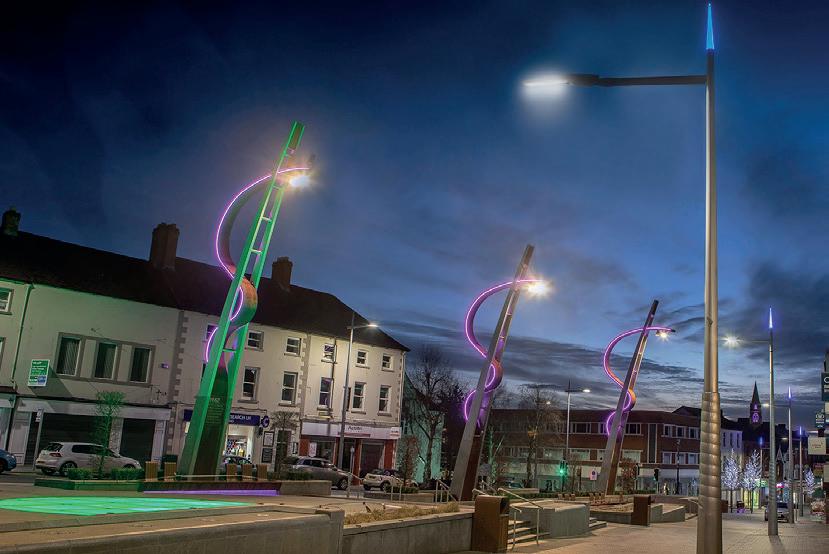
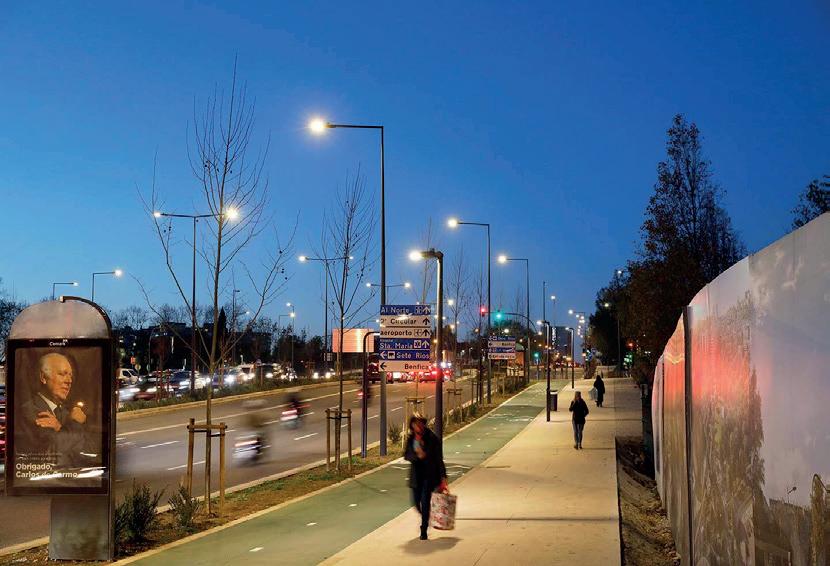





Let’s get connected

Talk to us about making the right connections. Get in touch at logic@urbis-schreder.com
Multi-sensory lighting design
mirages floating above land and sea; simply put it is stunning.
It has been designed to play with the light in the space and to be attractive both to peo ple who are partially and fully sighted; it is super attractive for all. It goes without saying that both the lighting and the layout and space within the hospital is also exemplary from an inclusive design perspective.
At the London Eye Clinic in Harley Street, the art in the space is bright and attractive and, again, selected for visual impact. Their architects, Swanke Hayden Connell, com missioned lighting firm Whitegoods to design a custom linear luminaire to run the length of the consulting corridors.
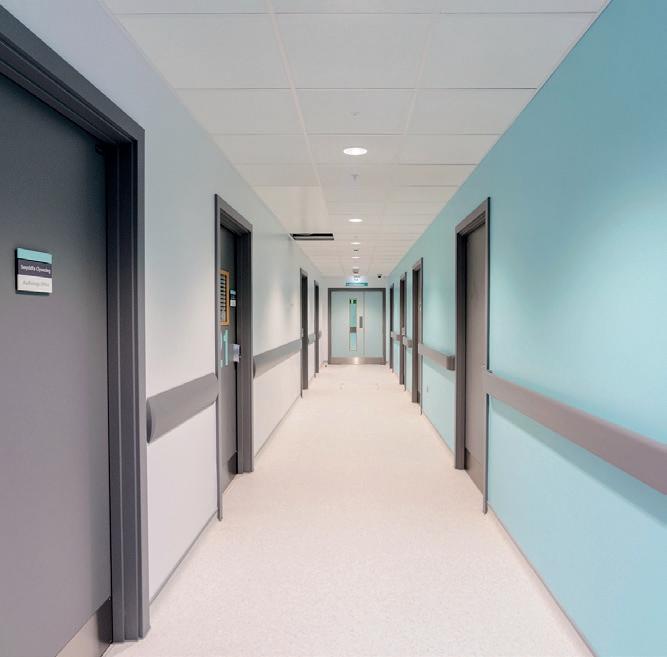
This continuous suspended pendant light provides indirect, low-glare light to illumi nate the white interior. Long runs of the black luminaire then act like a road marker for people in the space and, when combined with the black doors of the consulting rooms, the space is easy and safe to navigate. The indirect light also provides great vertical illu mination and the overall space was cheery and functional.
In Montreal, Canada, the ‘21 Swings’ installation was a huge success. Illuminated swings play musical notes as they swing, cre ating a cacophony of music, joy and fun; a multi-sensory experience forall.
Likewise, at Canary Wharf’s ‘Winter
Lights’, the illuminated benches were a bea con for all – friends, lovers and the solo visi tors – all snapping selfies and images on their phones. These are all true examples of how recreation and art can be inclusive, and that art can include other sensory elements to become a win/win and enjoyed by all.
WHAT CAN LIGHTING DESIGNERS DO?
For us, it is crucial that we see the world through the eyes of those using the space, especially when those users are visually impaired or blind. For us, designing inclu sive lighting comes back to 11 core tenets. It should always be:

• Appropriate for the individual
• Sufficient for tasks, orientation and movement
• Even across different areas with mini mum glare
• High quality and flicker free
• Adjustable for flexibility
• Energy efficient and sustainable (that should be every project!)
• Simple to install, minimising disruption
• Adaptable for the future
• Able to provide visual clues
• Collaborative and multidisciplinary
• Led by research, by the designer taking an active interest
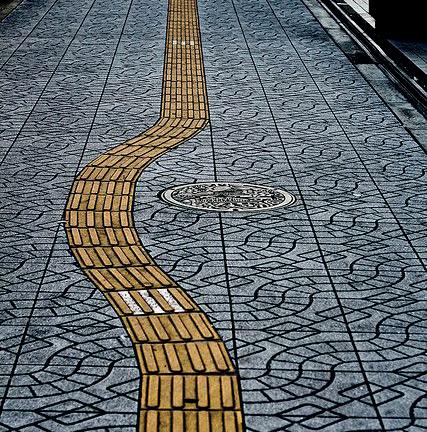
A partially sighted person was once asked: ‘what does good light mean to you?’. Her answer: ‘independence!’.
Few, if any, of us would dispute that designing inclusive spaces is about design ing spaces for all; it is about creating and sus taining spaces that are visually enjoyable for all, visually stimulating for all.
We have made the case that, in today’s world of distractions, we all need more visual cues. Therefore, we would passionately argue that inclusive design is a win/win; we should be – and should always be – designing holistically, designing space for everybody, the abled and disabled.
There are environments that cry out for a multi-sensory design approach. Hospitals, schools and the urban realm spring to mind but there is no reason why all space cannot be designed this way: offices, museums and especially hotels, where we can create inclu sive homes from home.
CONCLUSION
As lighting designers, we stand for light; we advocate for light and great lighting design. So, we should be beacons leading the way, like lighthouses guiding people safely and at the same time making the world beautiful with light.
We often bandy around terms like ‘holis tic’ and ‘juxtaposition’ but it is time for us to truly shine, to lead by example and design inclusively. Or, to put it another way, to design for our future selves, to juxtapose the needs of the fully sighted with those visually challenged or visually less able (as we will all become eventually after all).
When we lose a sense – whether it is sight, hearing, smell or touch – others develop in their place, become more acute. As lighting designers, we have an opportunity to embrace and celebrate how spaces can and should work for everyone, for all senses, but especially for those who are partially sighted, blind or simply whose visual acuity may not be what it once was. Ultimately, we should be leading when it comes to light!
Top: sensory mapping analysis. Above left: a pavement incorporating visual cues (image by Nigel Eckersall). Right: a corridor showing how colour and contrast can be used effectively
[1] Aldyfra Luhulima Lukman (2017). ‘Developing Design Criteria Based on Visual Perception of People with Vision Impairment Using Contrast Cues’, UNSW Sydney. [2] Bright K, and Cook G (2010). ‘The Colour, Light and Contrast Manual: Designing and Managing Inclusive Built Environments’, John Wiley & Sons, ISBN: 978-1-444-31983-5, https://www.wiley.com
David Gilbey is founding director of d-lighting and Dipali Shirsat is lighting designer working with Delta Lighting Design in Dubai
OCTOBER 2022 LIGHTING JOURNAL www.theilp.org.uk 18

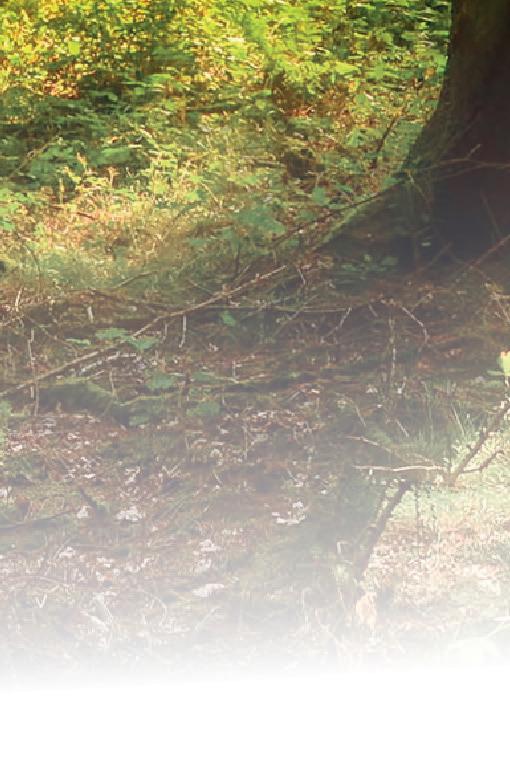
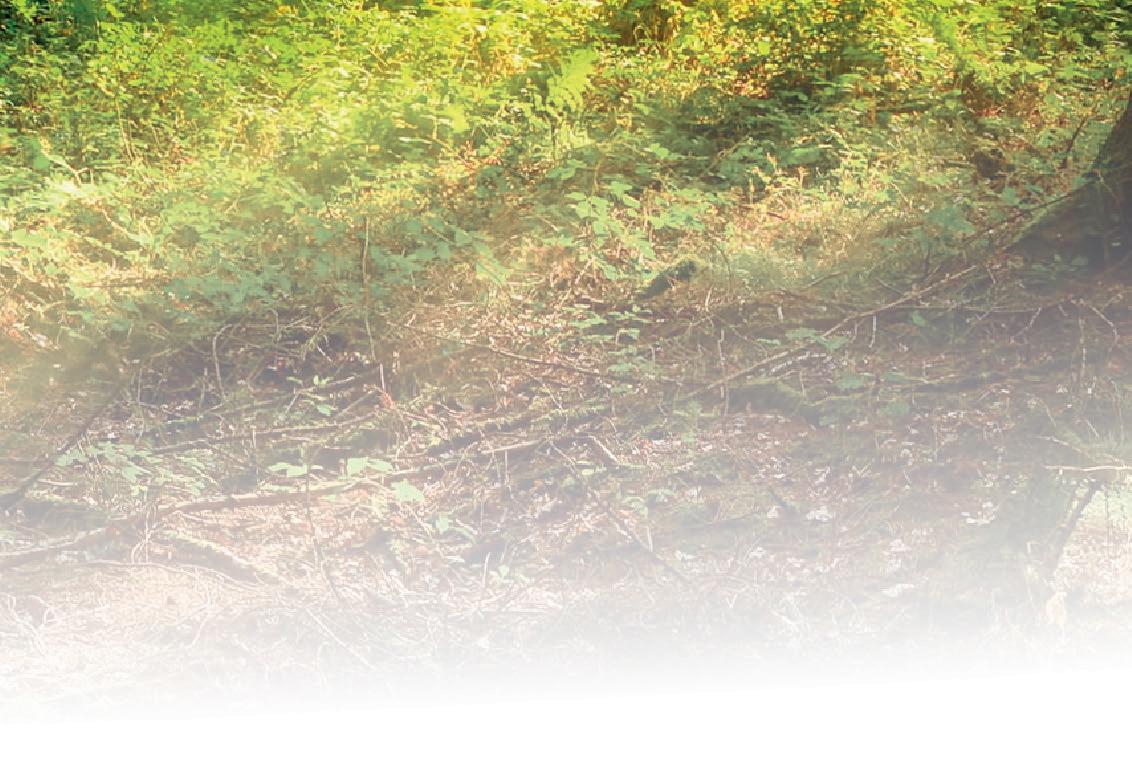





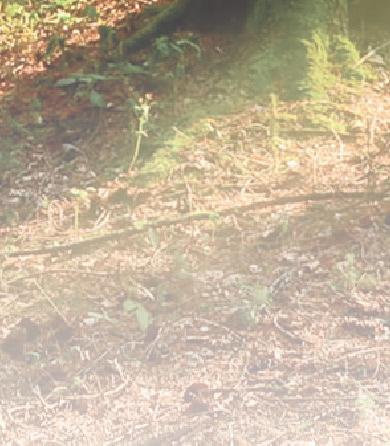








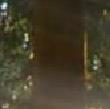

























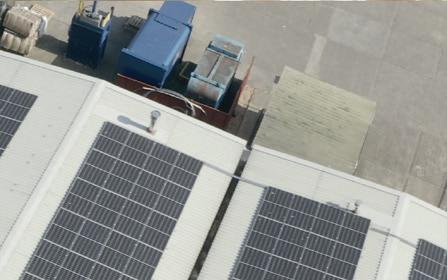

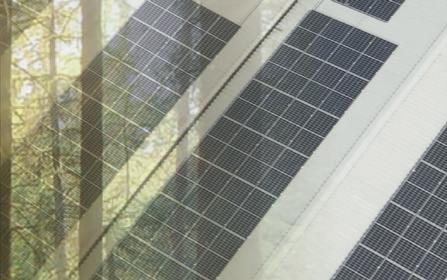

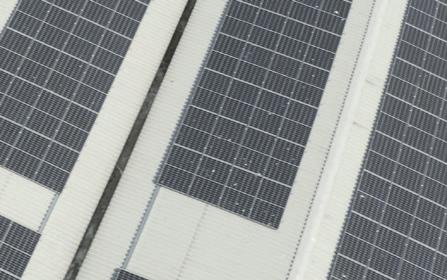

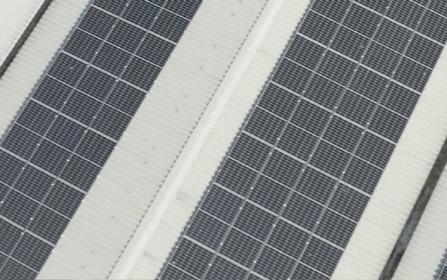


















What is the future for lighting after ‘LEDification’ and, now, with the climate crisis accelerating? And what changes does the industry need to be making to influence the way forward? Kevan Shaw shares his opinions and gets out his crystal ball
By Kevan Shaw I
n a field such as lighting, where change has been a regular part of our process, predicting the future is always a bal ance of uncertainties.
We first saw LED products appear ing in the architectural lighting market 20 years ago; did we imagine how they would universally take over lighting? So, this article isn’t expected to be a Nostradamus-like pre diction for lighting over the next two dec ades. Please do not be bringing it back and beat me over the head with it in 2042!
What I want to do is look at where we are now, the direction of travel for lighting tech nology, the lighting industry, lighting regula tion and lighting design to see what changes we should be making so that we can influ ence the way forward. Along the way we will need to take a backward look to see how we have arrived where we are today.
Starting with technology, the change we have experienced over the recent past has ended up with its own term: ‘LEDification’.
We thought LEDs were going to provide a
new and exciting addition to the toolbox of lighting design, not become a total techno logical replacement of all other methods of converting electrical energy to light energy.
There have, however, been a specific set of circumstances that led us to this outcome.
RECOGNITION OF CLIMATE CRISIS
Towards the middle of the first decade of the twenty-first century there was significant awareness of the impending climate crisis.
Governments wanted to be seen to be doing something to reduce energy use and, encouraged by a lamp industry that did not feel it was making profits on the old technol ogy, started to demonise the incandescent lamp.
As this was the most familiar light source to the general public, regulations removing these from the market would be seen by their constituents as a positive climate action.
As a thing to regulate it was relatively easy and was often described as ‘a low hanging
fruit’. Much to the satisfaction of the lamp industry, the standard incandescent lamp was banned in 2009.
Unfortunately, the ban was so complete and so fast the European lamp industry could not re-tool quickly enough to satisfy the market with the then-fashionable CFL. Neither could it compete with the less regu lated and lower wage manufacturing in the Far East.
The result was the decimation of the lamp manufacturing industry and the rise of Chi nese lamp manufacturing, with the former giants of the European lamp industry becoming importers rather than manufacturers.
This left them being poorly placed to pick up with the development of LED GLS lamps and even the innovations on these are now led by Far Eastern companies. For example, the filament LED being a Taiwanese invention.

The regulations also tore chunks out of the commercial lamp market, banning the venerable mercury discharge lamp, cold cathode lamps and limiting other high-out put technologies, allowing LEDs to grab footholds in all aspects of lighting.
From next year, too, the fluorescent tube, the mainstay of commercial lighting since the 1940s will be banned.
THREE PREDICTIONS FOR THE FUTURE
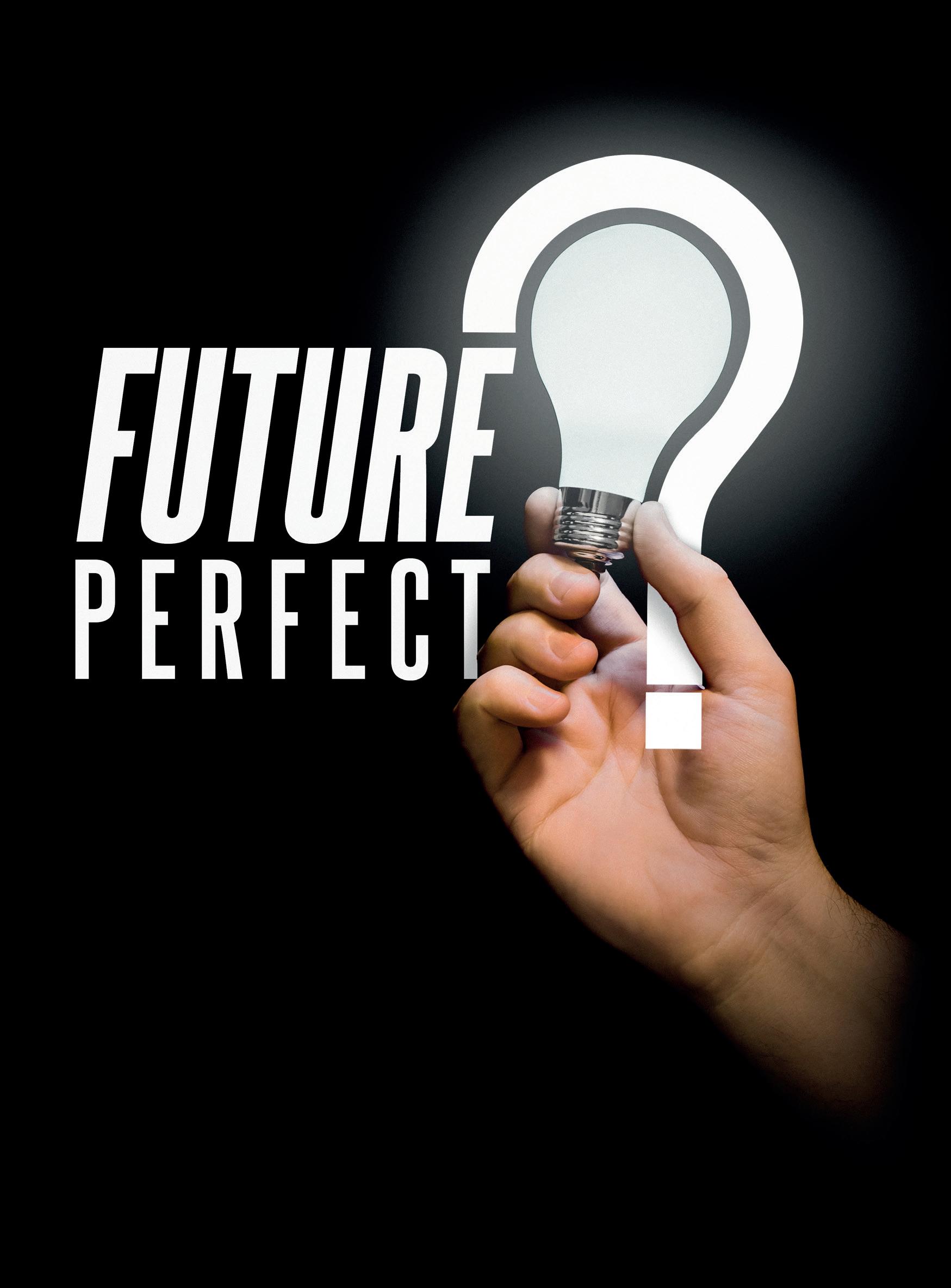
1) That we will be living in a world solely lit by LEDs in about five years’ time.
Along with the development of LED tech nology in the past two decades, we have also seen the development of new knowledge about the effects of light on non-visual aspects of human or in fact mammalian existence.
This is extremely important for our prac tice as lighting designers. On one hand, we can find ways of improving wellbeing, designing lighting that helps prevent disrup tion of circadian rhythms and the sleep/ wake cycle.
On the other, we become aware of how ill-considered lighting can cause disruption to our internal body clock and other bodily systems. As this is a non-visual effect, it brings a major question to our totally vis ually focused and rather crude methods of measuring light.
Our metrics are entirely based around the lumen, a measure itself based on a light sen sitivity function of the human eye at medium to high light levels known as the photopic range.
Our visual system is quite amazing in some respects compared to what we have managed to invent by way of mechanical vison such as cameras and light meters. We can see well in a vast range of lighting
OCTOBER 2022 LIGHTING JOURNAL 20
conditions using a very crude optical device, the eye, and a hugely powerful visual proces sor, the brain.
So, our basis for measurement of light is extremely flawed. In many non-daylight sit uations our visual system is in the mesopic or even scotopic range which, using different receptors in the eye, responds to an entirely different spectral range.
If we now add to this what we know about the non-visual effects of light which respond to yet another, different, spectral curve, our reliance on the lumen and V (lambda) curve is no longer as useful as we need it to be.
This leads us to another aspect of our practice: our lighting design targets.
In the early years of gas and electric light ing quantification, light sources were described in candle power. Originally meas ured by direct comparison with a standard candle, it gave some idea as to the relative light output of these new-fangled lighting devices.

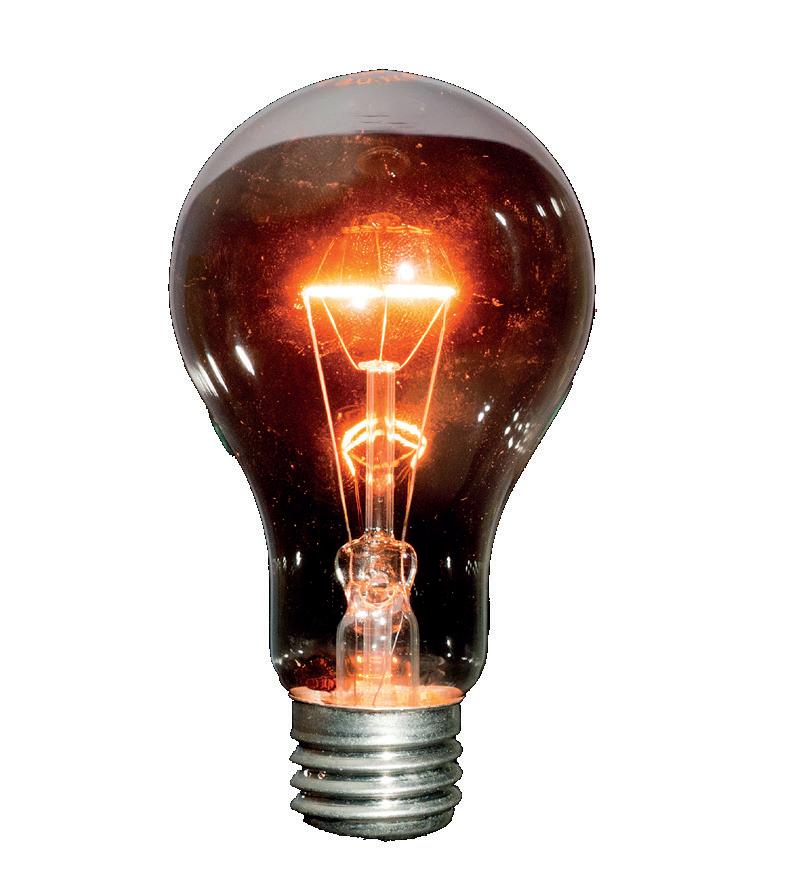
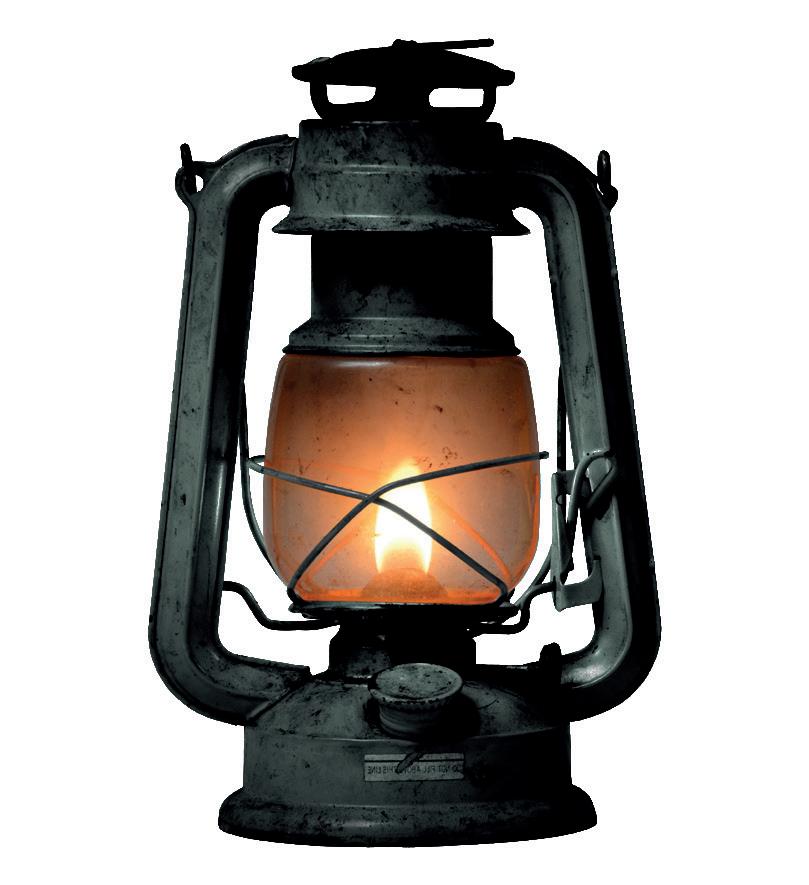
When the question was raised as to how useful this light would be, we started talking about the foot candle as a measure for how much light landed on a surface where a task was to be performed, and there we seemed to get stuck.
Although it is patently obvious that we do not see the light delivered to a surface, we remain bound to measuring this as the target

for our lighting design: with one notable exception, roadway lighting.
In the 1930s, the futility of measuring and calculating illuminance as a metric for the human lit experience was discussed.
Research on devising luminance-based lighting was undertaken and adopted as standards for roadway lighting around 1934, which we still work with today.


What happened to interior lighting? In 1937 P J Waldram identified that: ‘The eye is affected by ratio only and is scarcely aware of huge variations in amount’ of light.
This work led to the development of ‘the daylight factor’, a ratio of outside light to that which arrives in the interior of a building.
We still use this today, though we are beginning to look at climate-based model ling, which is driving back towards illumi nance as a design target.
Over the following years the concept of ‘brightness engineering’, the design of light ing to how the space is perceived rather than what light is delivered, was a significant area of discussion.
Recommendations for ‘brightness’, both in absolute terms in foot-lamberts and as relative illuminance, were included in guid ance including the IES handbook at least of 1948.
Waldram’s April 1954 paper Studies in Interior Lighting produced a very
Lighting technology

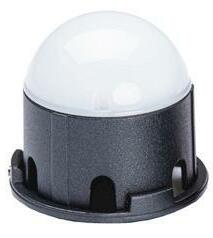

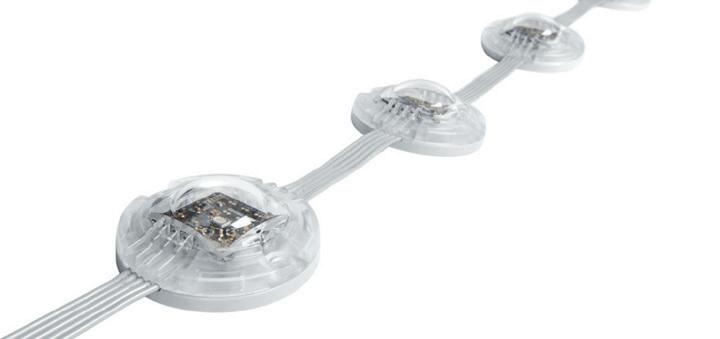
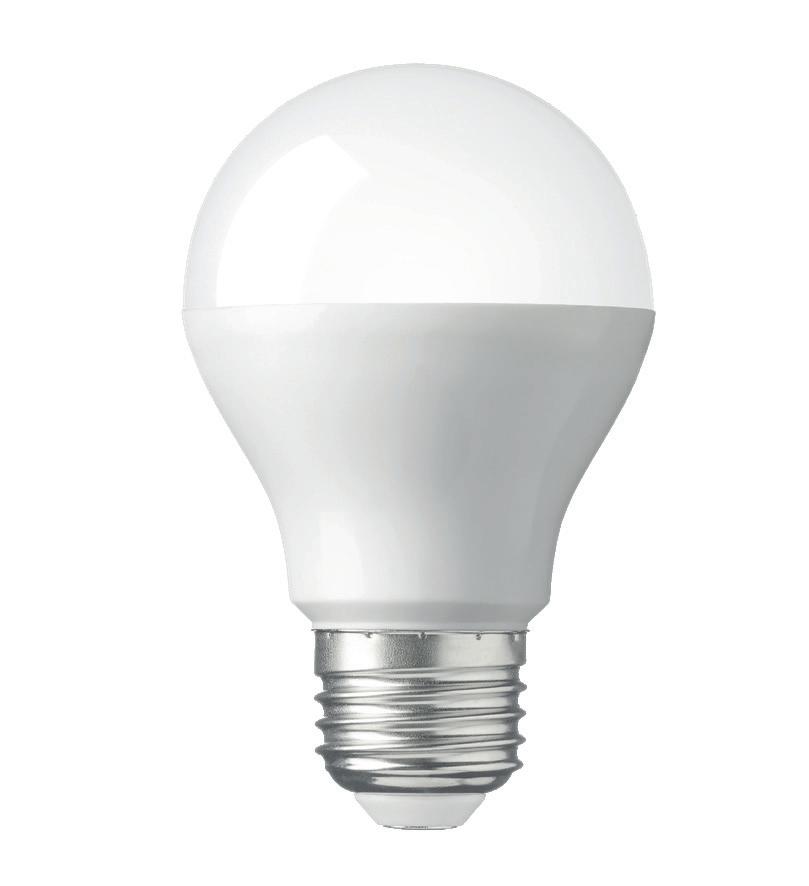
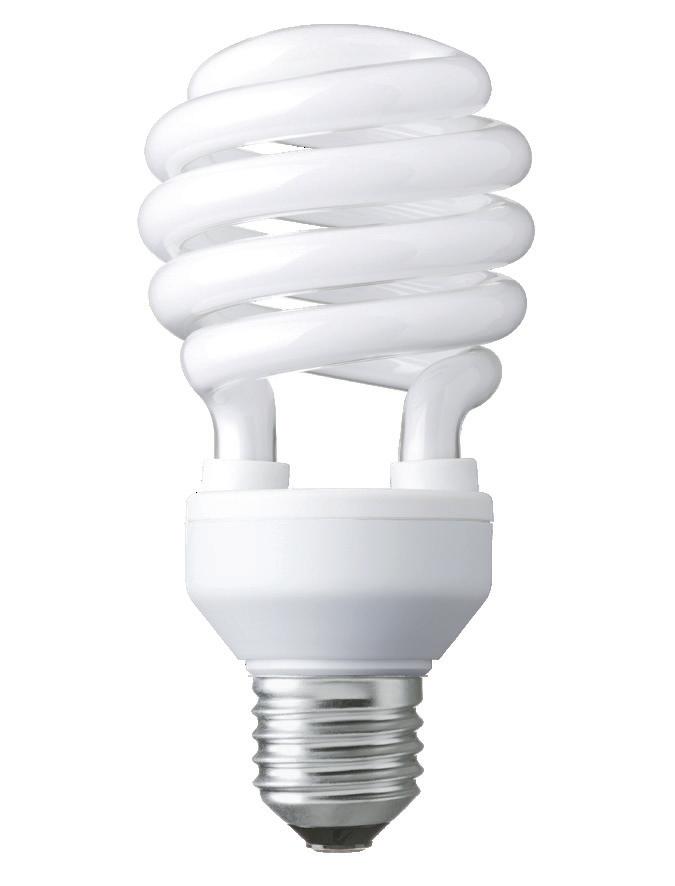
task
illuminance
how things have changed
comprehensive approach to ‘The Design of the Visual Field’ [1]. It merits reading not once but several times, as it condenses a great deal of the challenge of lighting design into a well-evidenced paper and proposes a method of working out designs effectively based on luminance.
As he wrote (and he is worth citing at length): ‘There has been a revolution in thought in interior lighting in the past eight years. A movement is taking place, forecast 23 years ago or more, and “Illuminating Engineering” is beginning to give place to “Brightness Engineering”, at least on the other side of the Atlantic. In this, interior lighting is following the lead of street light ing, which became in England a matter of Brightness Engineering in about 1934.
‘The present-day trends of thought have
Figure 1. Recommendations for
accuracy
from the 1930s, showing
OCTOBER 2022 LIGHTING JOURNAL 21
MEDIA IN MOTIONARCDOT™ anolislighting.com ARCPIX II™
Lighting technology
been discussed in a Report of a Sub-Com mittee of the British National Committee which was recently published in the Trans actions of this Society; the title of that Report – “The Design of the Visual Field” – is per haps more adequate than “Brightness Engi neering.” In that Report it is pointed out that recently the conception of interior lighting has progressed far beyond the provision of illumination on a working plane, to include decoration, brightness distributions, com fort, emphasis, modelling and other matters.’
So, what happened that this was not adopted as our standard design method and what happened to brightness engineering recommendations?
On one hand, it takes more work. Bear in mind this paper was published 20 years before the advent of the pocket calculator and 30 years before the desktop PC and spreadsheet were available. Cameras were mechanical and used wet chemistry film processing. But, more than anything, this approach did not care about the specific out put of the light fittings at a time when manu facturers were selling ever-increasing quan tities fittings and lamps to provide ever more light.
Considering manufacturers were paying for almost all lighting research, they wanted metrics that they could use to sell ever-increasing numbers of fittings, hence we remain lumbered with illuminance.
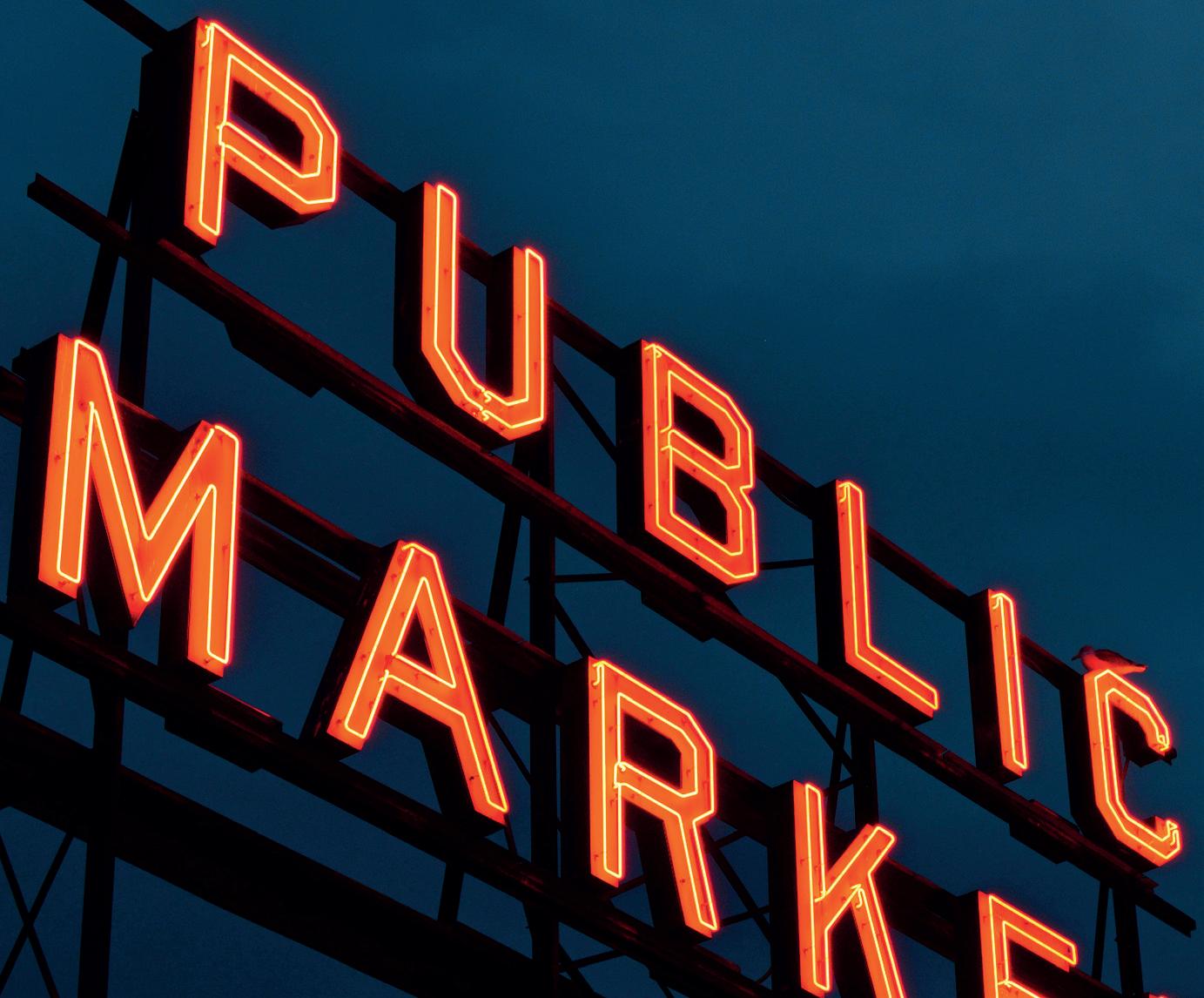
Over the years between Waldram’s paper and last year’s update of EN12464-1 Light andlighting.Lightingofworkplaces, recom mended task illuminances have regularly
changed more according to what light lamp manufacturers could deliver rather than any need for increased task illuminances [2]. This, too, is during a period where tasks have become higher contrast, with clearer repro duction, not to mention the predominance of self-illuminating tasks, specifically dis play screens and laptops.
Research also shows that task accuracy is achieved at far lower levels than those rec ommended even in the 1930s, as shown in figure 1 on the previous page.
The new recommendations in EN124641:2021 suggesting task levels even higher than the previous 500 lux for office work to allow for the ‘older eye’ are not at all related to task efficiency.
When the recommendation remains to use these levels across the entire floor plane of an office, where we do not know the exact task locations, our standards are really not useful and are driving directly against all the efforts we are making to reduce lighting energy use.
Somewhat in Waldram’s footsteps, Kit Cuttle has been developing the ‘Lighting Design Objectives’ method (LiDO) of light ing design calculations.
Based on light reflected by surfaces and ratios of luminance between ambient and targets expressed in a straightforward spreadsheet, this LiDOs method is genu inely useful for designing lit spaces facilitat ing pre-visualisation of the end result.
2) Within ten years we need to have reconsidered the fundamental metrics of lighting. We will have abandoned
illuminance as the primary design target and be using something like Kit Cuttle’s LiDOs design method to design for the visual experience of spaces
As we have been driven to massive and rapid change in lighting to reduce carbon emissions and energy use, so we now need to look forward to seeing what else we can con tribute to mitigating the climate crisis. What we cannot do is achieve energy savings at the same rate as was managed through LEDification.
We are now closing in on peak possible efficacy of LEDs. There is an absolute effi ciency of white light, in a daylight spectral distribution, determined by V Lambda of 254Lm/W.
We are seeing products coming to market with an efficacy of 200Lm/W. These are either B22 lamps or open-face floodlights. As soon as you introduce optics or gear that is lower efficiency to be flicker free or require less efficient phosphors to get higher colour rendering, we are not going to get much closer to the magic 254Lm/W. At least with out light that is distinctly greenish blue in appearance.
The rate of efficiency improvement across LEDs is now at 2% per year. Trying to explain these hard laws of physics to regulators and campaigners for climate change is really dif ficult and often falls on deaf ears!
So, where else can we look for improved efficiency? Lighting control. We have a lot of options here to reduce light energy use, con stant luminance, absence detection, day light harvesting are easy wins that are regu larly implemented.
Better attention to how lighting is used can also help. A system can learn when to reduce light levels according to activities and user behaviour. This is no more than a Nest thermostat does for domestic central heating.
How we measure these savings also needs to be changed. Using the ‘Lighting Energy Numeric Indicator’ (LENI) is an excellent solution. This is the only measure that calcu lates energy used directly as watts per square metre per year, which is the true impact and energy used by a lighting system.
Factors such as luminaire efficacy, total circuit watts or connected load are all quite distanced from how the energy is used by a lighting system over time, which is what we need to understand as the real energy used.
When we started looking at lighting’s neg ative impact on the environment, the energy used in the operation of lighting systems was the most significant concern, as the electric ity generating mix in the UK was dominated by fossil fuels and ageing power generating capacity.
Now, for example, Scotland is
OCTOBER 2022 LIGHTING JOURNAL www.theilp.org.uk 22
The CELtek Central Management System


the end user to control and monitor their street lighting
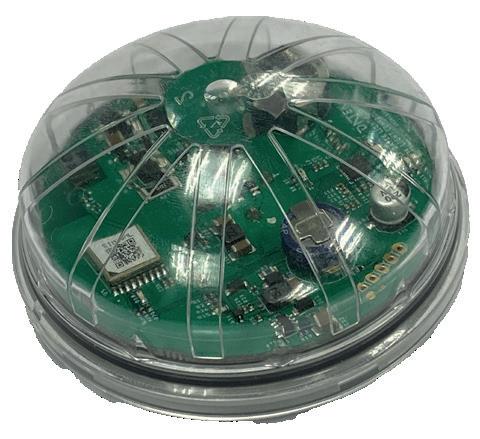

other connected assets, along with the facility
energy efficiency.
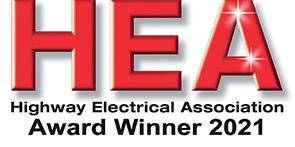
CELtek Central Management System allows the end user to control and monitor their street lighting and other connected assets whilst providing substantial cost and energy efficiencies.
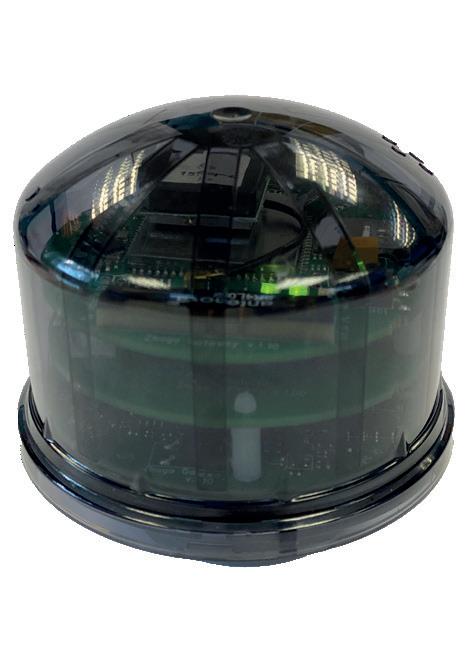
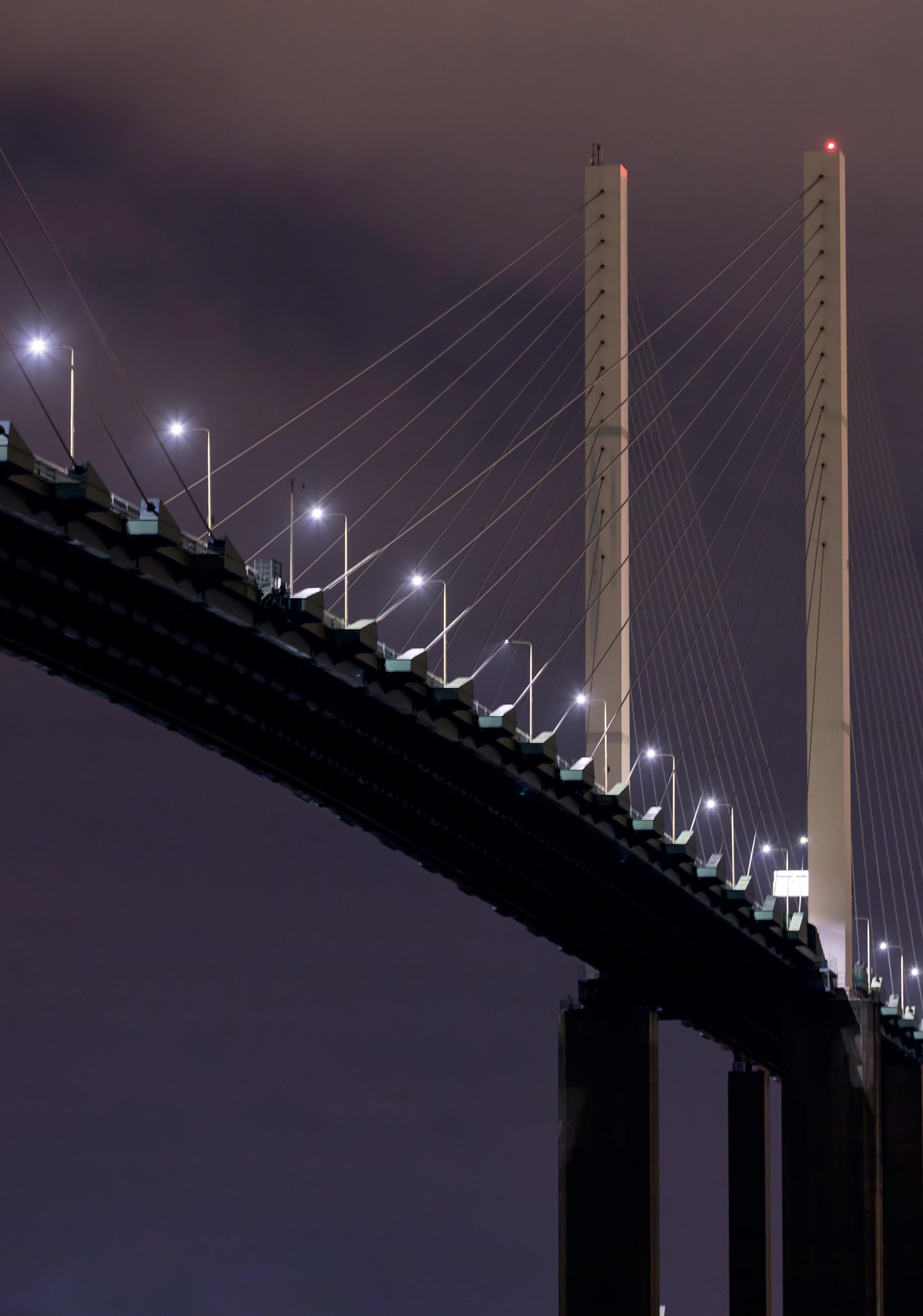
Internet of Things (IoT) capability, including multi-level platform integration to other manufacturer’s equipment has broadened the scope of applications. This has increased system flexibility and allowed the end customer greater control of their assets.
The system has the versatility to operate effectively even in the most challenging environments such as mountainous areas or through road and pedestrian tunnels. This versatility together with industry leading on-site support and competitive ongoing service costs means the CELtek system offers excellent capability and value.

Wessex Way Wincanton Business Park Wincanton Somerset BA9 9RR +44 (0)1963 828 400 - info@charlesendirect.com - www.charlesendirect.com
allows
and
to maximise
The
Zhaga Gateway
Zhaga
LCU
self-sufficient in renewable-generated elec tricity backed up by two nuclear plants. The rest of the UK has lost most of its coal-fired generating capacity, with nuclear and wind building up backed up by fast-reacting gas-powered generation.
Certainly, the notional CO2 from the gen eration of electricity used for lighting is fall ing fast. The target is to have entirely fos sil-fuel free electricity by 2030. This results in the in-use phase of a lighting installation no longer being a significant contributor to climate change.
That leaves us to look at CO2 embodied in the manufacture of lighting equipment and in the processes required to transport, install and recycle it at end of life.
The circular economy has been a focus in the past couple of years. We are seeing many lighting manufacturers stepping up to meet the challenges of achieving circularity in production of new fittings and reducing the impacts of materials and processes used. Many are also looking at methods of reman ufacturing and repairing fittings, which will reduce the number of new materials required and the associated energy costs.
We also have more tools to make these assessments ourselves as lighting designers. For example, we now have the publication by the Society of Light and Lighting’s TM66 Creatingacirculareconomyinthelighting industry and the associated Circular Econ omy Assessment Method (CEAM) with the spreadsheets for CEAM – MAKE for indus
try and CEAM – Specify for us designers [3]
This needs to be added to our workflow that allows us to include these important metrics in our product and system specifica tions, consequently demonstrating improvements to sustainability of lighting.
We need to reset our expectations of how long a lighting installation will last and start to consider how we can create lighting schemes that can be repurposed in place or that reuse existing equipment and installed infrastructure.
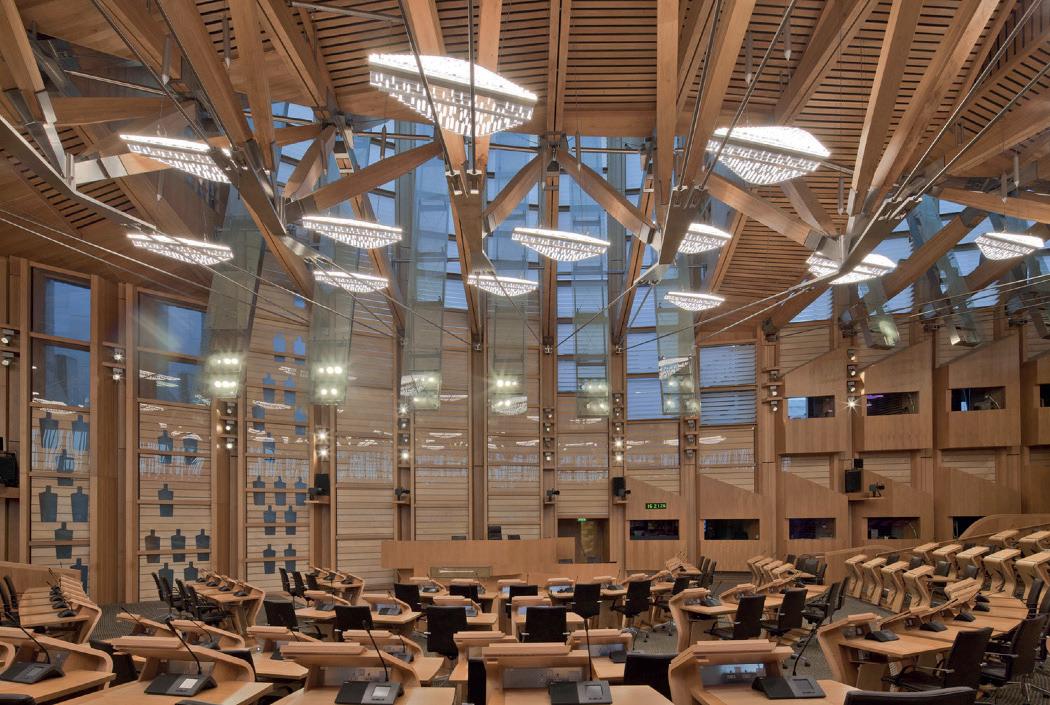
To achieve this, lighting designers need to be considering now how to design and spec ify lighting schemes that will lend them selves to reconfiguration and reuse.
This is not just about the specification of repairable and reusable equipment and the manufacturer’s undertaking to provide parts and servicing of fittings in the long term. It is also about how you design infra structure to allow flexibility and changes so that the lighting can be reconfigured to account for future changes of use in the space.
Lighting control plays a significant part in this but so does the wiring infrastructure and even the location and methods of fixing the lighting to the building surfaces to allow repositioning and relocation of fittings with out excessive disruption to the building finishes.
3) Right now we need to be considering the whole life of a lighting system and how
we can design to prolong this. We also need to make efforts to ensure the equipment we specify has minimal ecological impact.
As I mentioned earlier, LEDification has been driven by regulation that arrived at a speed and intensity that has seriously dam aged the European lighting industry. We are also facing a minimum energy performance of 120Lm/W from the Department for Busi ness, Energy & Industrial Strategy. This is apparently a ‘Brexit gain’ through regula tions ‘simpler’ and distinctly different from the EU regulations – and may be on us as soon as next year.
Unfortunately, regulators are not welleducated in lighting technology or applica tion, so it is often difficult to communicate to them the impacts of their proposals.
Driven, as they are, to create ever better ‘targets’ when these are unhelpful and are often not going to achieve the predicted or desired end results, we need to change the way of counting. We need to be resetting the metrics as necessary to consider both visual and non-visual effects of light across the full range of lighting conditions.
In respect of the circular economy, this is already in the regulator’s sights. Slipped into the current regulations at the last minute is a requirement for ‘replaceable light sources’.
This was originally removeable light sources to facilitate market surveillance. This clearly demonstrates that regulators are still of the belief that lamps need chang ing. Well, they probably do if they are buying cheap LED E27 base lamps for their homes, but is far from relevant for much commer cial lighting.
Specifically, if lighting is being used out of doors where protection to IP65 or above is necessary, fully sealed fittings are obligatory. Also, replaceability of light sources can add a lot of components, connections and mechanical complexity, so creating addi tional potential failure points and reducing reliability.
CONCLUSIONS
In conclusion, lighting has never been a comfortable place for those who don’t like change and the excitement of the new or different.
Certainly, the constant learning and thinking about how changes and new tech nologies can offer new creative possibilities is what excites me about lighting.
In this ever-changing field we need to take more action and responsibility to drive these changes in lighting and not be pushed and dragged into the future of lighting.
Kevan Shaw CEng MILP, FIALD is design director at EFLA | Kevan Shaw Lighting Design
The Scottish Parliament debating chamber, with a lighting scheme by EFLA | Kevan Shaw Lighting Design. The LED scheme has a design life of 25 years, comparatively saves 60% energy of the previous scheme, and requires minimal maintenance
[1] Waldram J M (1954). ‘Studies in Interior Lighting’, Lighting Research and Technology, April 1, 1954. Available online at: https://doi.org/10.1177/147715355401900401 [2] BS EN 12464-1:2021 Light and lighting. Lighting of work places, Indoor work places, European Standards, https://www.en-standard.eu/bs-en-12464-1-2021-light-and-lighting-lighting-of-work-placesindoor-work-places/ [3] TM66 Creating a circular economy in the lighting industry (2021) Cibse/SLL, https://www.cibse.org/knowledge-research/knowledge-portal/tm66-creating-a-circulareconomy-in-the-lighting-industry?id=a0q3Y00000JruI1QAJ 31 OCTOBER 2022 LIGHTING JOURNAL www.theilp.org.uk 24 Lighting technology
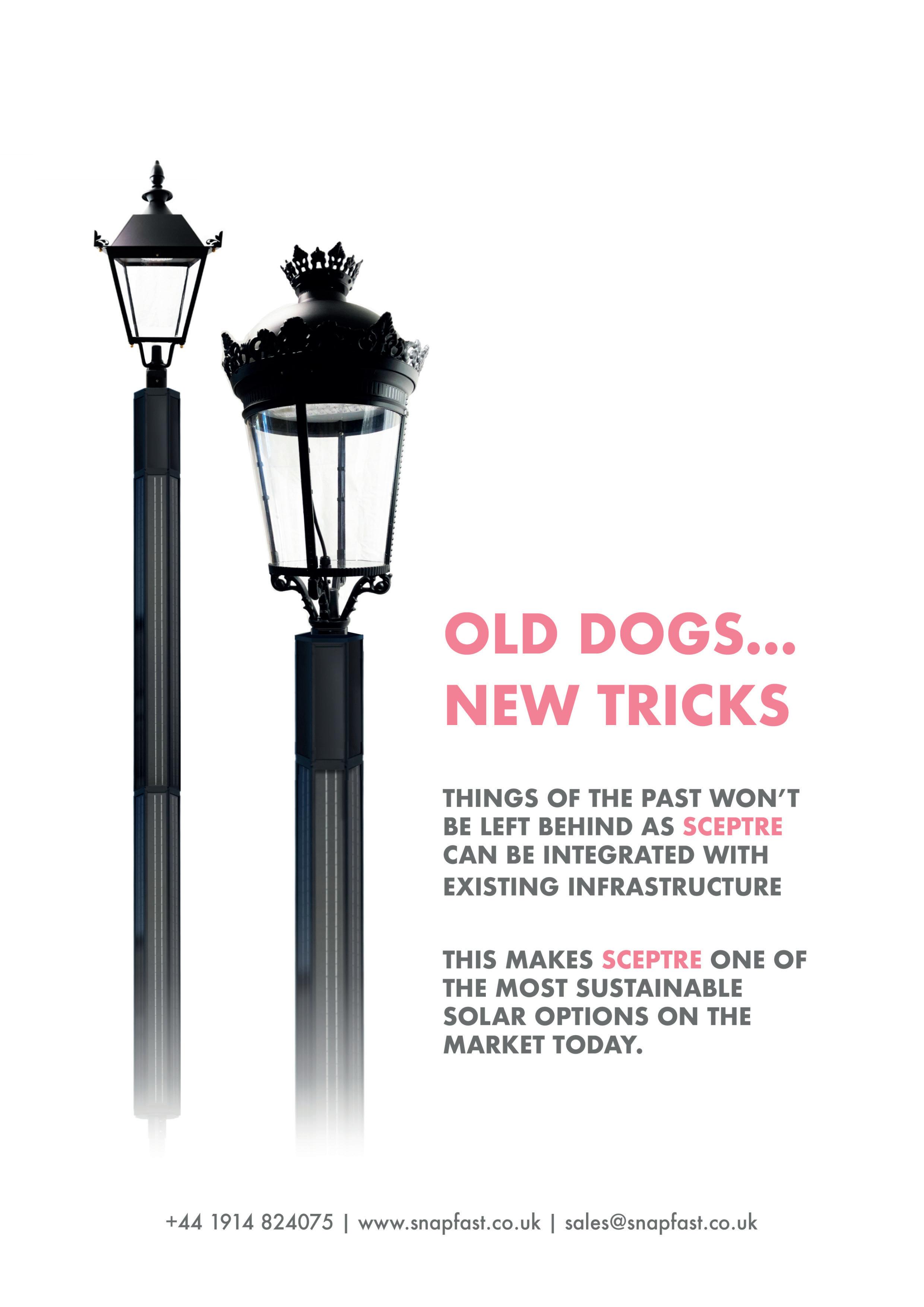
PRIZE ASSETS
The prestigious 2022 RIBA Stirling Prize is set to be announced this month, with innovative lighting schemes very much to the fore
By Nic Paton
The winner of the coveted 2022 RIBA Stirling Prize, awarded to what the Royal Institute of British Architects deems to be the UK’s best new build ing, is due to be announced later this month, on Thursday 13 October.
The great news is that great lighting, as well as great architecture, has very much
been part of this year’s deliberations.
There are six buildings in this year’s short list, which are:
• 100 Liverpool Street, by Hopkins Architects
• Forth Valley College’s Falkirk Campus, by Reiach and Hall Architects
• Hackney Primary School and 333 Kingsland Road, London, by Henley Halebrown
• Orchard Gardens in Elephant Park, London, by Panter Hudspith Architects
• Sands End Arts and Community Cen tre, London, by Mæ Architects
• The New Library, Magdalene College, Cambridge, by Niall McLaughlin Architects
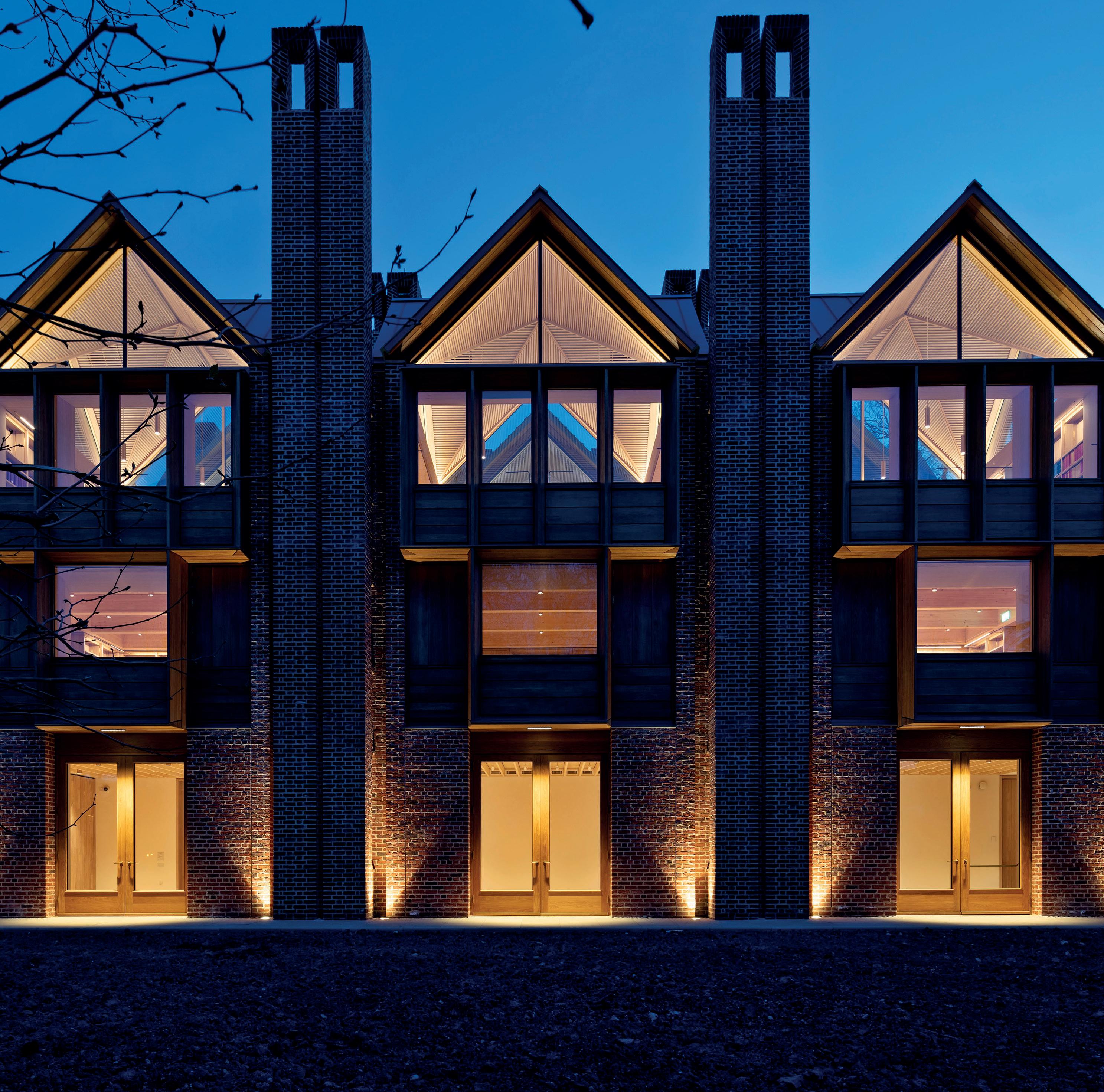
LARGEST CHANDELIER IN UK
At 100 Liverpool Street, for example, Speirs Major’s innovative lighting scheme is at the heart of this net zero renovation and exten sion of a 1980s’ office block in London’s financial district.
Distinctive pendants provide a sense of human scale as well as task lighting. High lights to artwork, furniture and planting contribute a warm ambience, the practice has said.
In the second-floor lobby and atrium area, which has been designed to be a welcoming and free-flowing space, highlights again
OCTOBER 2022 LIGHTING JOURNAL 26
With replaceable light modules, an elegant design and the power to adapt to the needs of its surroundings, Daytona is set to transform the illumination of urban environments.
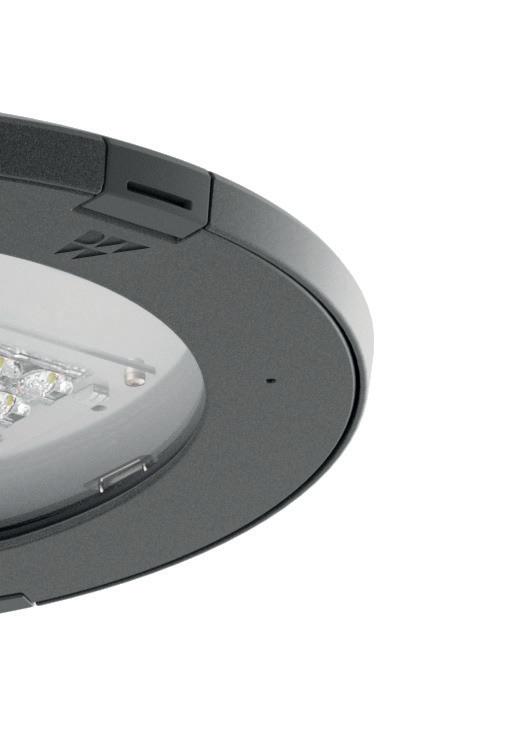
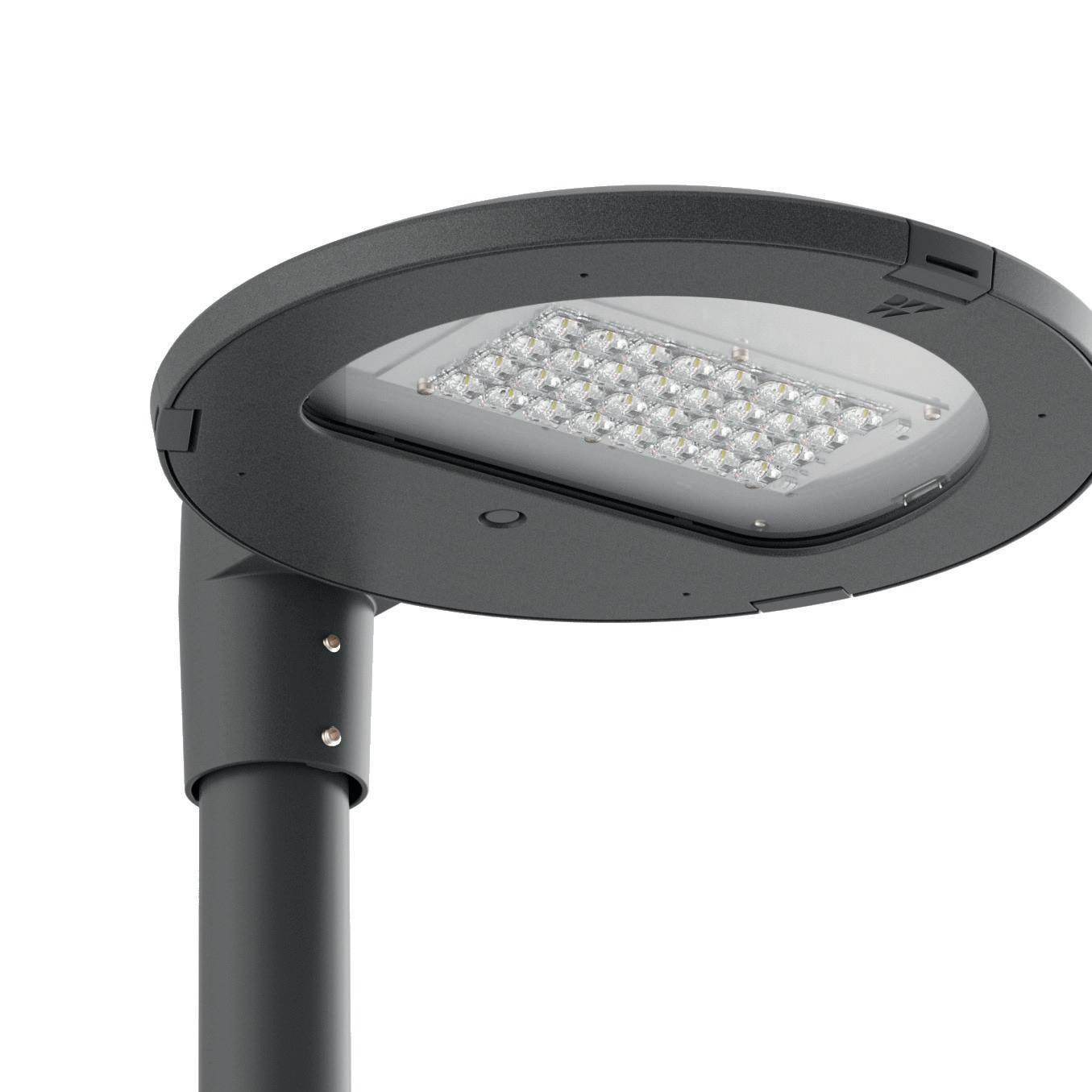
The need for versatile lighting and sustainability has never been more important for urban living and our environment. Daytona balances style, efficiency and practicality to deliver
Want to learn more?
performance while providing outstanding service life to support the circular economy.
Featuring Tunable White technology, advanced control options and superior light quality, including 0% ULOR, Daytona allows you to specify a high performing, futureproofed product with complete confidence.
Tunable White Technology
Daytona dwwindsor.com
maximum
Watch our Daytona video now All-round performance. All-round confidence.
Architectural lighting
illuminate key vertical surfaces, support leg ibility and way-finding.
Additional feature and task lighting sup ports ambience and functionality of specific areas, such as the reception desk, seating areas and workstations. The café breakout area is marked out by a glowing installation of hanging perforated panels, lit in tuneable white to allow the ambience to be adjusted to suit.
In the main atrium space, Speirs Major conducted natural light studies, which determined that for most of year artificial light would be required even during the day and that light from the perimeter would not be sufficient.


To that end, it proposed a large-scale light ing element to hang in the void. The result, ‘The Cloud’ as it has become known, is one of the largest chandeliers ever constructed in the UK.
In the ground-floor ‘Octagon Mall’ retail arcade, a carefully crafted balance of bright ness ensures any contrast when moving inside/outside is softened, and the retail frontages are given due prominence. From the exterior, the double height colonnade is accented after dark to create a warm and inviting street presence.

The judges said of this project: ‘The enhancement to the public realm and improved permeability through and across the building is exemplary and has had a posi tive impact well beyond the boundaries of the site. There are impressive new connec tions across the building, including from the adjacent Liverpool Street Station.’
ROOF LANTERNS
For The New Library, designed to replace a library gifted to the Cambridge college by Samuel Pepys 300 years ago, there is an emphasis on daylight and passive light, through the use of roof lanterns, along with natural ventilation, as characterised by its stack-effect ventilation chimneys and rood openings.
Here, the prize judges said: ‘As with the best of the city’s many libraries, a great diver sity of spaces to read and work are estab lished, and reflecting its planned longevity, the building feels nicely slack – bookshelves are barely half filled and an extraordinary sense of space pervades, like inhabiting a hugely luxurious treehouse.’
Daylight and integrated LED lighting have also been central to the design for Forth Valley College’s Falkirk campus.
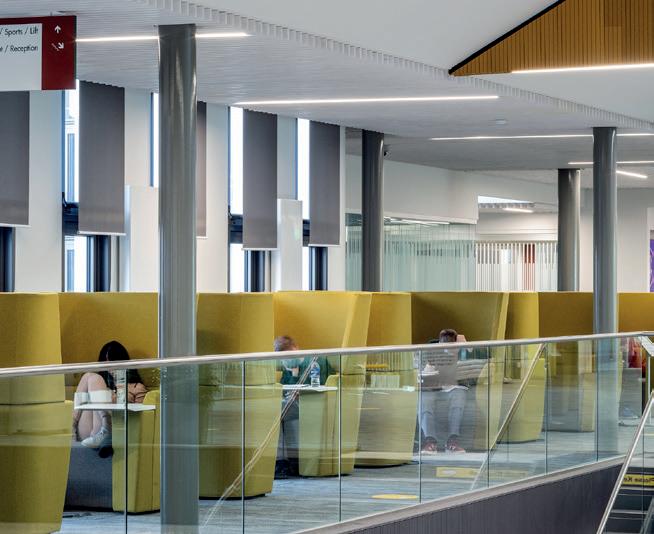
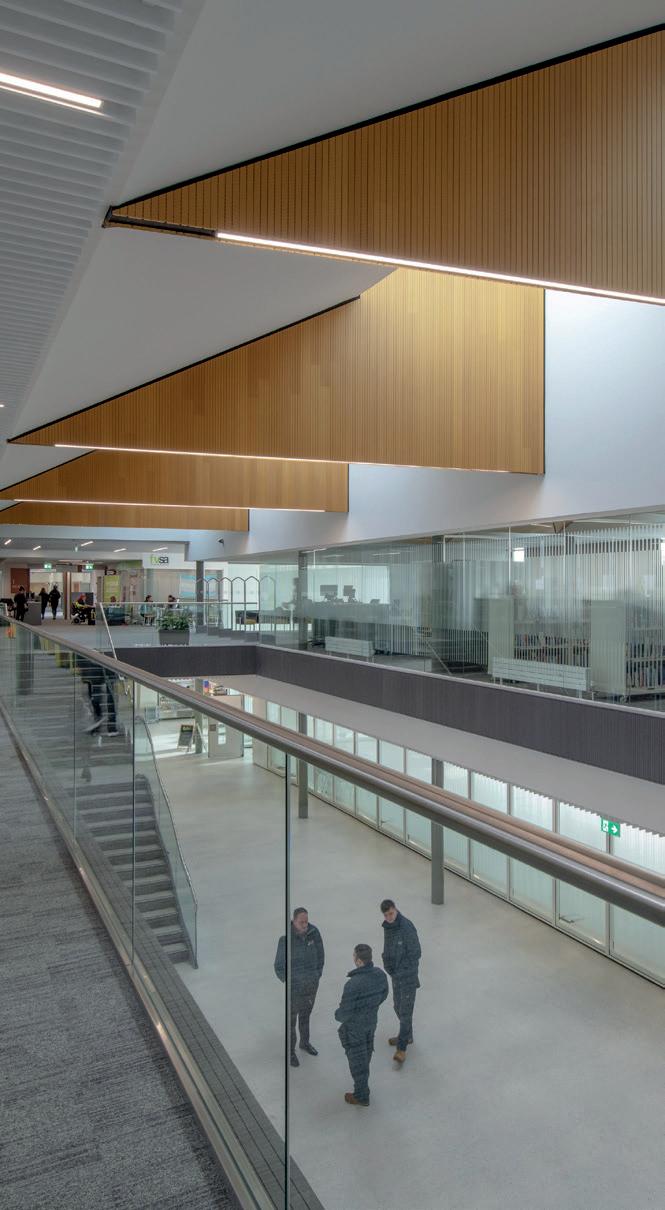
For this project, rooflights wash the inte rior of the public circulation spaces, while the integrated LED lighting shows, as the prize judges highlighted, ‘a level of care, design, co-ordination and craftsmanship that is only evident in projects of this nature through the careful hand of talented
architects and the strong leadership of client with belief in the process.’
RIBA president Simon Allford said all six projects have been underpinned by their understanding of construction’s responsi bility to mitigate and adapt to our climate crisis.
‘From the reuse and upgrade of existing buildings to the conscious specification of low-carbon materials and technologies, to the thoughtful design of hybrid, flexible spaces – these schemes consider their envi ronment and give generously to their com munity,’ he said.
Above: 100 Liverpool Street, including (top left) a detail of ‘The Cloud’ chandelier. Images by Speirs Major and James Newton. Below: Forth Valley College Falkirk Campus. Main image on previous page: The New Library, Magdalene College, Cambridge
OCTOBER 2022 LIGHTING JOURNAL www.theilp.org.uk 28


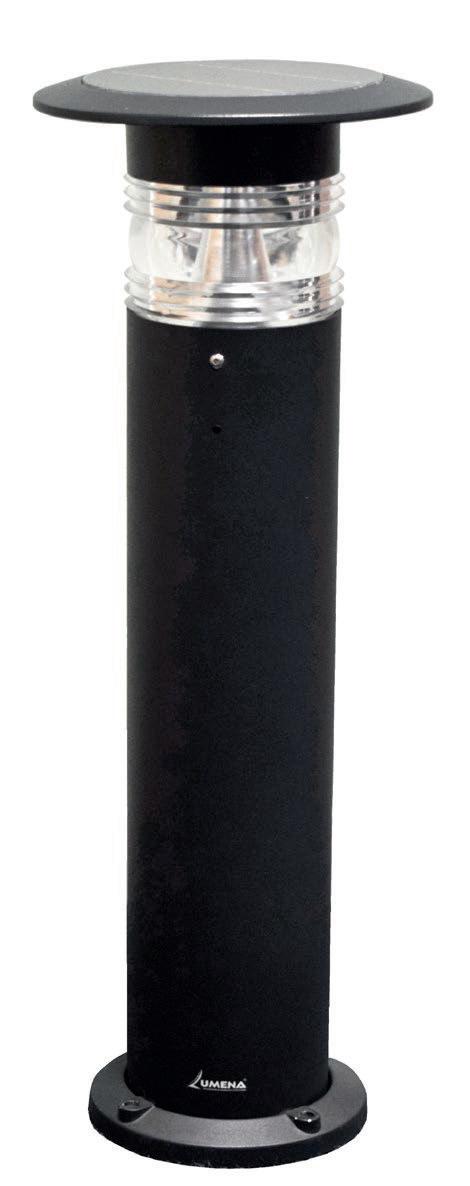



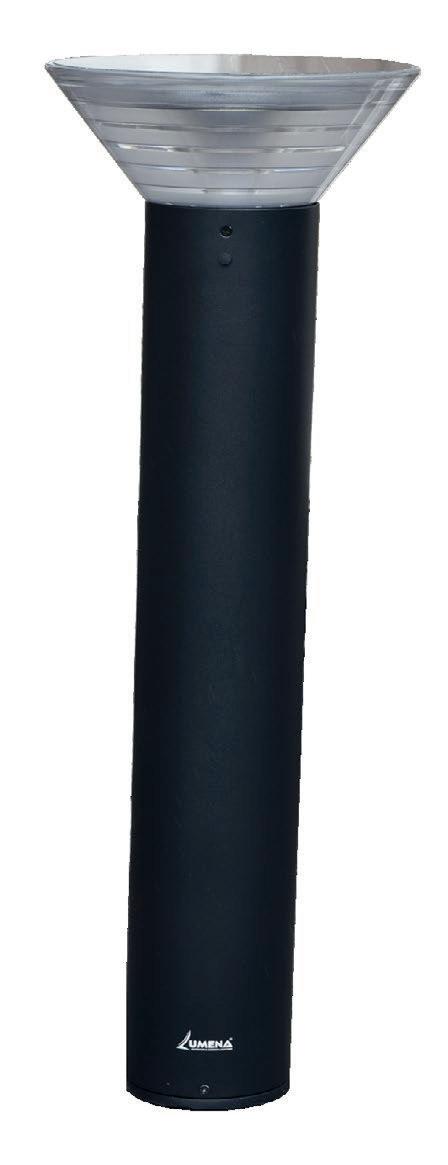







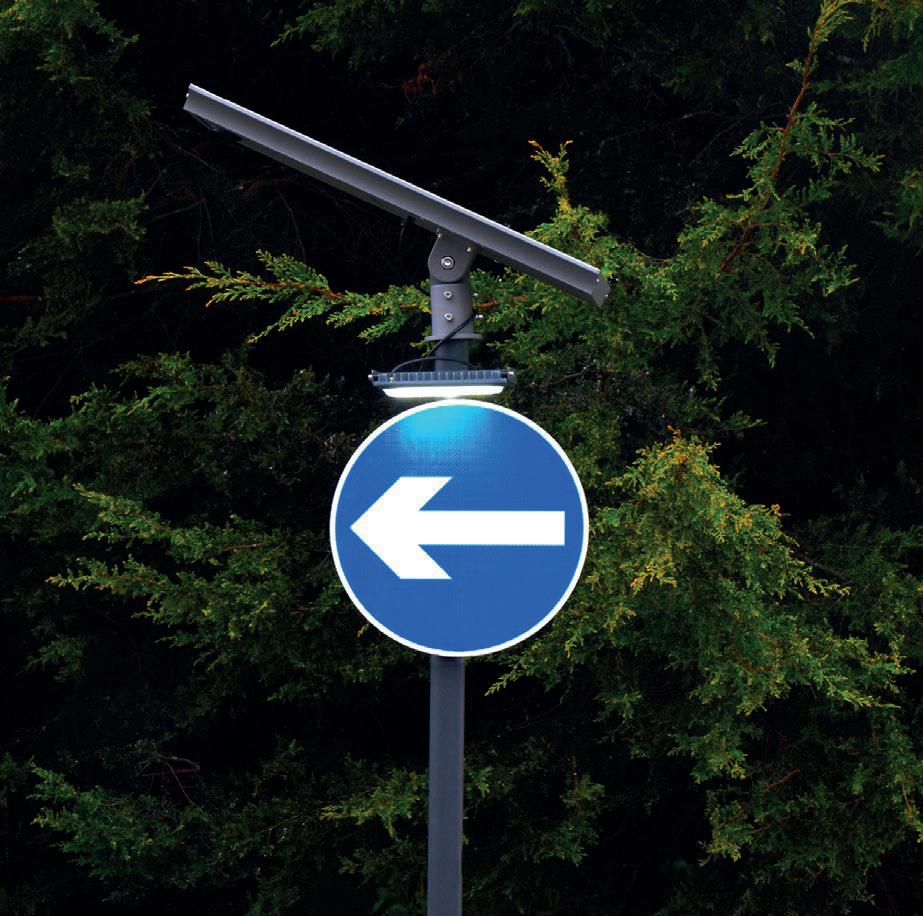
OCTOBER 2022 LIGHTING JOURNAL 29 R Innovate Educate Illuminate OUTDOOR & GARDEN LIGHTING 01327 871161 sales@lumenalights.com Lumena Lights Ltd, Centre 33, Long March, Daventry, Northamptonshire, NN11 4NR Visit Our Showroom Mon-Fri. 9-5 Discuss your Projects with our Team inwww.lumenalights.com WILDLIFE FRIENDLY WARM WHITE OPTIONS Contact Us THE LARGEST RANGE OF PROFESSIONAL SOLAR BOLLARD LIGHTS IN THE U.K. Professional Solar Lighting by Lumena Lights DESIGNED FOR UK WEATHER ILLUMINATE 365 DAYS A YEAR GRADUAL DIMMING SEQUENCES LI-ION BATTERIES EXPECTED 8-10 YEAR LIFEIMPRESSIVE OUTPUTS LAST ALL NIGHT ALSO AVAILABLE SKY-EYEVIA MAX Solar Street Lights
Changes to the EU’s Restriction of Hazardous Substances Directive will mean some lighting products containing mercury will no longer be able to be sold into European markets from February next year. The move may also accelerate the switch to LED replacements
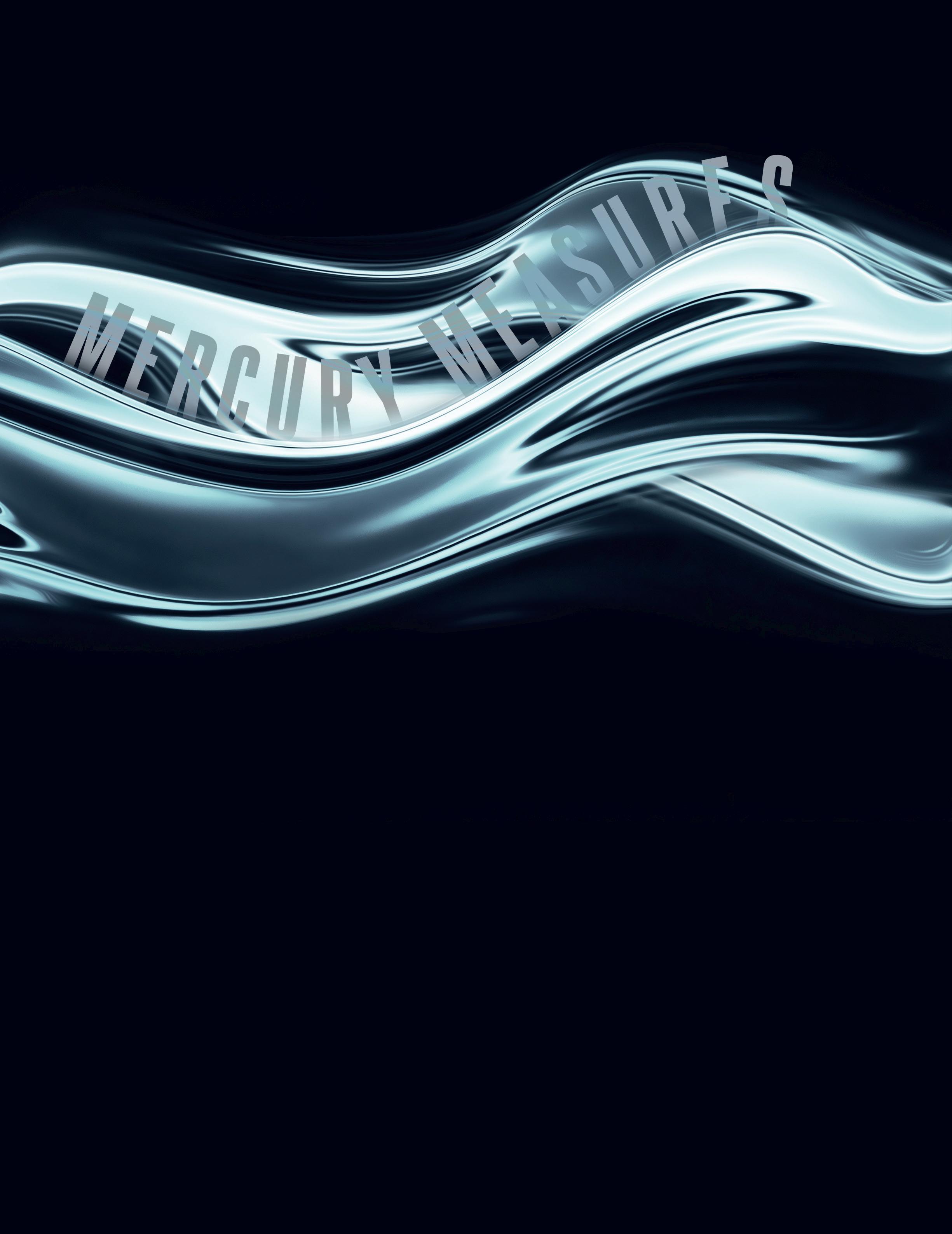 By Peter Johnston
By Peter Johnston
The Restriction of Hazardous Sub stances Directive (also known as RoHS) is a directive that was adopted by the European Union in 2003.
The first version of the RoHS direc tive (known as RoHS 1 – 2002/95/EC) took effect on 1 July 2006. A number of significant changes were then introduced with the updated RoHS 2 (2011/65/EU) directive becoming law in 2011. An amendment in 2015 resulted in the addition of four further materials to the list.
Enforcement as well as the severity of the penalty are left to each member state to decide. The UK introduced its version of enforcement and penalties in the 2012/3032 Statutory Instrument.
RoHS aims to restrict the use of hazardous materials found in electrical and electronic
equipment (EEE). The EU is continuously reviewing and improving the RoHS regula tions, which is why they have been amended several times since they were introduced.
This is because of advancements in tech nology allowing a further phasing out of the use of hazardous substances. Any product containing an electrical and electronic com ponent must adhere to these restrictions, unless specified otherwise in an exemption.
Exemptions were introduced in instances where it was concluded that certain essen tial products did not have suitable replace ments. All exemptions are marked with an expiration date and are reviewed at least once every four years. There are several exemptions in place covering certain use in medical, military, or lighting applications, amongst others.
WHAT SUBSTANCES ARE COVERED BY ROHS?

The following substances have been deter mined to be the most likely to pose risks and as such have, over time, been restricted under RoHS to the ‘Maximum Concentra tion Value’ (MCV) limits shown below, as defined in Annex II of the regulation [1]:
Lead (0.1%)
Mercury (0.1%)
Cadmium (0.01%)
Hexavalent Chromium (0.1%)
Polybrominated Biphenyls (PBB) (0.1%)
Polybrominated Diphenyl Ethers (PBDE) (0.1%)
Four different phthalates: DEHP, BBP, DBP, DIBP (0.1%)
•
•
•
•
•
•
•
OCTOBER 2022 LIGHTING JOURNAL 30 LIGHT UP, DRIVE OVER EMINERE™ INGROUNDanolislighting.com
Lighting and Europe
These materials are mainly heavy metals, plasticisers or flame retardants. As the regu lations are reviewed periodically new sub stances are likely to be added to this list over time.
WHY ARE THEY RESTRICTED?
The materials RoHS is responsible for restricting are considered to be hazardous and, as such, any waste from these products can pollute landfills and present an occupa tional hazard through risks to human health.
Restricting the use of these substances helps improve the recyclability of EEE and ensures a level playing field within the Euro pean market by using a single scheme to demonstrate a product’s compliance in any market.
In relation to fluorescent lighting, the most significant restriction is the use of mer cury, as this substance is of course funda mental to the technology. It is the mercury vapor within the lamp that is responsible for the generation of UV photons when an elec tric current flows.
These UV photons then cause the phos phor coating within the lamp to glow – and result in the emission of visible light.

Exposure to mercury can come from skin contact, eating contaminated food (for example fish), drinking contaminated water and by breathing contaminated air.
The detrimental effects of being exposed to mercury can cause nausea, stomach pain, fever, muscle ache, coughing, chest pains, lung damage, kidney damage, liver damage, stomach ulcers as well as damaging the intestines and nervous system.
In the example of a fluorescent lamp, there is a risk of exposure to mercury at sev eral stages of the product’s life, including material sourcing, product assembly, in the event of damage during its life and during the disposal stage.
One particular case of industrial pollution from mercury that is well documented is in Minamata Bay, Japan [2].
More than 3,000 individuals are reported to have contracted mercury poisoning due to a Japanese chemicals company, Chisso Corporation, dumping 27 tons of mercury compounds into the bay between 1932 to 1968.
Mercury was absorbed by fish and shell fish and bioaccumulated up the food chain, in turn resulting in mercury consumption for the local community.
Symptoms reported included numbness in limbs and lips, difficulty hearing and see ing, tremors in arms and legs, difficulty walk ing and brain damage. There were reported cases of children of poisoned women being born with severe deformities.
To date, Chisso has financially compen sated more than 10,000 people and
continues to be involved in legal suits relat ing to the matter.
In restricting the use of poisonous materi als such as mercury, the RoHS regulations aim to reduce exposure and therefore reduce the chances of health damage from materials used in EEE.
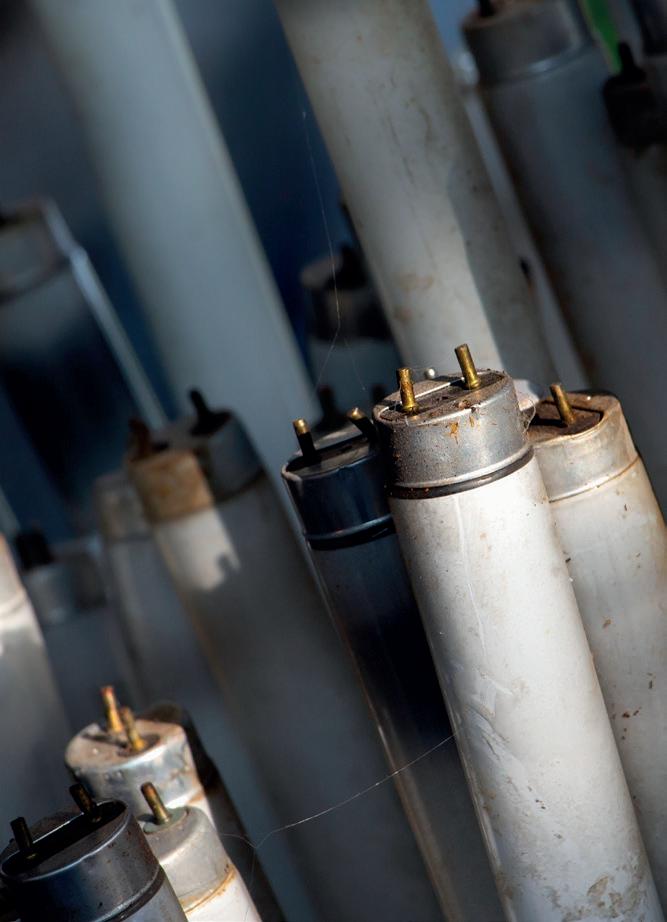
BREXIT AND INTERNATIONAL ADOPTION
When Theresa May (pictured above) gave her first speech as prime minister, she announced her government was introduc ing ‘The Great Repeal Bill’.
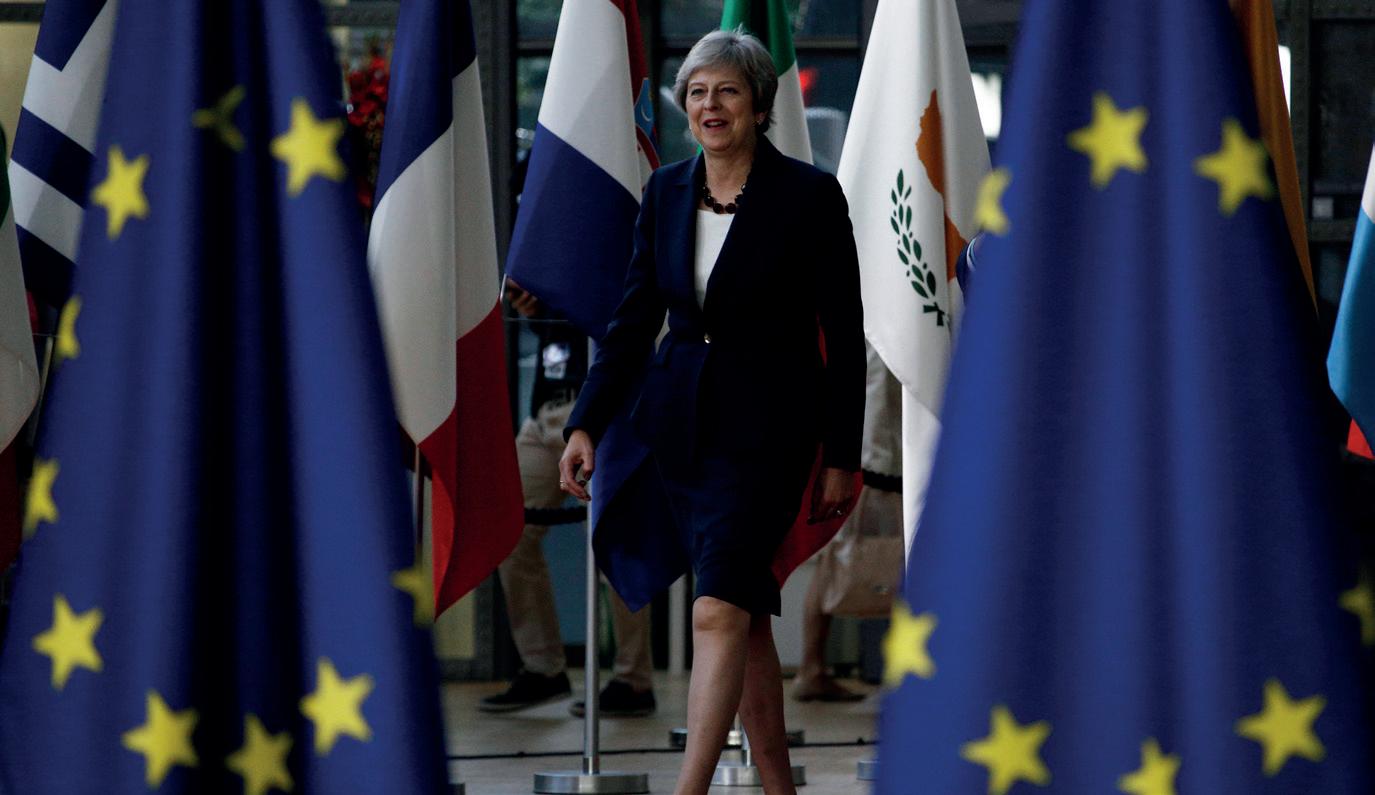
This was later modified and expanded upon before receiving Royal Assent on 26 June 2018. This bill aims to repeal the Euro pean Communities Act 1972, which was responsible for making EU law into each member’s state national law, before bringing all EU laws into UK laws and allowing UK ministers to make secondary amendments where required.
Following the success of the RoHS regula tions within the EU, which are widely viewed as a global benchmark for reducing toxic materials in electrical products, other gov erning bodies outside the EU have adopted a version of them as a result. This includes China, Japan, Korea, a number of states within the USA, India, Norway, Saudi Ara bia, Singapore, Turkey, and many others.
Not every country has restricted the same substances and may have made further changes, however the lists are very similar.
The governing body for RoHS regulations within the UK is the Office for Product Safety and Standards (OPSS).
WHAT IS CHANGING (PART 1)
RoHS exemptions are applied for limited duration and reviewed on a periodic basis to determine whether the exemption is still required. To request an extension to these exemptions, the industry using these mate rials must apply for one.
When reviewing each exemption, the EU
closely examines the application based on the following criteria:
• the availability, practicability and relia bility of substitutes
• the environmental, health and con sumer safety impacts of substitution
• the socioeconomic impact of substitution
• any potential adverse impacts on innovation
A list of exemptions for the use of mercury has existed, as the commission initially acknowledged it may not be possible to man ufacture specific products without the use of mercury.
As companies continue to progress and push the boundaries of innovation, suitable replacements for these specific products have been created. An example of this is LED lamp retrofits, which provide a simple replacement option into fluorescent-based fittings, without complicated or expensive upgrade.
www.theilp.org.uk OCTOBER 2022 LIGHTING JOURNAL 31
Lighting and Europe
As a result of this type of innovation, the EU has now concluded that there is no need to continue to allow an exemption on the restriction of mercury in lamps for general lighting. It has also decided that these exemptions should be allowed to expire with the aim of reducing risks posed to human health and the environment [3]
EU commissioner for the environment, oceans and fisheries Virginijus Sinkevicius said: ‘Mercury-free lamps exist and should take over. With these new rules to phase out mercury, the EU shows determination to protect health and the environment and promote industrial innovation in achieving our circular economy and zero pollution ambitions.
‘Nearly three tonnes of mercury – one of the most harmful chemicals ever – will never be used and more energy efficient non-toxic alternatives to billions of lamps will be grad ually deployed.’
WHEN IS IT CHANGING (PART 2)
In December 2021 the EU Commission announced that 12 exclusions relating to the use of mercury within lighting products will be removed.
The publication of the ‘delegated act’ was made in February 2022 with the expiry of many of the exemptions for general lighting set as 24 February 2023 and 24 August 2023 – so coming up in the not-too-distant future – depending on lamp type.
In sum, after this date, such products will no longer meet the RoHS regulation require ments and will not be able to be sold into the EU market or any other market that adopts the removal of the exemptions.
The UK’s legislation website lists the expiry date of the above exemptions as a ‘transitional case’ [4]
It defines this by stating that: ‘an applica tion was made to the European Commission for renewal of the corresponding EU exemp tion on or before 17th April 2020, and had not been determined by the European Com mission at that date’. Unfortunately this does not provide a clear position with regards to the exemptions. Following a direct approach to the OPSS, we were told that ‘the UK Government are considering its position in relation to the exemptions.’
In any case, once traditional fluorescent products are removed from the EU market, it is likely that supply chains will be signifi cantly altered, with the reduced global demand potentially resulting in closures of
factories manufacturing these items. It is anticipated that prices and lead times will be impacted.
HOW WILL THIS AFFECT STREET LIGHTING?
There are many areas in the street lighting industry where fluorescent technology is still commonly used, such as sign and bollard illu mination and fluorescent street lighting applications.
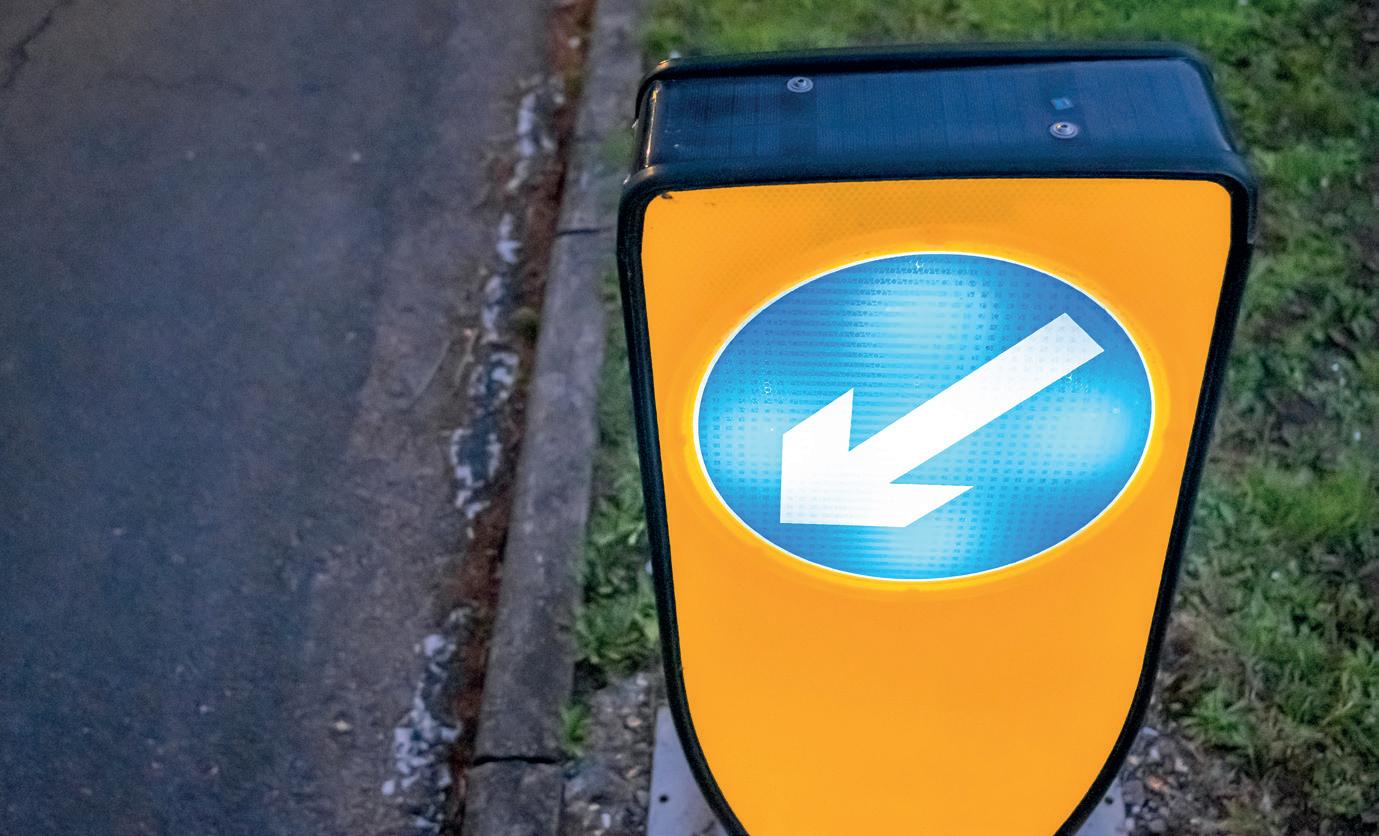
When the exemptions expire, fluorescent lamps that relied on these exemptions will no longer be available on the market.
This regulation change has been prompted because of suitable replacement products now being available on the market, meaning finding a replacement should be relatively easy.
To use my own company as an example, at INDO Lighting we supply the ‘PLUE’ and ‘T5UE’ lamp, which is an LED direct retrofit for traditional fluorescent PL and T5 lamps used in traffic applications.
Therefore, for these products, transition ing to a non-mercury product (with also of course improved energy efficiency) will be a relatively straightforward process.
In the case of fluorescent street lighting –often again making use of a PL-L-type lamp –in addition to a lamp retrofit option, there is also the opportunity to consider additional energy savings through the use of a gear tray retrofit.
A gear tray with a street lighting-specific optic can improve on the optical distribution and allow for lower power consumption when compared to an LED lamp retrofit solution.
SUMMARY
According to a study conducted by consult ants Ecorys and Ramboll, the RoHS Direc tive has been successful in reducing the use of hazardous substances in EEE by around 67% since it was introduced and is responsi ble for an increase in environmental protection [5].
The international adoption of RoHS or RoHS-based regulations is a further reflec tion of the success of the regulation in deliv ering genuine benefits to environmental protection, health, and to drive innovation for alternative technologies which reduce reliance on toxic materials.
The continued review of the RoHS regula tions, and indeed the associated exemptions, is a necessary part of ensuring they remain up to date, relevant and providing appropri ate protections to health and the environ ment to those who live and work in areas where the regulation is applied.
The latest changes to exemptions repre sent an opportunity not only for reduced use of mercury but for the adoption of LEDbased products that can provide significant energy and maintenance benefits when compared to fluorescent technology.
Therefore, while these are changes the industry needs to keep abreast of and respond to accordingly, in the long run they can, and probably should, be seen as a positive.
The upgrade to LED solutions will, in most cases, represent a significant opportu nity for reduced lifetime costs, both financial and in terms of environmental cost, with regards to the adoption of circular economy principles.
https://op.europa.eu/en/publication-detail/-/publication/5b807311-9d93-11eb-b85c-01aa75ed71a1/language-en
[1] ‘Directive 2011/65/EU of the European Parliament and of the Council of 8 June 2011 on the restriction of the use of certain hazardous substances in electrical and electronic equipment’, European Commission, https://eur-lex.europa.eu/legal-content/EN/TXT/?uri=CELEX:32011L0065 [2] ‘The Minamata Disaster and the Disease That Followed’, Verywell Health, May 2022, https://www.verywellhealth.com/minamata-disease-2860856 [3] ‘Clean and circular electronics: Commission ends use of mercury in lamps as mercury-free alternatives prevail’, European Commission, December 2021, https://environment.ec.europa.eu/news/clean-and-circular-electronics-commission-ends-use-mercury-lamps-mercury-free-alternatives-prevail-2021-12-16_en [4] ‘The Hazardous Substances and Packaging (Legislative Functions and Amendment) (EU Exit) Regulations 2020’, https://www.legislation.gov.uk/uksi/2020/1647/schedule/2/made [5] ‘Support for the evaluation of Directive 2011/65/EU on the restriction of the use of certain hazardous substances in electrical and electronic equipment’, Publications Office of the European Union,
Peter Johnston is commercial assistant at INDO Lighting
OCTOBER 2022 LIGHTING JOURNAL www.theilp.org.uk 32
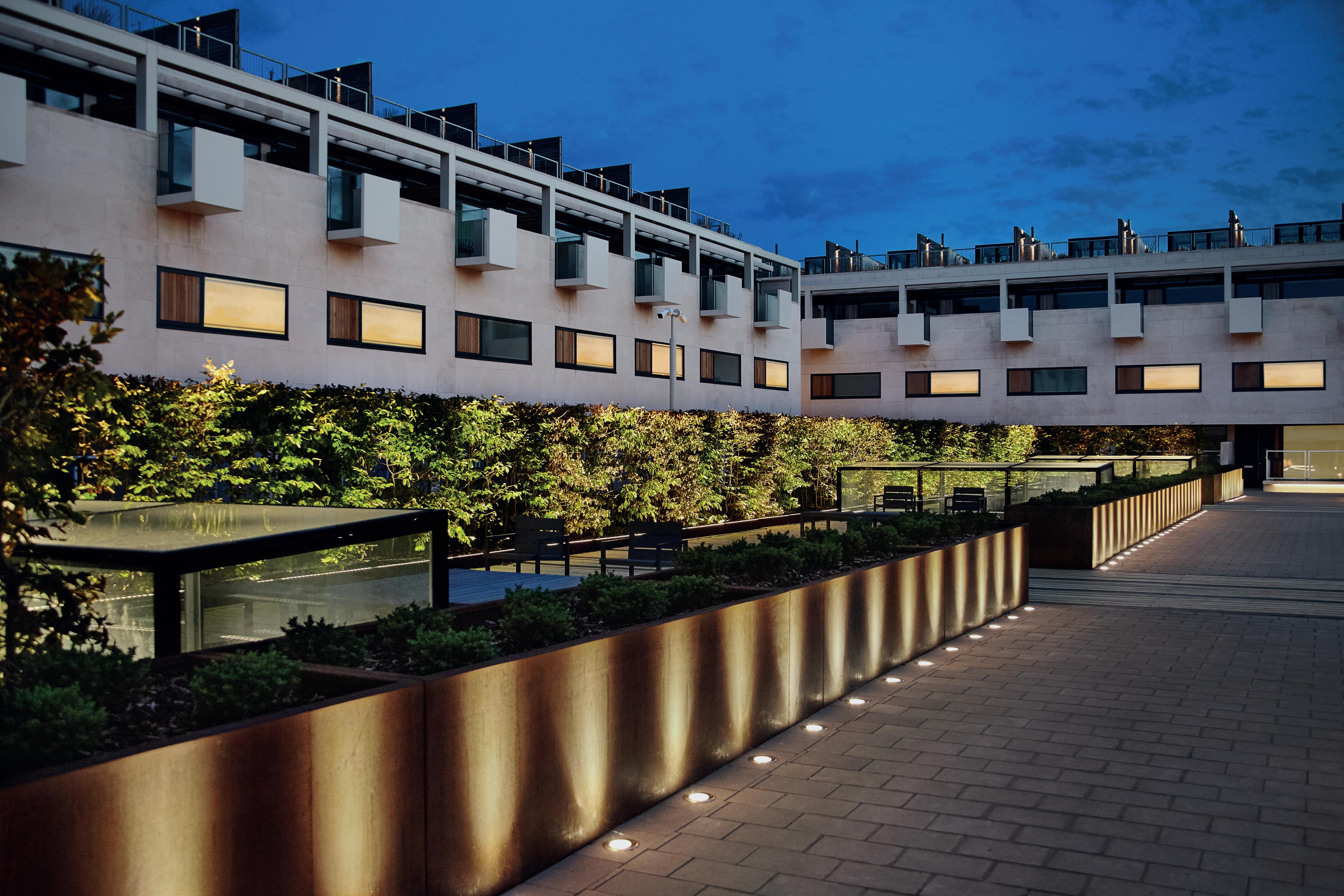
www.theilp.org.uk www.kingfisherlighting.com 01623 415900 | sales@kingfisherlighting.com plcPart of the group of companies Distinctive Products, Outstanding Service
By Aliz Sanduj
As highlighted in the previous article, the Restriction of Hazardous Sub stances Directive (also known as RoHS) is a directive that was adopted by the European Union in 2003.
Being a lighting designer comes with a responsibility towards people, planet and the future; and sustainability ties these ele ments together.
People: good lighting is not a privilege; it should be accessible to everyone. Planet: how we use/reuse materials and how we monitor energy consumption is key. Future: the lifespan of the project and beyond, future development and demands to be considered.
Sustainability is part of all design stages. It should be discussed and included in the preparation and design brief. It should defi nitely be part of the concept design stage, fol lowed by developing the lighting design lay outs, specifications and control philosophy.
It will be discussed when the project is on site and the design integrity might be ques tioned by the contractors. And lastly, when the building is in use, observing how people use the space and additional lighting control tweaks can contribute to a more reasonable scene setting.
This article is going to outline five reasons why I feel we are not delivering fully sustain able projects.
1. NO CLEAR AND SHARED DEFINITION ACROSS THE LIGHTING DESIGN COMMUNITY
One of the main issues the lighting industry is currently facing is that there is no clear defini tion of ‘sustainable’ lighting and design.
About 70% of the definitions solely focus on energy efficiency and natural light. A further 20% of the definitions are way too vague to follow, stating that ‘good’ and ‘sus tainable’ design is simply thoughtful, col laborative, and environmentally responsi ble design. The remaining 10% is a variety of definitions that some consultancies and some manufacturers created for them selves and their audiences.
Therefore, we need to create our own definition and, as such, we need to measure it during the design process.
Sustainable lighting responds to the wellbeing of humans and other living organisms. The design process is to build on the ‘reuse (what is existing), reduce (what gets specified) and recycle (manufacturers to have a take-back scheme)’ principles and to take into consideration the lifecycle of the products specified for the project.
Within this, the embedded carbon foot print is to be kept minimal and all manufac turers participating in the project are to be transparent about their products, their processes and their social values.
Following this definition, a design process needs to be put in place, as allow ing adequate design and modelling time is key to achieving sustainable outcomes.
Daylight integration helps with the wellbeing of all living organisms, as much as reducing the use of energy for utilising electric lighting. Properly sized systems can reduce the use of raw materials and the overall carbon footprint.
Lighting specification integrity is also important. This process and the outcomes need to be measured during the design and after completion. Developing a lighting sustainability chart and a score system for the design process and for the manufac turers within this chart, would help to inform future decisions and the prioritis ing of the valuable points for clients, archi tects, project managers and the wider design team.
Following the definition and the check list, we can divide sustainability into two categories: sustainable by design and sus tainable by specification.
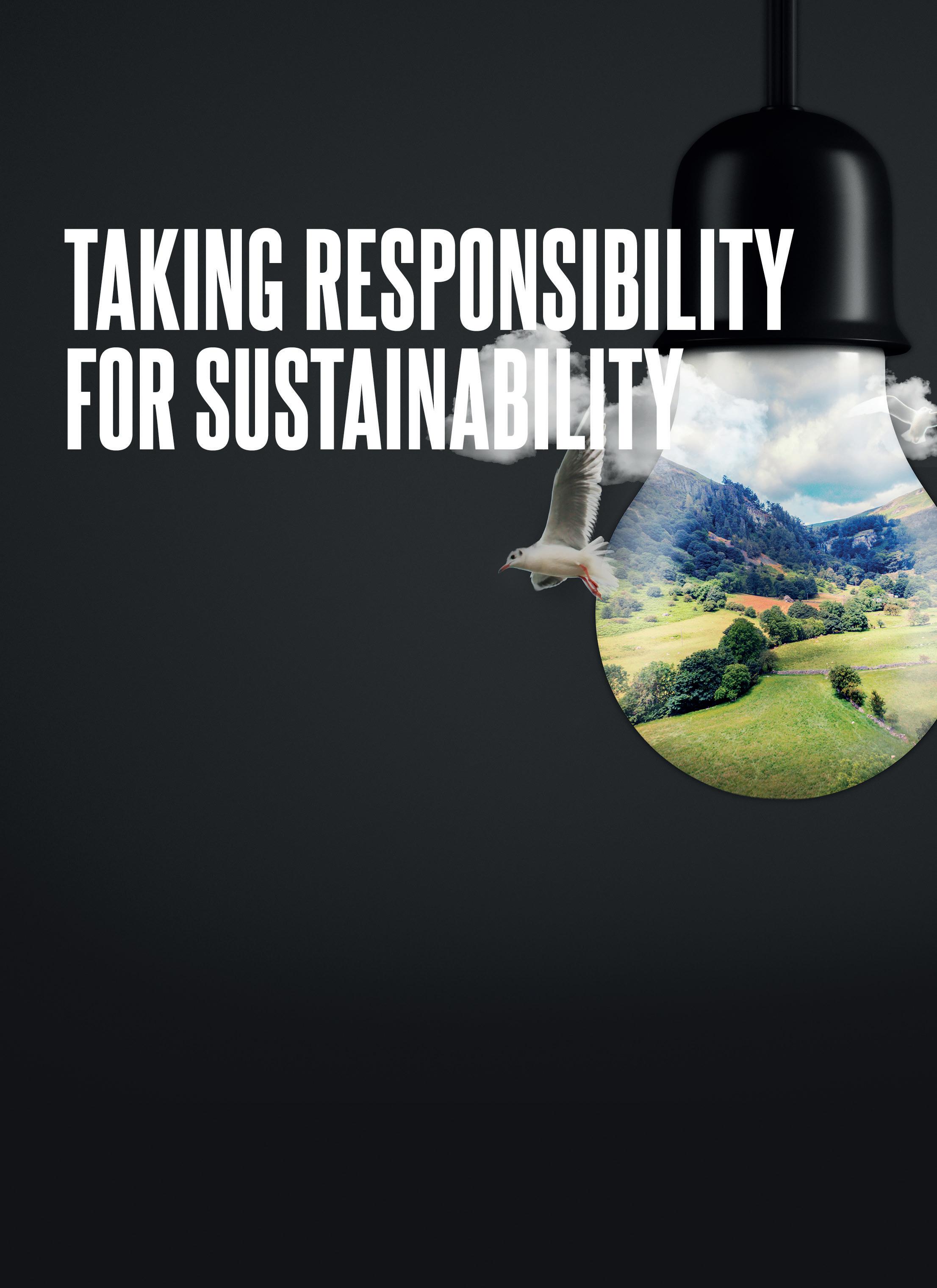
Sustainability should be part of all design stages, including lighting, but too often isn’t. Aliz Sanduj outlines five ways in which sustainability can fall off the design agenda and how to haul it back
OCTOBER 2022 LIGHTING JOURNAL 34
Sustainable lighting
• Sustainable by design – lighting designers. Designers are responsible to make sure sustainability is incorpo rated in the design brief. Designers can improve the overall project efficacy and design for future use and flexible spaces.

Designers are responsible to choose manufacturers that are part of the cir cular economy and provide transpar ent information about their products and processes. This data needs to be comparable, therefore designers need to create a database.
This database and network should be shared and updated regularly. Designers have to consider the end-oflife cycle of their project and products.
• Sustainable by specification – light ing manufacturers. In the last few years lighting manufacturers have really developed and improved their products and processes. They offer repair on site and service warranties; they take back their fittings for reuse and recycling purposes; and they cre ate reusability and recyclability maps for their products.
They design their product families with the same components, so these are compatible across the whole range. They are more aware of their supply chains, and more conscious about their packaging and transportation.
They are monitoring and reducing their carbon footprint. They think about the end-of-life cycle of their product. They are curating and use more environmentally friendly fin ishes, recycle their old finishes, or eliminate the need for finishes by using different industrial processes.
They push the boundaries of efficacy figures. They partner with researchers; they design optics and solutions to reduce light pollution and to protect wildlife.
As designers, we need to create our defini tions. As a community we need to discuss these definitions, to keep challenging these issues, and to create a shared definition.
2. NO RESPONSIBLE PERSON/TEAM TO DELIVER SUSTAINABLE LIGHTING AND DESIGN

In my almost six years of experience in the lighting industry, working on more than 60 projects in total, only two architectural practices had or mentioned a sustainable approach to lighting design.
This means that, in the vast majority of the cases, we don’t get asked to deliver sus tainability. Therefore, sustainable lighting
Figure 2. Showing how many different parties can be involved in the one scheme, making sustainability more challenging
design comes down to the individual designer’s responsibility.
The second most common reason we are not delivering sustainable lighting design is that there is no responsible person or team appointed to do so. From the client through to the wider design team and to the end user, everyone is responsible, yet no one is responsible.
The client is responsible to incorporate sustainability in the design brief. The design team has the responsibility to give feedback and to change this brief if sustainability is not part of it.
If sustainability is still not incorporated in the brief, it comes down to individual design er’s responsibility. The client’s team, design teams and contractors have to have a com mon goal when choosing the manufacturers, and these manufacturers have to be sustainable.
The contractors have to respect the design and specification, while the design teams have to submit clear documentation and product requirements. All manufacturers participating in the project have to be sus tainable and to provide transparent infor mation about their products and processes.
Good communication between the design teams and the manufacturers is key to achieve the best possible outcome for the project. End users have a huge responsibil ity to ask for sustainable projects and to cre ate a demand for clients to fulfill.
There still needs to be an appointed responsibility by the project manager and someone who oversees the design and con struction process to assure that the sustain ability goals are met.
By specifying the right product, we can save on energy usage. For example, on a commercial project in London, finishing in December 2022, we had specified more than 1,000 downlights (fixed, adjustable and IP rated) for 33 rental apartments and communal areas.
The proposed VE downlight by the con tractor had a very similar output, however it consumed more energy. We compared an average yearly consumption in both cases and the difference is significant, more than 5,000 kWhr/year compared to almost 9,000 kWhr/year. The bigger the scale of the project, the greater this difference gets.
The specified downlight (figure 1 above) uses two-thirds of the energy of the VE
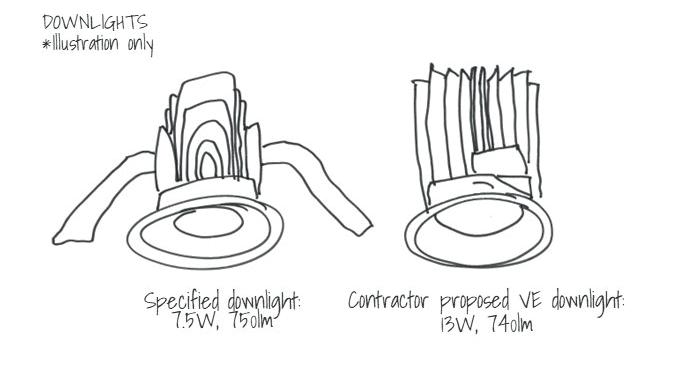 Figure 1. Sketches of the two specified downlights
Figure 1. Sketches of the two specified downlights
www.theilp.org.uk OCTOBER 2022 LIGHTING JOURNAL 35
Sustainable lighting
Figure 3. On this scheme, only three out of 459 previously installed fittings were able to be reused
option proposed by the contractor.
The capital saving is totally offset by greater inefficiency. If we compare these two numbers for approximate consump tion per year, we can see that more than one-third of the energy can be saved if we choose the right specification. The benefits are even higher as this energy does not need to be produced.
Having no responsible person/team to deliver a sustainable solution, this decision came down to a simple price comparison.
As designers, we need to take on the indi vidual responsibility to design sustainably, we need to get appointed and incorporate sustainability in our scope of works.
Issuing adequate documentation helps to back up the design and it helps the wider team to understand our processes and goals. As a community, we need to create standards and benchmarking to help designers to deliver these projects.
3. GAPS IN COMMUNICATION (AND WITHIN DIFFERENT TEAMS)
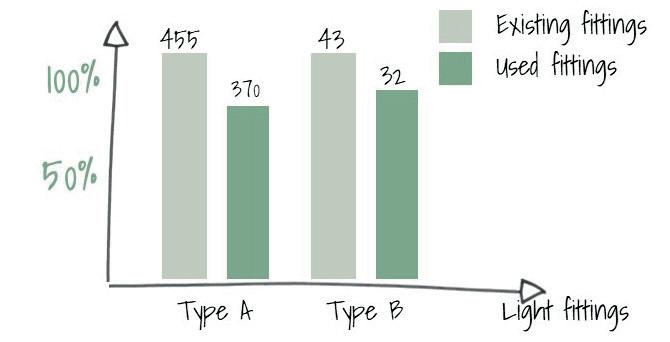
My most used word in 2021 was ‘sustaina bility’ yet we were not delivering fully sus tainable projects.
Part of the problem is also the corporate hierarchy; when the information is not
Figure 4. An example of more successful sustainable approach, with 75% to 80% of the existing lighting system able to be reusedeasy rearrangement of light fittings
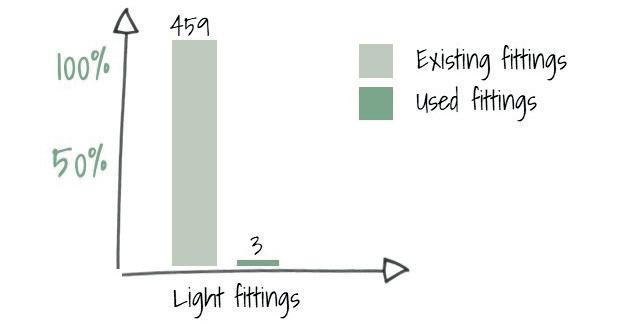
communicated correctly, or it gets missed along the way. Similar issues also present when more than one lighting designer or engineer gets involved on the same project.
Unless there is someone appointed with responsibility to assure a sustainable out come, and unless there is a good communi cation between the teams, this project is unlikely to become sustainable.
For example, as figure 2 on the previous page shows, an office that we were involved in designing had eight different parties specifying lighting: shell and core; lighting design scope of works; engineer scope of works; existing lighting specified by others; decorative lighting by the interior designer; meeting room lighting by the pod manufac turer; joinery lighting by the joinery con tractor and lifts by the lift manufacturer.
There was no appointed responsibility for the overall lighting scheme and no com munication established between these par ties, therefore this project is unlikely to be sustainable as a result. This project is due to be finishing this month (October 2022).
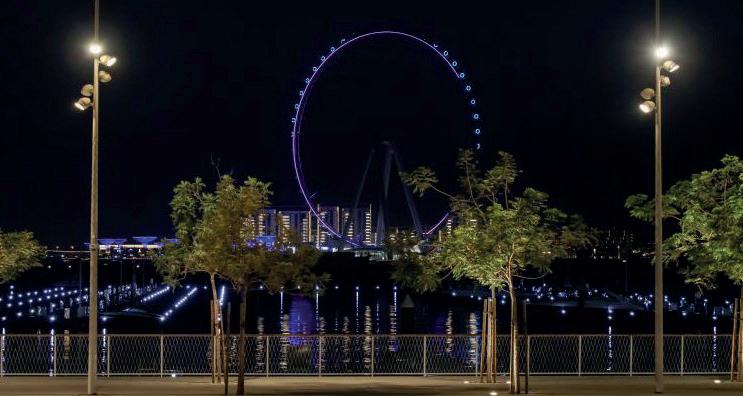
As designers, we need to transform the hierarchy within these groups to a circular, team discussion to minimise misunder standings and to avoid missing information.
As a community, we can create and share templates and documentations so there is a clear guideline on how to deliver sustaina ble lighting design.
4. NO REAL-TIME SHARED DATABASE
Offices are changing. The use of offices is changing. We can no longer design with light levels and uniformity only. We can no longer design for universal spaces.
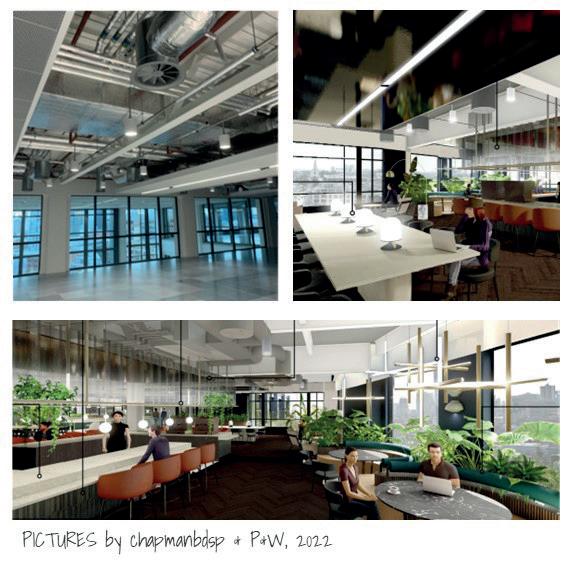
I was involved to design an office in a new built development in London, RIBA stages 1-6, finished in April 2021.
Only three fittings got reused out of 459 fittings installed previously, which is less than 1%. The manufacturer did not have a take-back scheme and advised us to use them as spares.
The contractor contacted lighting designers and charities but, after storing them for a few months and unsuccessful results, they disposed of them. This is illus trated in figure 3.
Another office design, finishing again this month (October 2022), was more success ful in terms of reusing existing fittings.
We have managed to reuse 75%-80% of the existing lighting system. However, this presented with additional challenges. The existing lighting layout, colour

OCTOBER 2022 LIGHTING JOURNAL www.theilp.org.uk 36
Different by design
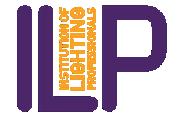

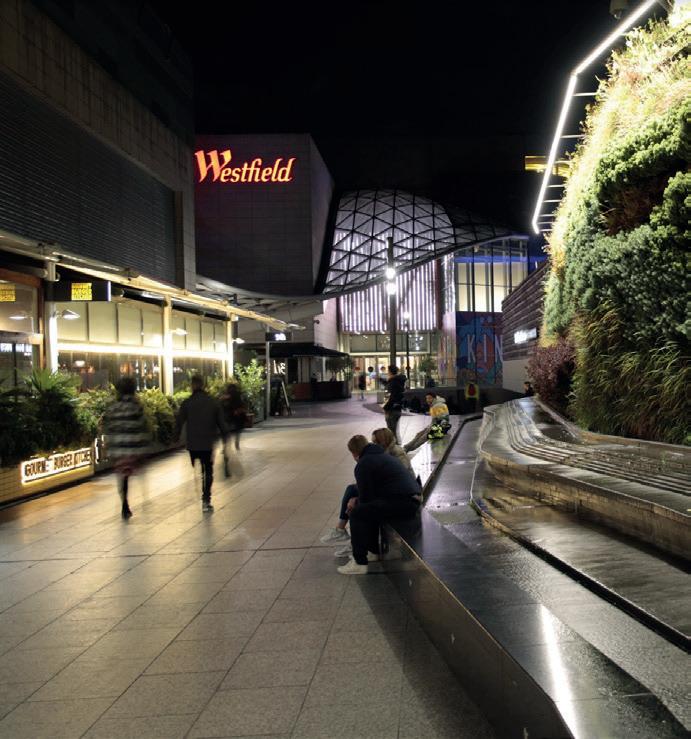
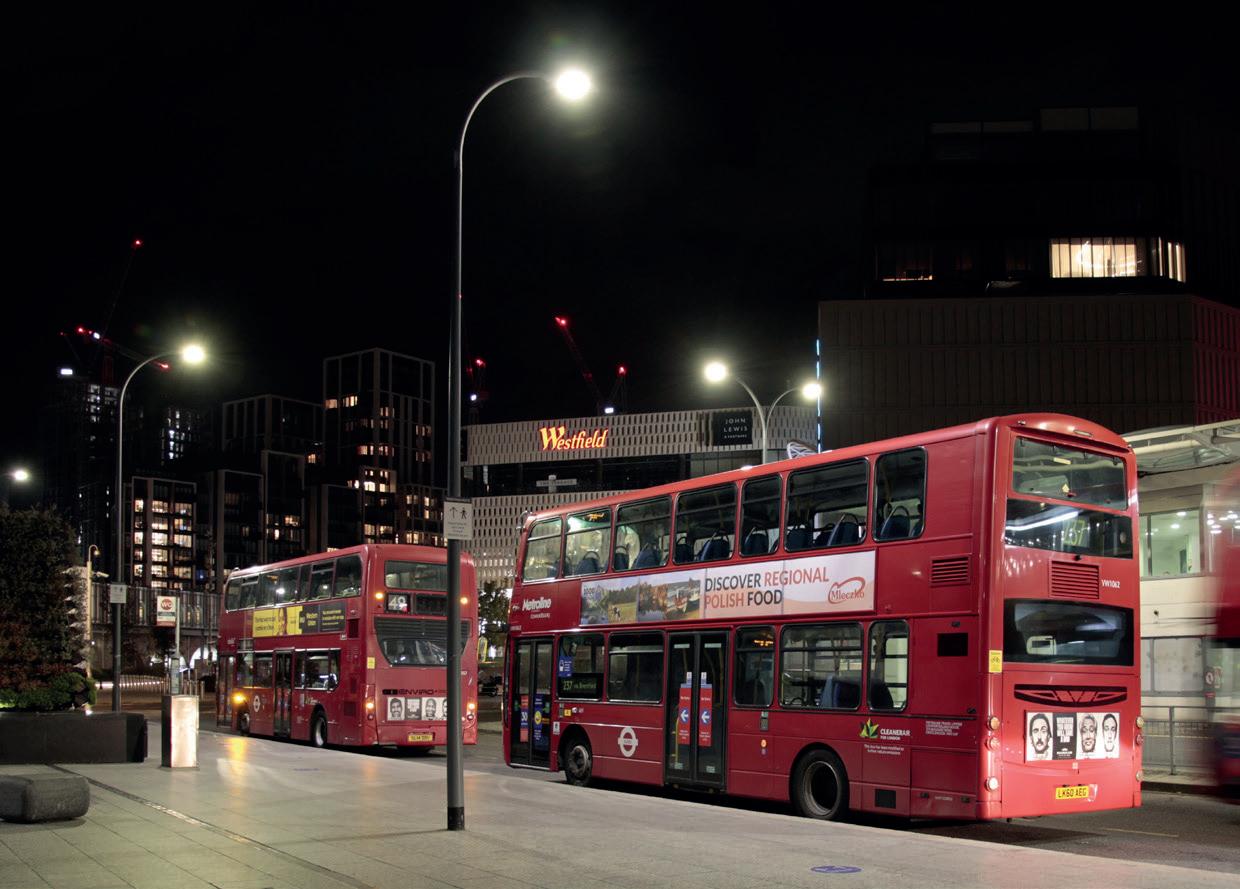
Trusted by big brands, such as Westfield and the sole UK distributor for Eclatec exterior lighting and street furniture. We believe in quality lighting but more importantly quality service. To learn more about how we’re different, visit our website or for a competitive quotation - give us a try! hello@weareeos.com weareeos.com +44(0)203 633 4366
we are eos Premier Member Advertorial
Sustainable lighting
temperature, control system and manufac turer limited our sustainable approach.
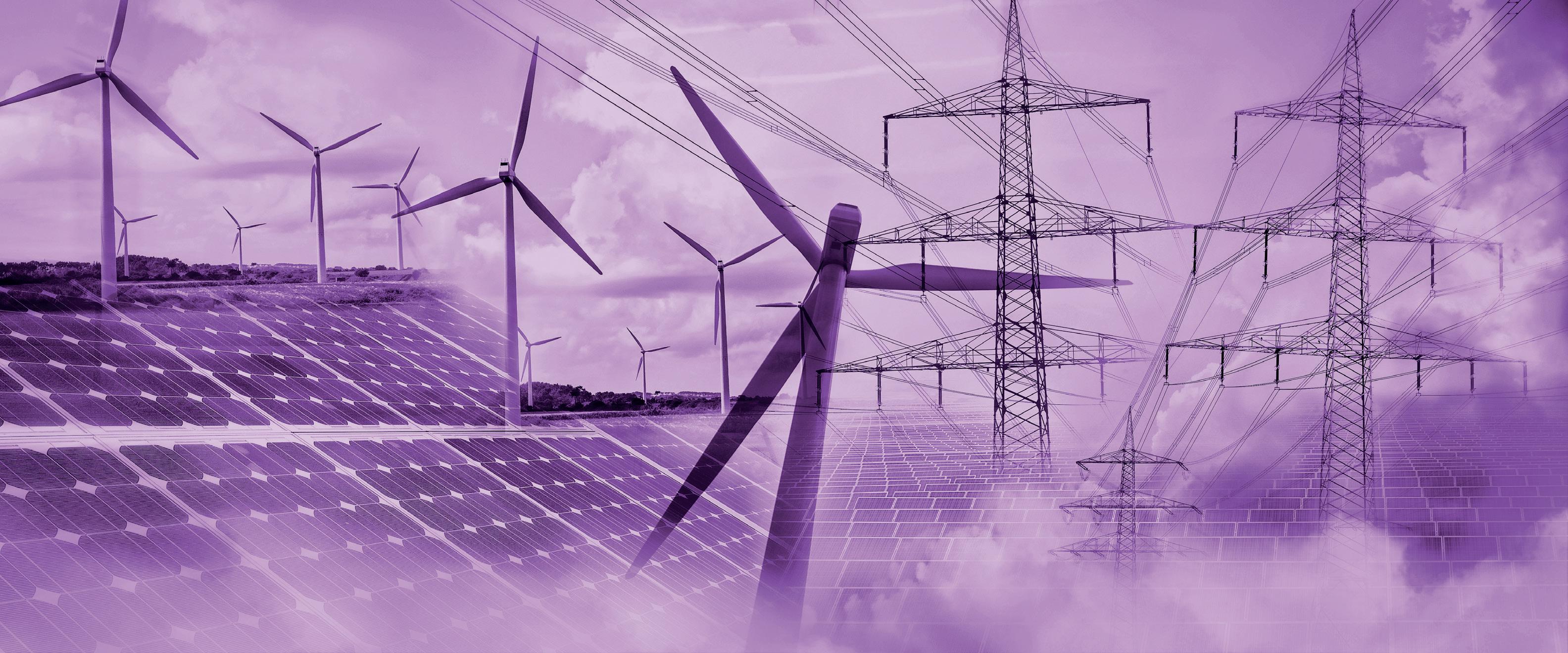
Also, specifying a stand-alone additional lighting scheme meant that the existing fit tings could not be fully reused and the addi tional lighting system is over specified. This is shown in figure 4 on the previous page.

If we could have had a shared live data base with projects across the lighting indus try, location, lighting specification and quantities we could have reused these fit tings for a different project.
To successfully tackle this issue, we therefore need to create a network of designers, projects and luminaires. How we access, use and learn from this data is also crucial in order to make informed decisions for future applications.
After also analysing the two examples above, with all the failures and the improve ments, we came to the conclusion that the root cause of the problem was the lighting installed in the first place. Unless we tackle this and we design for the future, the issues above will always present themselves.
A good example is when a space is designed for flexibility. Figure 5 shows some initial designs for part of a London office headquarters. We were presented with five different configurations to design for.
Not only the physical space changes but also the use of the space can different. Designing this way, we can really factor in future use and provide for a more flexible environment. Providing controllability and allowing for easy rearrangement of the light fittings if key to fulfill this brief.
5. NOT ENOUGH BUDGET
Sometimes sustainability comes down to budget constraints. The only solution suc cessfully to tackle this obstacle is to know the budget and to prioritise this budget.
Delivering a sustainable project requires more design time and, in return, it can save on product specification and energy consumption.
For example, taking some steps towards sustainability can save as much as 50% on

product prices, based on the information shared with us by a manufacturer in the UK. The company has done some modifica tion with its product; its component count went from 31 to 18, while the types of mate rials it has used decreased from six to three. This not only has environmental benefits and savings on raw materials, it reduces the manufacturing and disassembling time of this product. This is illustrated in figure 6.
Another example of cost saving on the project is reducing energy consumption by using well-designed controls and strategy.
An exterior tube station development project was specified with eight scenes overnight to respect the location and usage, and the long period of dawn and dusk.
In addition to an exciting, ever-changing and responsive environment, using differ ent lighting scenes saves approximately a third of the energy compared to the all-ON and all-OFF scenario.
In addition to a photocell, the lighting scenes followed the sunrise and sunset graphs in London, combined with the time table and peak hours of the tube station specified by TfL (Transport for London).
There are many ways to improve product specifications and to also keep within a
limited budget. The right solution comes down to how project managers and design ers prioritise and define what is important for that specific project.
As a lighting design community, we need to keep adding values to projects and to show the difference we can make when it comes to deliver sustainable projects.
CONCLUSIONS
To conclude, everyone has a part to play to deliver sustainable projects. Clients should be accountable for their projects. Designers should be accountable for their designs.
The design team should work towards the same goal. Manufacturers should be accountable for their products. We as designers and as a community need to keep challenging and improving the way we deliver projects.
Aliz Sanduj is a lighting designer at chapmanbdsp
Figure 6. How one UK manufacturer is moving to a more sustainable approach
Figure 5. Highlighting the importance of controllability and easy rearrangement of light fittings
OCTOBER 2022 LIGHTING JOURNAL www.theilp.org.uk 38
ILP SPECIAL EVENT ON THE ENERGY CRISIS THIS NOVEMBER

This will be a one-day event supporting asset managers, street lighting engineers, public realm designers and energy managers to navigate the energy crisis with competence and professionalism. Full details on the venue and date will be announced shortly.
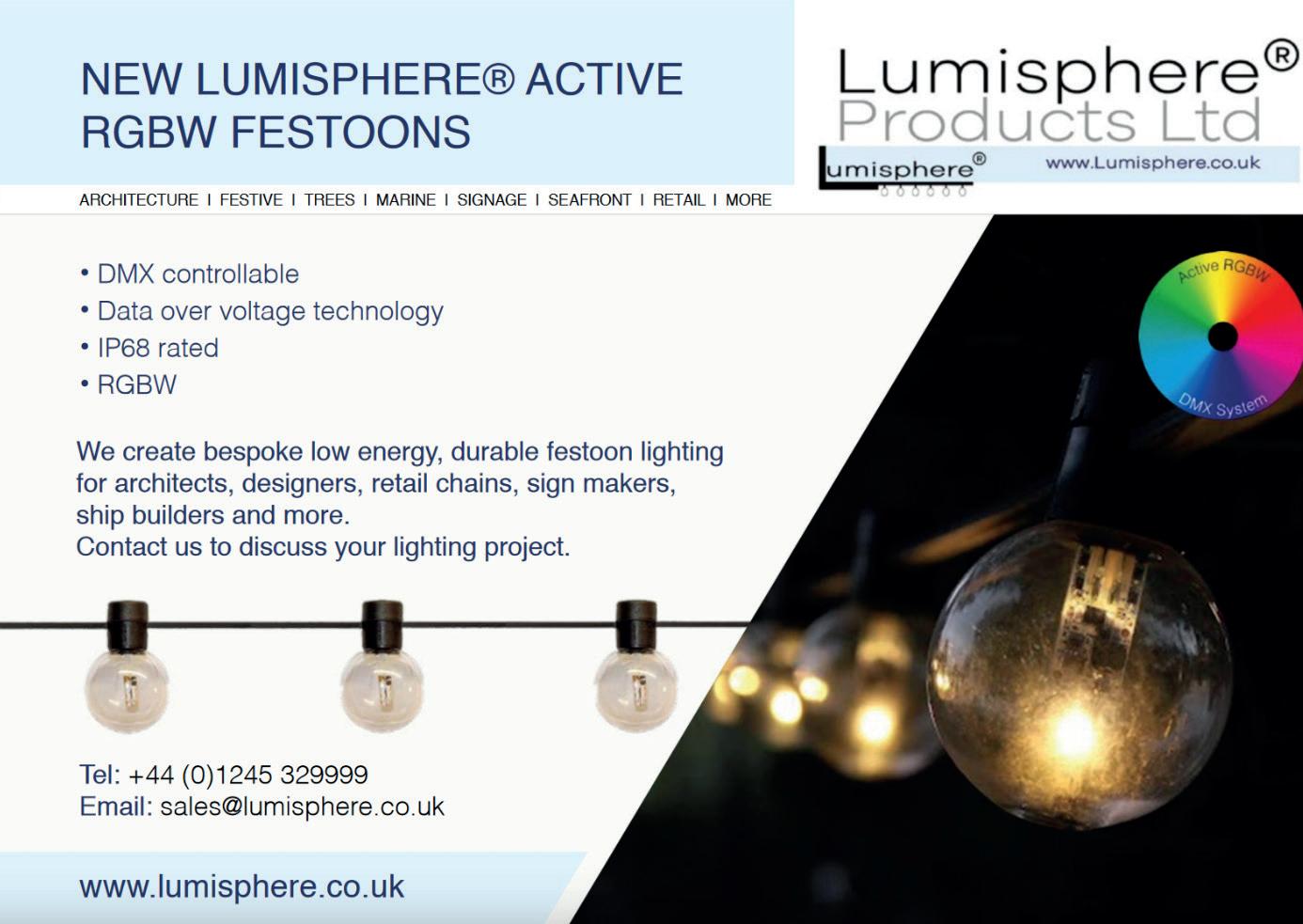
To be put on the guestlist or find out more, please email diane@theilp.org.uk

SPECIA D EV E TNEPS C I AL C VENT • Special CPD Event
‘LOCAL AUTHORITY LIGHTING: ENERGY CRISIS QUESTIONS AND ANSWERS’
GREEN FOR GO
From ‘walking the talk’ through to revisiting your specifying and applying a proper waste hierarchy, there is much that lighting companies can be doing – right now – to become more sustainable
By Nigel Harvey
The move from traditional light sources to LED means that lighting has had a significant impact on reducing carbon emissions. But there is so much more the sector can do to help tackle the climate emergency.
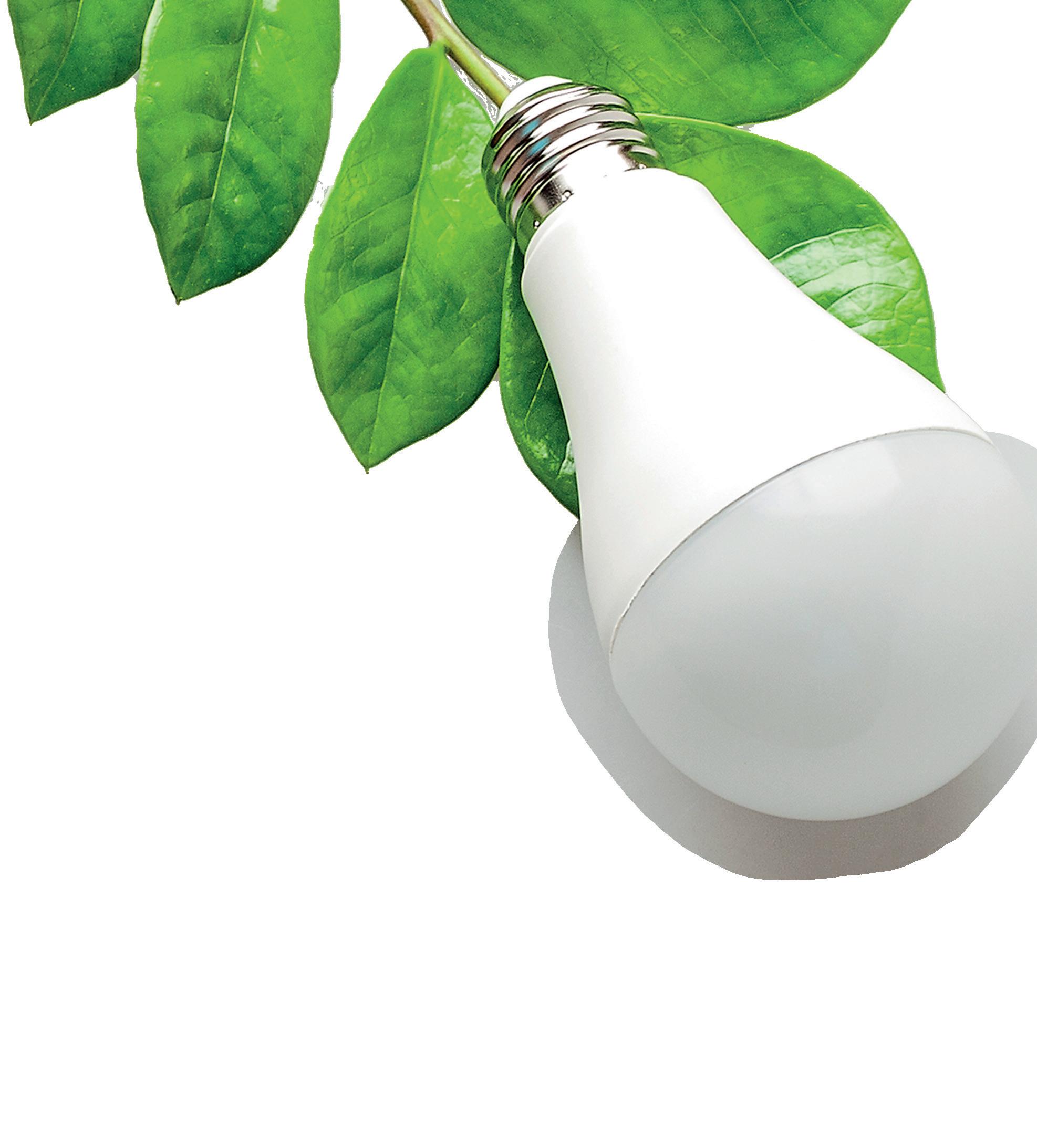

1) APPLY THE WASTE HIERARCHY
We should all relentlessly apply the waste hierarchy: reduce, reuse, recycle – and in that order.
For example, greater use of daylight to reduce the number of fittings needed – or indeed to eliminate them in some locations. Prioritise the reuse and refurbishment of old fittings – for example can those T8 fittings be upgraded to LED, rather than disposing of the whole fitting?
Do, for instance too, those T5 fittings really need to be replaced? Can they be used for longer?
Only recycle when all else fails – recycling loses most of the embodied carbon in a light
fitting. It is rightly at the bottom of the waste hierarchy.
2) SPECIFY REMANUFACTURED OR REUSED LIGHT FITTINGS
Some third parties, including original manu facturers, now remanufacture lighting prod ucts by receiving used product which they then upgrade.
These upgrades can sometimes be per formed in situ, without the need for the fit tings to return to a factory. That means the fittings and or their housings themselves can be kept in service. That in turn improves material efficiency and should avoid the loss of much of the embedded carbon.
A lighting specific version of standard BS8887 is currently in development. It will help producers to remanufacture products in a consistent manner and give customers the confidence the remanufactured prod ucts are compliant and fit for purpose.
One of the biggest barriers to reuse is the
perception that customer demand is limited. So the more companies include this as an option in their purchasing criteria, the more we will see producers offering remanufac tured product.
3) BUY FROM COMPANIES THAT ARE COMMITTED TO NET ZERO
When specifying new fittings, include a requirement for demonstrable commit ments to net zero in the purchasing or ten der criteria. Even better, give that require ment a visible and material weighting in the bid assessment process.
It is important to check that any such claims are credible so there are a number of ways of checking the reality of the claims:
• Is there visible commitment to the pol icy from the top of the company?
• Has the company set short-term plans, actions and targets, not just a long-term ‘net zero by 20X0’ target? We should all beware of the ‘net zero by not within my term of office’ ploy that sidesteps any immediate actions.
• Check the extent of the target. For example, many companies have a target for 2030, but with a disclaimer that it only covers scope one or two. But for most, the scope three use phase is by far the most dominant impact.
• Is the company’s net zero performance
OCTOBER 2022 LIGHTING JOURNAL 40
regularly assessed by an independent third party?

• Has the company any lifecycle assess ment data for its products?
• To what extent does the company rely on carbon offsets? Offsets should only cover absolutely unavoidable, irreduci ble carbon emissions. And even then, they don’t really work. If the company does use offsets, do they have a plan to reduce reliance?
4) LOOK OUT FOR ‘GREENWASH’

As environmental requirements expand, and the desire of customers to specify ‘green’ products increases alongside, so the risks that some companies will attempt to green wash themselves and their products also increases.
It is important to be alert to greenwash, to ensure that purchasing decisions are made on sound criteria. Examples of greenwash, or misguided environmental strategies include:
• Excessive reliance on carbon offsets.
• Using biodiesel or similar to fuel deliv ery trucks. Such fuels still get burned and release CO2, and often displace much needed food crops.
• Using wood incinerators for energy/ heating. Again, this still releases CO2, and still helps to drive the climate crisis.
Conversely, examples of strategies that evi dence real commitment to the green agenda include:
• Companies that buy all their energy from non-carbon sources (for example, solar/PV/nuclear).
• PV (photovoltaic) panels installed on the factory roof.
• Staff and management incentives include carbon emissions reduction targets.
• Credible, short-term plans to transition any fleet to 100% electric vehicles.
• Purchasing policies prioritise suppliers already decarbonising.

5) EMBRACE THE CIRCULAR ECONOMY
When specifying new fittings, include demonstrable commitments to the circular economy in the purchasing criteria.
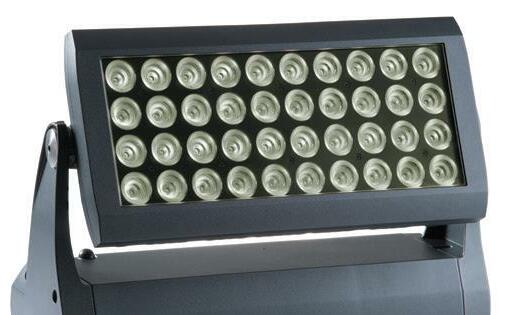
Currently, the best way of incorporating this is probably to reference SLL/CIBSE’s TM66 specification [1]. The specification scores a product group against a range of cri teria to show the extent to which it embeds circular economy principles.
It is currently in beta release, and some of the criteria cannot be reliably and objec tively assessed, but it is close. When final ised, TM66 should make it much more straightforward for specifiers to compare the ‘circularity’ of lighting products.
6) STEP UP YOUR RECYCLING
As already discussed, recycling is at the bot tom of the waste hierarchy. It should be con sidered only when other options have failed.
So it is important to purchase from light ing producers committed to applying the waste hierarchy and to proper recycling. For example, is the producer a member of a WEEE scheme (such as Recolight) which
Sustainable lighting

offers free of charge collection from its members’ customers (subject to appropri ate criteria), and which looks for reuse options before the decision is taken to recycle?
7) WALK THE TALK
All companies – lighting producers, whole salers, contractors, and end users – should apply environmental criteria to their own operations. All must play their part, for example:

• Purchasing energy from non-carbon sources.
• Considering remanufactured or reused product (for example IT or furniture) when purchasing.

• Look to repair before buying new (for example mobile phones).
• Stop automatic upgrades of products such as IT or mobile phones.
• Have travel policies that minimise the use of air and vehicle journeys.
• Zero waste to landfill in manufacturing facilities.
• Timebound commitment to phase out plastics from packaging.
8) FINALLY – LEADERSHIP AND EMPLOYEE ENGAGEMENT
It is arguably the duty of every person in a leadership role in any organisation to talk about the scale of the climate crisis – and what staff can do to respond.
The science tells us this is, by far, the big gest threat facing humanity. It is everybody’s duty to communicate that clearly and unam biguously to their colleagues in business.
Sustainability should never be a ‘bolt on’ to existing roles. We should all ask how we can do our existing job more sustainably. We can all make a difference.
OCTOBER 2022 LIGHTING JOURNAL 41
Nigel Harvey is chief executive of Recolight
[1] ‘TM66 – Creating a circular economy in the lighting industry now available’, Cibse, November 2021, https://www.cibse.org/policy-insight/news/tm66-creating-a-circular-economy-in-thelighting-industry-now-available
anolislighting.com HIGHLIGHTING OUR HERITAGE LIGHTING SOLUTIONS FOR HERITAGE BUILDINGS DIVINE™
CIRCULAR SOLUTIONS
Year by year, climate change is having an increased impact on the world we live in, our health and wellbeing and ultimately the way we live our lives.
We cannot continue along this current path if we are not only to enjoy today but also provide a sustainable future for the genera tions that will follow us.
We must lead the way in embedding the circular economy principles to tackle global challenges such as climate change, biodiver sity loss, pollution and waste.
The natural resources of our planet that are consumed and embodied in almost everything we do, see, make and appreciate. They will not be here forever, especially without a continued and significant change to what has historically been deemed ‘cur rent practice’.
Nowadays, sustainability is a topic that is far more than just about energy saving. Ulti mately, environmental sustainability comes down to core facts – our responsibil ity to conserve natural resources, protect global ecosys tems and to support
Switching to LED and prioritising circular economy approaches are not by themselves going to solve either the current energy crisis or climate change. Nevertheless, they can still make an important difference, even in a challenging environment such as tunnel lighting.
health and well being, now and in the future.
By Ross Evans
Since my previous article in the July/August 2021 edition of LightingJournal (‘A new tunnel vision’, vol 86 no 7), there has been an abundance of papers delivered at seminars, workshops created, online discussion forums attended and all with the common theme of sustainability and circular economy at the heart of the sub ject matter.
Of course, there are differing opinions and approaches to the challenges that are pre sented to all of us, both personally or in our working lives.
CIRCULAR ECONOMY APPROACH
Last year’s article looked at how we at TRT had successfully used circular economy approaches in an LED refurbishment for a network of tunnels at Heathrow Airport, in the process replacing more than 4,000 sodium lamps with LED technology but, critically, reusing the existing luminaire carcasses.
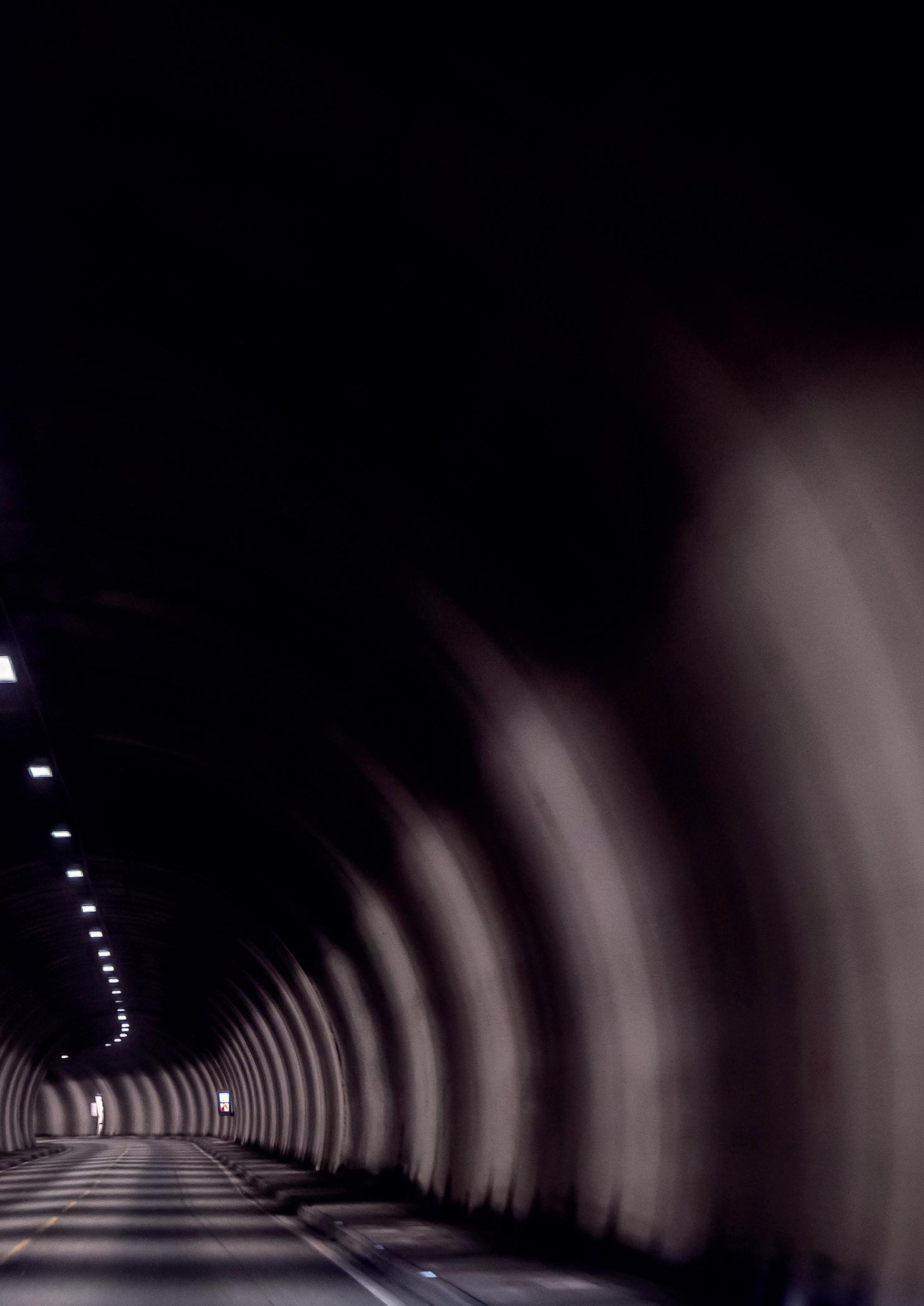
Since then, we’ve been continuing to work hard on both our operational business sus tainability targets and achievements as well as on the products we develop.
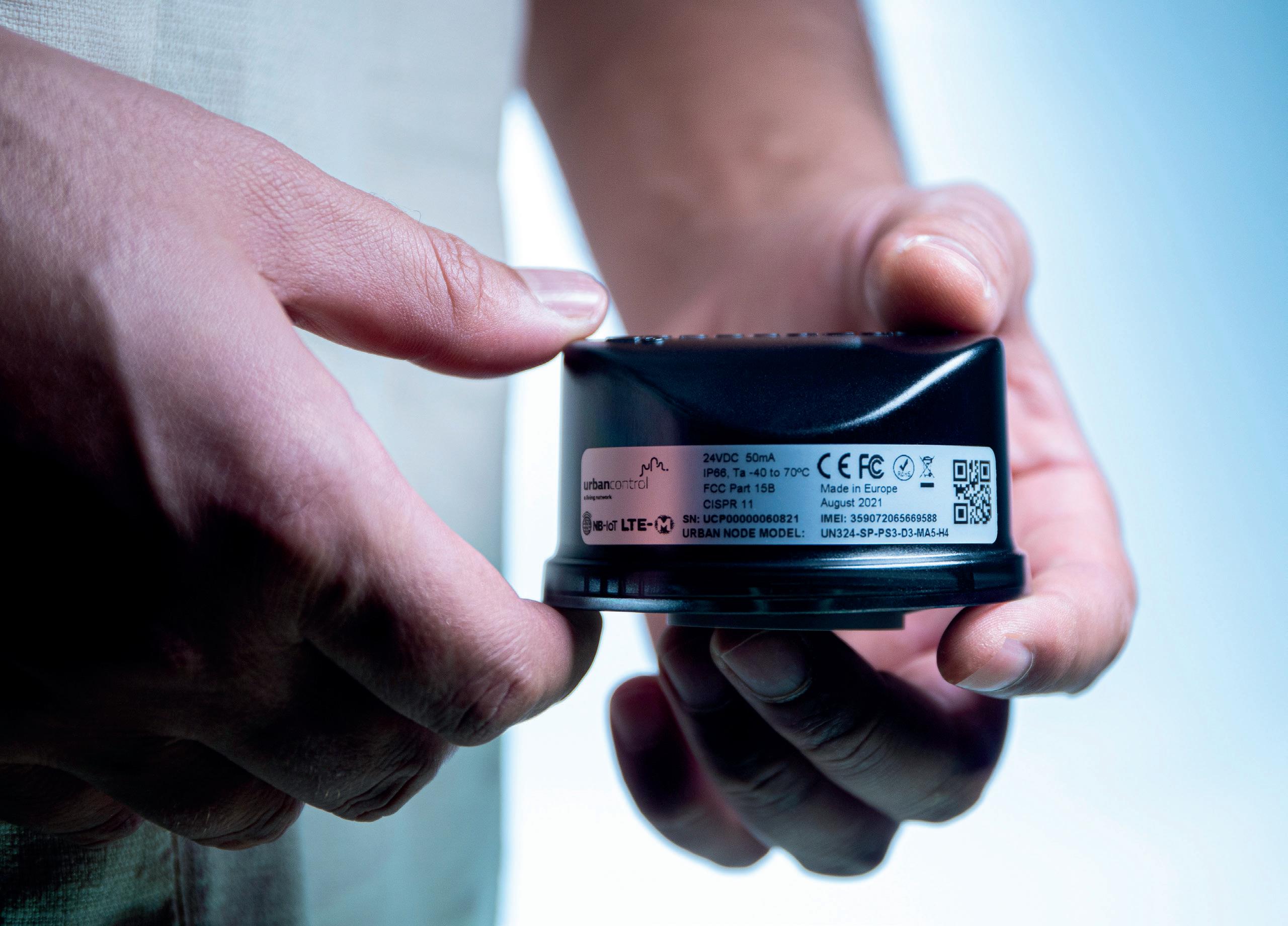
Tightened budgets, asset delivery for public use and, now, energy consumption awareness and ris ing energy costs are of course further key factors of increas ing importance when it comes to driving sustainability.
A good example of this approach in practice, especially how more efficient lighting can be one way to mitigate against rising energy costs, has been in our recent work to refur bish the Holmesdale Tunnel on the M25.
PROJECT OVERVIEW
The Holmes dale Tunnel is situated on the northern stretch of the M25 and is approximately 684m in length.
The tunnel itself is of a cut-and-cover nature, first constructed and opened in 1984 and is designed to carry multi-lane dual carriageways through an existing residential area of north London.
The original lighting installation was first refurbished in 2010, some 26 years after the original opening of the tunnel and, at the time, LED light ing technology for this type of applica tion was in its infancy and not consid ered viable.
The 2010 refurbished installation, therefore, again used high-pressure sodium lamps and control gear for all light ing levels with the varying demands for the daytime boost lighting being accommo dated by switching lamps on and off in stages. This introduced some ‘mild’ energy savings over the original installation.
Since the first refurbishment was under taken, advances in LED technology have of course experienced an exponential rise in terms of significant improvements in
OCTOBER 2022 LIGHTING JOURNAL 42
Urban Control Connecting Spaces
The Urban Node 324 Cellular simply plugs-in to a standard Zhaga socket and connects over the latest cellular networks designed for the Internet of Things (IoT) NB-IoT and LTE-M.


These networks offer far greater signal penetration than regular 4G, so they can connect streetlights in any setting
With no network to deploy and scaling from a single luminaire to full authority wide deployments, the plug-and-play solution brings carbon and energy saving benefits to your intelligent lighting projects and new builds.
Get in touch today at urban-control.com

www.theilp.org.uk Connected Highways
Sustainable lighting: tunnel lighting
thermal management and increases in lumi nous flux.
These technological advances, as seen and implemented in many UK road tunnels to date, meant that a further refurbishment was felt to be viable, even though the tunnel was only 12 years into the projected 20-year lifetime of the previously refurbished system.
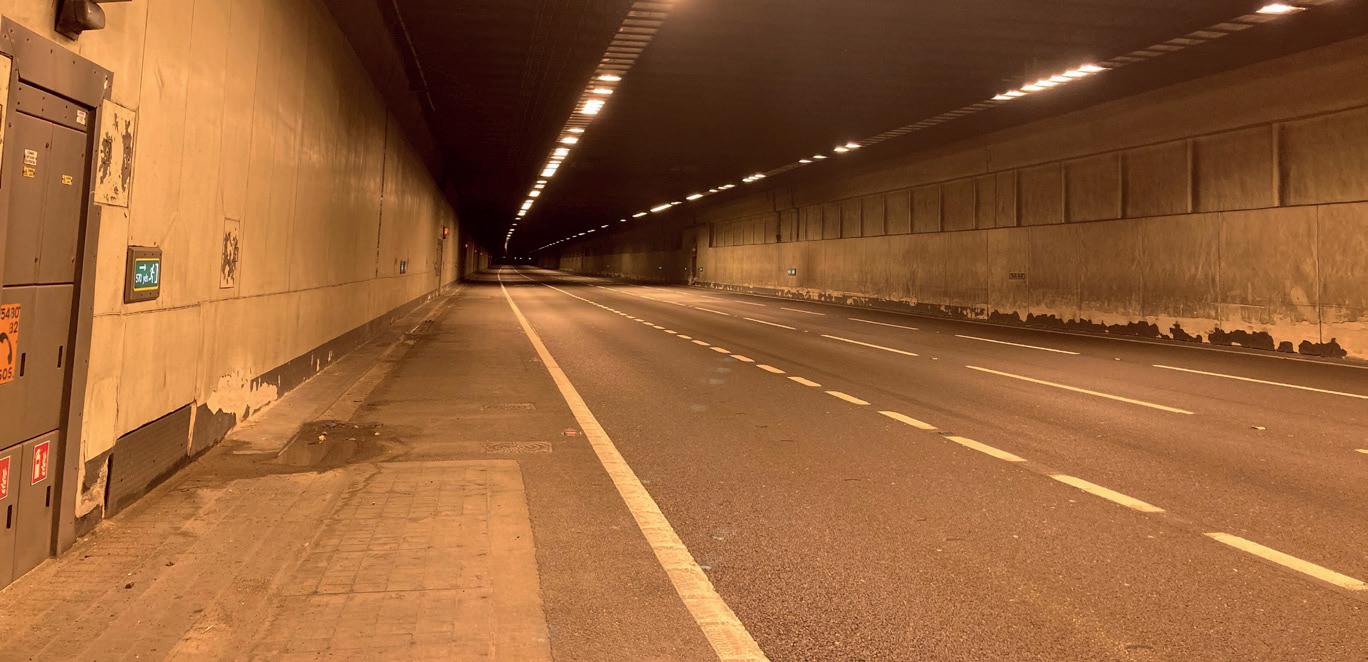
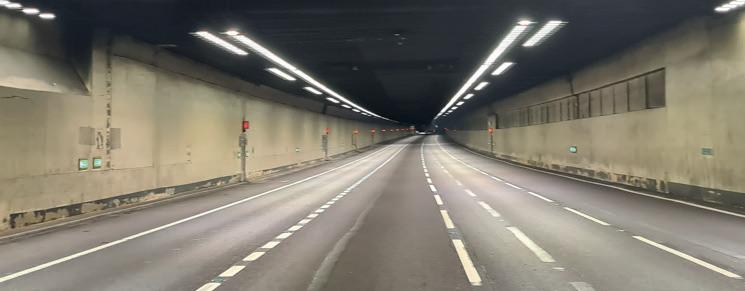

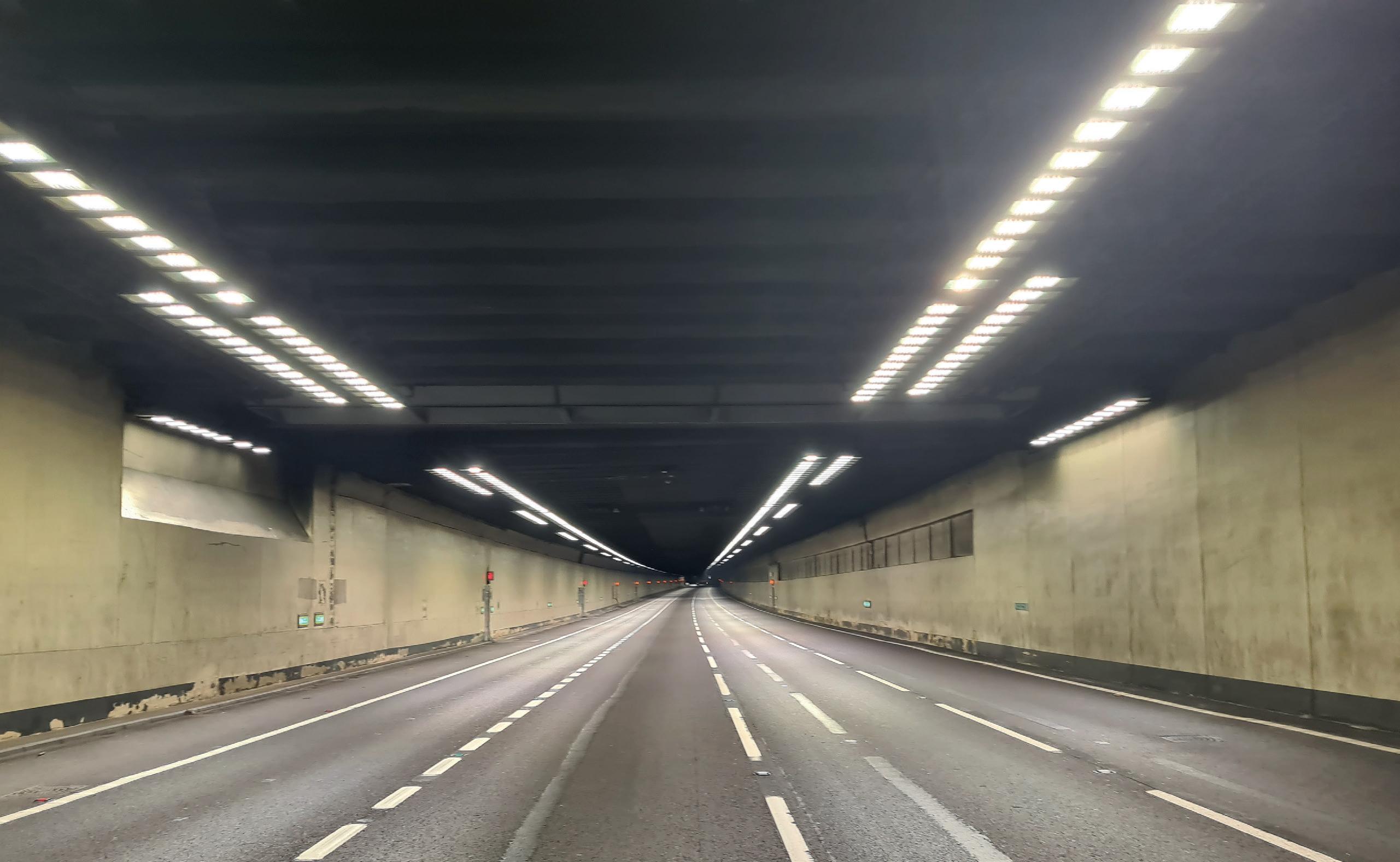
It was recognised that switching to LED could bring with it significant commercial and operational benefits, benefits that could be realised almost immediately.
PROJECT SOLUTION
We were appointed to develop a new, com pletely bespoke LED retrofit solution, which was designed to replace the high-pressure sodium lamp-and-gear combination within the existing competitor luminaire carcasses, which were deemed mechanically sound and still fit for purpose.
This allowed the tunnel installation to be easily converted to a modern and highly effi cient LED solution without the excessive and sometimes prohibitive expense of a complete lighting refit.
The LED technology used in the retrofit units was rigorously tested within our labo ratory facilities to ensure that, prior to the overall installation being started, the ther mal operation of the electronics, the photo metric performance enabling delivery of light to the road and wall surfaces, and the efficacy and projected lifetime requirements all achieved the best possible results.
All testing was conducted with the com plete system mounted inside the exact exist ing luminaire housing currently installed within the tunnel.
From an operational perspective, all the 2,600+ retrofit LED trays and light engines were integrated with, and controlled by, a new DALI-based lighting control system, so allowing the multiple light levels in the tun nel to exactly match the required lumen delivery demand.
During daytime, when light demand in a tunnel is at its highest, all LED light engines remain illuminated in their ‘boost’ mode. However, they can also be dimmed to the required output according to the external ambient portal luminance.
This provides excellent uniformity levels across the carriageway while also negating the large inrush currents on the electrical network, which are prevalent with tradi tional switch-staged tunnel lighting systems.
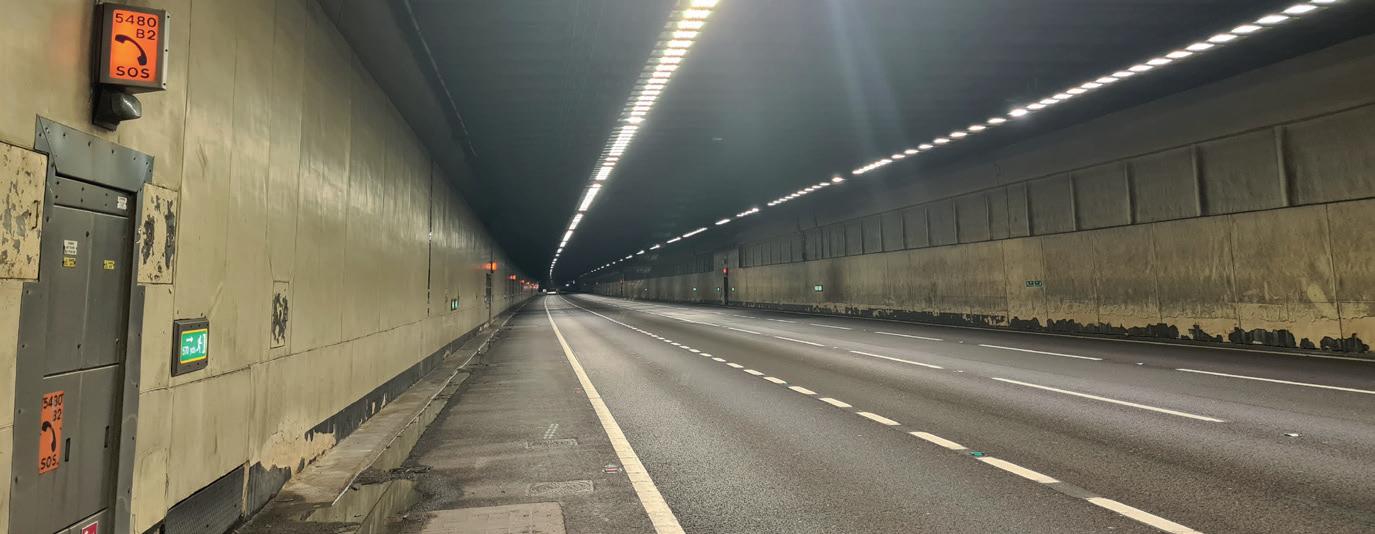
COMPARING PERFORMANCE
When comparing the before and after LED refurbishment scenario, based on a like-for-likeoperational cycle throughout the year, the annual energy savings and, of
course, CO2 reductions are projected to save more than 60% of the high-pressure sodium system previously in operation.
Even prior to the global energy price increases we are currently experiencing this presented a payback against the lighting sys tem capital outlay of fewer than three years.
However, with the projection for further energy price increases over the coming months, this could potentially be reduced to as little as one year.
In addition to the energy and environ mental saving achievements of the LED ret rofit, the physical elements of prolonging the operational lifetime of the lighting system and significantly reducing the maintenance cost cannot be ignored.
This includes all of the operational and cost benefits this refurbishment has achieved. For example, the reutilisation of the existing luminaire housings was a signifi cant factor during the whole process,
ensuring that the waste element of the pro ject was reduced to just the correct disposal method of the redundant lamps and control gear components.
We all understand that switching to LED and prioritising circular economy approaches are not by themselves going to solve either the current energy crisis or cli mate change. But they can and do help.
The Holmesdale Tunnel project has also shown that, even in a challenging lighting environment such as tunnels, it is eminently possible to successfully deliver a lighting sys tem that embraces the circular economy ‘3Rs’ of reuse, repurpose and renew.
Ross Evans is managing director of TRT Lighting
The Holmesdale Tunnel on the M25 showing (above) the old lighting scheme and (below) two views of the new LED retrofit solution
OCTOBER 2022 LIGHTING JOURNAL www.theilp.org.uk 44
Specialists in tunnel lighting

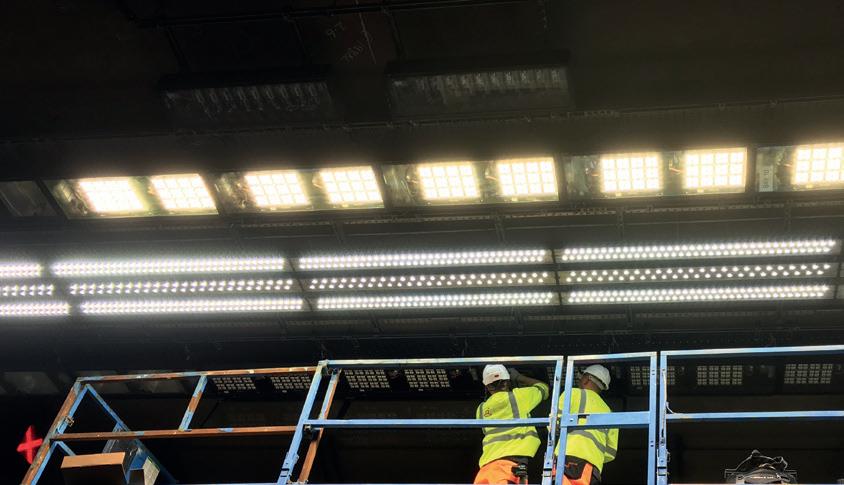

From new installs to

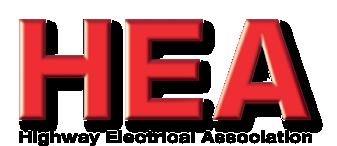
Before After
The principle aim of road tunnel lighting is to provide an illuminated section of covered road irrespective of the time of day or night, allowing the safe passage of vehicular traffic. We do this using our range of specialist tunnel LED lighting technology




Full project management

In-house and on-site
The ability to deliver
With budget constraints, ageing assets and the drive to be more energy efficient, the TRT Lighting bespoke design and engineering service also provides the ultimate LED tunnel retrofit solutions at a fraction of the cost and environmental impact compared to a complete tunnel lighting refit. Whether the existing installation is centre, over lane or cornice mounted, we have solutions to provide a complete renovation of the interior, transition and threshold zones.
ROAD & TUNNEL SYSTEMS INNOVATE | INTEGRATE | ILLUMINATE For more information www.trtlighting.co.uk +44 (0) 1527 521 162
retrofit solutions
supported by: •
capabilities •
support •
‘special’ product enhancements
BEYOND THE FAÇADE
Good façade lighting can transform the external aspect of even the dreariest building. But getting it right can be harder than you might think
By Chris Anderson
Capable of turning a dreary building into an eye-catching one, we all know façade lighting is an important con sideration for any commercial prop erty. Implemented properly, it can enhance and accentuate the architecture of a building, improving its aesthetic appear ance as well as heightening safety and security.
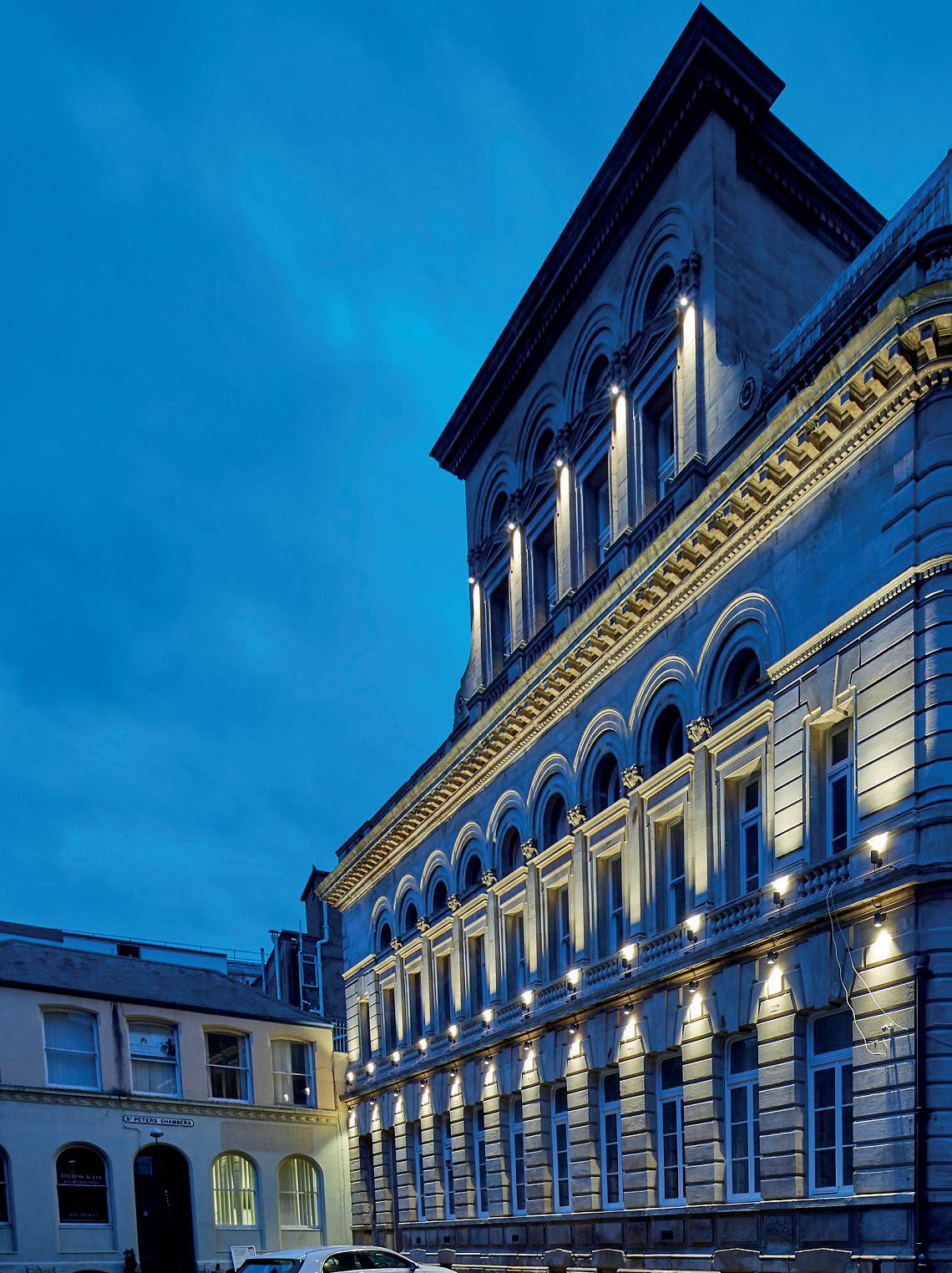
As with many lighting projects, when approaching a façade installation, it is important to plan thoroughly and consider a multitude of different options.
Building function is a great place to start. If it is to be used for hospitality for example, the overall effect you are trying to achieve should be bright and welcoming. This will be a real contrast to a residential building, which will typically be lit in a warmer, more cosy manner.
OCTOBER 2022 LIGHTING JOURNAL 46
Façade lighting
Also, carefully consider the specific areas of the façade that are to be lit. The rule of thumb here is to focus on the parts that will create the most impact and avoid any spaces that are obstructed by objects such as trees or other buildings.
THREE APPROACHES
When it comes to how to light a building façade, there are three methods most com monly used which can be combined to give the desired effect.
First, for an imposing aesthetic lumi naires such as spotlights or floodlights installed at floor level will give real impact to the façade. This will result in strong light at the bottom of the building, becoming softer as you look higher up the structure.
If a shadow effect is desired, then install ing exterior wall lights is a great approach. Luminaires, including outdoor downlights, façade linear lights and washer lights can be installed anywhere on the façade, including on windows or columns, to help create the right shadow and mood.
To accentuate the silhouettes of the archi tecture, lighting a building façade from the top will highlight features, making them more visible. Usually fittings such as spot lights, floodlights, recessed downlights and track lights, are installed in the roof gutters or rooftop ledge.
Unsurprisingly, it is the design and archi tecture of the building itself that largely dic tates what type of façade lighting to use.
Second, for a solid façade, wash lighting is often the go-to application. Bear in mind, however, that this type of façade does lend itself to other techniques, as the smooth front means you can play with different lights and layering, creating a variety of pat terns, shapes, shadows and lines.
Finally, third, for a banded façade, where horizontal bands of different materials are used to make up the outer skin of the build ing, lights should be used to accentuate the different strips.
This can be done by installing lights on balustrades to amplify the different materials.
VERTICAL OR HORIZONAL DIVISIONS
Many of today’s building façades have either vertical or horizonal divisions. For vertical divisions, it is best to highlight these by using spotlights, floodlights, uplights or down lights to emit narrow beams up the build ing’s structure from the ground.
With horizontal divisions, the best way to accentuate these is by positioning the lights at the bottom of the structure to create shadows.
Building structures with recessed or pro truding sections will need heavy shadows to highlight the different areas of the façade.
Uplights should be used to highlight the cor ners of the recessed sections, ensuring that every beam of light will align with every section.
One type of façade that is notoriously diffi cult to light is glass. Glass buildings require careful planning as they naturally reflect light away.
One technique is to install ceiling wash lights indoors, which will reflect brightness outside. Putting a minimal number of lights at the base of the building is another clever method, as the glass façade will reflect the lights around it.
Whatever your chosen technique how ever, careful positioning is a must when it comes to glass façades if the required light ing effect is to be achieved.
Whatever type of lighting you opt for, it is important to remember that less is more. You don’t want to overshadow the beauty of the building’s architecture, you just want to emphasise it.
Moving away from types of lighting and effects, when it comes to external lighting it is also important to consider the construc tion of the products selected.
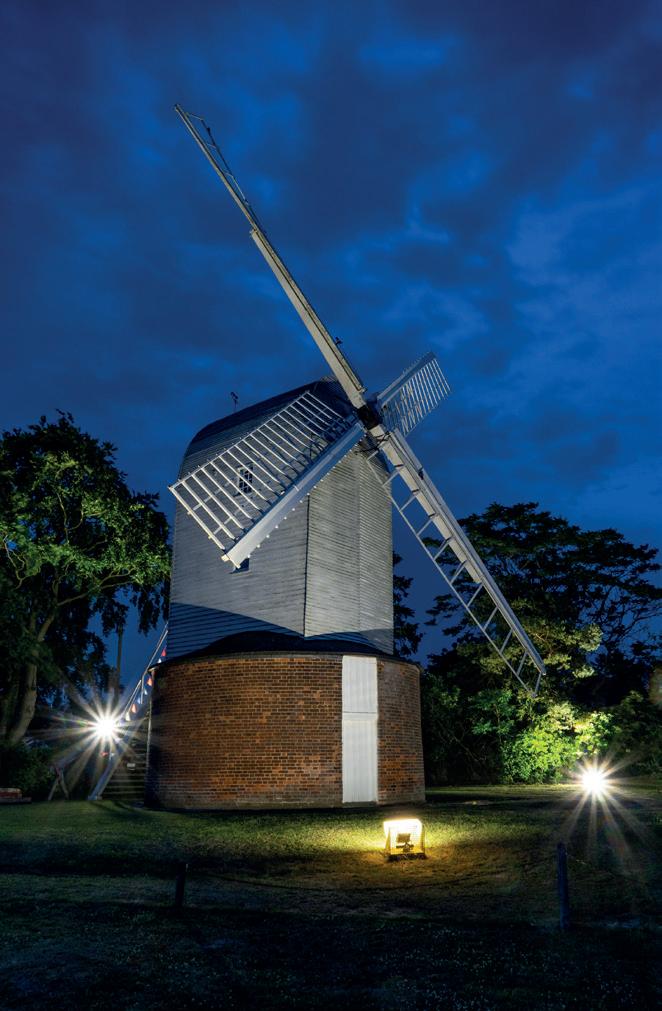
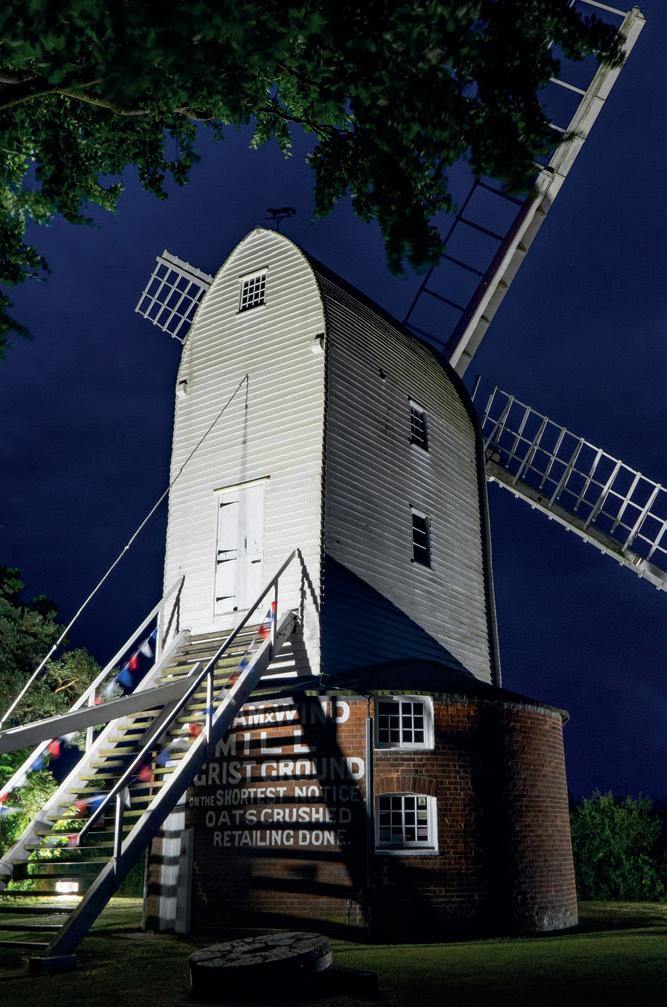
Die-cast aluminium, polycarbonate or stainless-steel casings are robust and will offer the best performance against the ele ments for a longer lifespan. Naturally, you should also ensure products with a high IP and IK rating are selected.
ENERGY EFFICIENCY
A final area to consider when approaching façade lighting is energy efficiency. At a time where energy costs are spiralling and carbon reduction is a key objective for many busi nesses and commercial organisations, it is
more important than ever to ensure that lighting energy consumption is low.
It goes without saying, given that they use in the region of 85% less electricity than incandescent bulbs and as much as 50% less than fluorescents, that light sources should be LED.
Their longer lifespans of between 30,000 and 100,000 hours or more at constant oper ation, mean they require less maintenance too – something facilities and building man agers will undoubtedly request.
It is here that smart technology and auto mation will also play a key role in helping to improve energy efficiency and should undoubtedly be incorporated into a façade lighting system.
Systems embedded with technology (such as Octo WiZ connected technology, which we use) enable numerous luminaires to be linked together and controlled, allowing dif ferent scenes, groups and schedules to be created as required.
This means that external lighting can be set to come on and off automatically at spe cific times of day and factors such as colour temperature can be programmed to become brighter during the late afternoon as natural day light begins to fade.
Scheduling time of use, output levels and colour temperatures will all ensure opti mum energy use and will eliminate any reli ance on human intervention – so reducing the risk of users accidentally leaving the lights on and wasting energy.
Chris Anderson is technical manager at Ansell Lighting
Two examples of effective façade lighting. Above: Bocking Windmill in Braintree, Essex. Main image: Burt Bros in Nottingham
www.theilp.org.uk OCTOBER 2022 LIGHTING JOURNAL 47
A MEETING OF MINDS
On the train to Scotland, Royal Air Force Wing Commander Calvin Bai ley, MBE, found himself sitting next to a lady busy sketching what Calvin described as ‘continuous bursts of creativity’ on to her iPad.
Out of curiosity, he asked what she did for a living and found out she had her own busi ness creating light sculptures for various cli ents. The sketch he saw was due to form part of a talk for Google about how light affects our wellbeing.
The lady was none other than beloved light artist Frankie Boyle, whose recent works include ‘The Living Lantern’, a kinetic sculpture with petals that move with the
June’s ‘How to be brilliant’ from the ILP brought together RAF wing commander Calvin Bailey and light artist Frankie Boyle to explain how a chance encounter on a train led to a unique mentoring relationship, and what we can learn from this
By Sunny Sribanditmongkol
wind, aiming to be a refuge from the pan demic for its audience.
Frankie has also worked for Tiffany & Co to create ‘The Diamonds of Tiffany’ (pic tured overleaf), a 1.2m replica of a faceted solitaire diamond, which incorporated a choreographed sequence with integrated LED, to create a sparkling lifelike diamond.
Another notable artwork is ‘The Field of Hearts’, Frankie’s installation for the Sam sung Galaxy S10. This is an immersive
experience with mirror on the ceiling where custom fibre optics and mirrors connect with the heart rates of two people to create a five-minute individual light, colour and sound show.
MENTORING EXPERIENCE
Calvin, at the other end of the spectrum, has been involved in several high-profile inter national relief efforts, including clearing up the airfield in Haiti in 2010 following that drastic earthquake there to allow further relief aid to happen.
He also provided humanitarian aid and disaster relief in the Philippines following Typhoon Haiyan in 2013, for which he was
OCTOBER 2022 LIGHTING JOURNAL 48
The ILP’s ‘How to be brilliant’ programme
awarded an MBE, and recently led the RAF evacuation of Kabul in August 2021.
This unusual meeting on the train led to Calvin taking on mentoring for Frankie. Although mentoring people is one of Cal vin’s tasks in the RAF, the challenge of this mentorship has been to apply his mentoring skills and principles in a completely differ ent field.
The result is a unique mentorship that works in both directions, filled with new per spectives owing to the vastly different
backgrounds and professions.
The pair decided to share their mentoring experience and what they have gained in the process in their talk ‘How to bring out your brilliance’, part of the ILP’s 2022 ‘How to be brilliant’ series.
How to be brilliant, to recap, is the ILP’s series of free, fun and friendly events designed to support and inspire people in the early stage of their lighting career. Calvin and Frankie’s talk in June took place at Liv ing Space, near Waterloo in London.
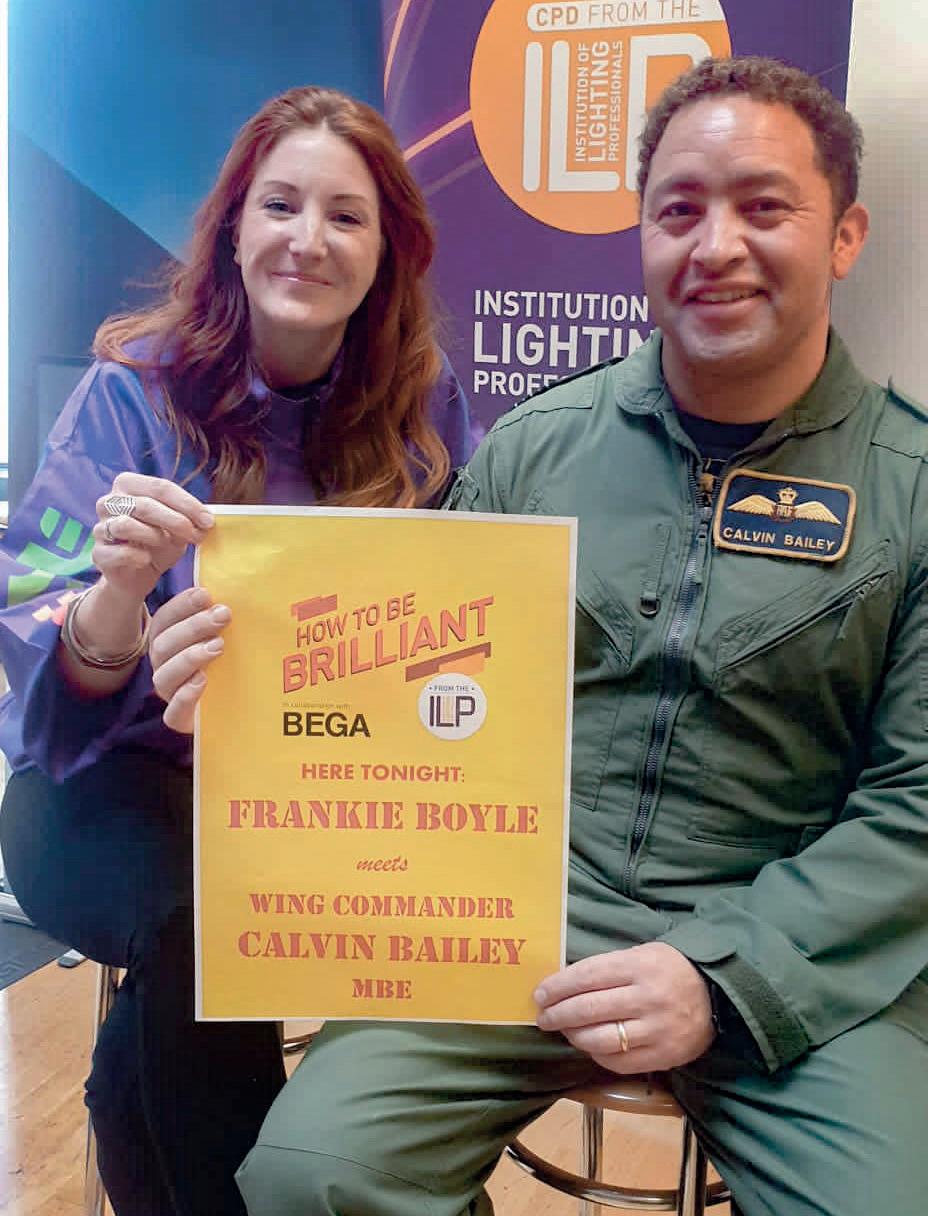
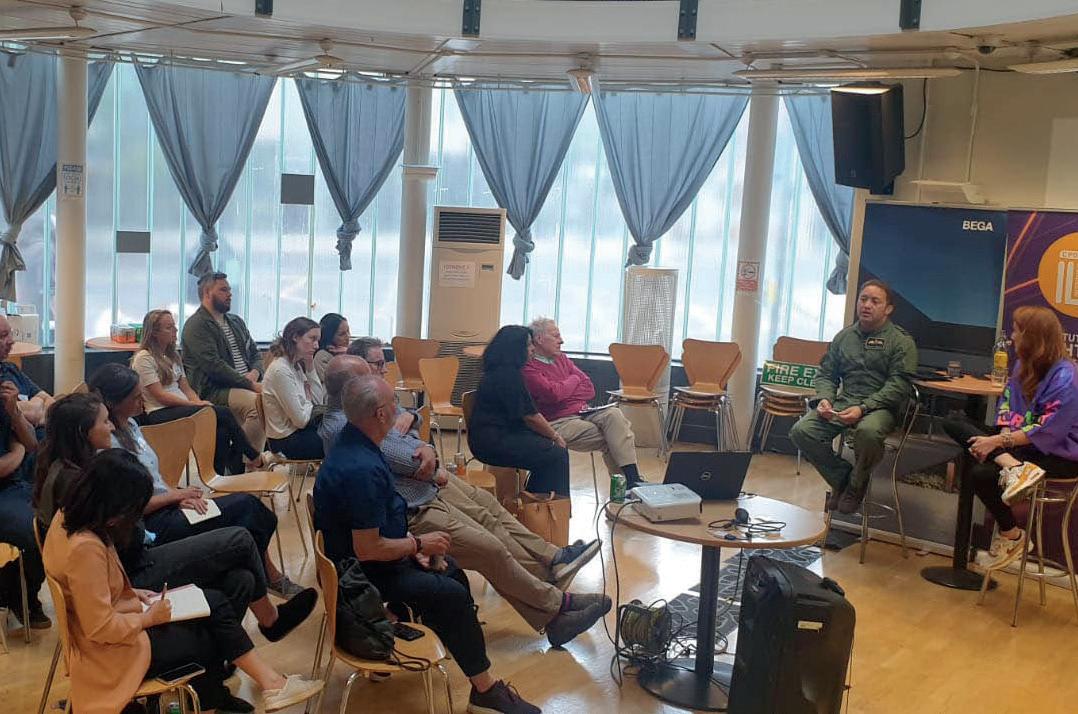
For their talk, Calvin and Frankie focused on four prompts. They consider these to be highly beneficial as starting points in a men toring journey as well as discussion points with oneself.
1) KNOW YOUR HASHTAG # (AKA KNOW YOURSELF)
Calvin and Frankie encouraged us to look into our idiosyncrasies. Frankie, for exam ple, was born with a severe language disor der, so reading and writing are something of anomalies for her; they don’t come easily.
This has led her instead to tune into peo ple’s energy, body language, emotions rather than the written word.
This idiosyncrasy has also allowed her to communicate and express her creativ ity through sounds and visuals. Despite this positive outcome, Calvin found that, when they met, while he could describe his work and achievements in the RAF quite simply, Frankie, on the other hand, strug gled to describe to Calvin, then a stranger, what she did, despite having done amazing work over the years. To find out what she did, Calvin had to ask Frankie a succession of connected questions.
The goal of this exercise is, therefore, for us to actively recognise our strengths and weaknesses as well as what we have achieved and to confidently articulate those achievements.
 Frankie Boyle with Calvin Bailey at How to be brilliant in June. Right: Frankie’s stunning installation ‘The Field of Hearts’. Collaboration credits: Samsung/Refinery29/Albie Alexander/PRG
Frankie Boyle with Calvin Bailey at How to be brilliant in June. Right: Frankie’s stunning installation ‘The Field of Hearts’. Collaboration credits: Samsung/Refinery29/Albie Alexander/PRG
www.theilp.org.uk OCTOBER 2022 LIGHTING JOURNAL 49
The ILP’s ‘How to be brilliant’ programme
2) KNOW YOUR AGENCY
The term ‘agency’ in this context means your ability to act or affect events or out comes. For this prompt therefore, Calvin suggested we need to ask ourselves what it is about us that makes us able to achieve what we have achieved?
The answer should explore traits both good and bad, as things seen as hindrances could turn out to be beneficial in the end, or some of our not-so-good traits might be the very core of our identities.
For Calvin, for example, seeing his African mother working diligently instilled in him a strong work ethic that has helped to bring him to where he is today.
For Frankie, on the other hand, having come from the catering industry helped her to develop the skill of being able to empa thise with people, which is one of the key leadership skills.
Calvin also pointed out that it is less important what your agency is than the abil ity to recognise it as the foundation of who you are.
3) KNOW HOW YOU CAN BRING YOUR AGENCY TO BEAR
Having struggled with dyslexia, Frankie knew that, conventionally, she would have to get a job through written proposals and let ters, which would not work in her favour.
On the other hand, her experience has shown that, if she can put herself in the same room as her clients, she usually ends up win ning the job.
Her difficulty in processing complex words and sentences has made her able to explain complicated things in a simple way that also conveys a strong visual impact on her clients.
Knowing and understanding this agency – how to have the strongest impact – Frankie therefore dedicates a significant amount of her time to networking.
This helps her to meet people and increases her opportunity to get into the same room as her clients in the first place.
4) KNOW HOW YOU CAN HELP OTHERS
This is a bonus point, where it is less about how we can benefit from our agency and skill (although we still do!) and more about using them to support other people.
Coming from an ethnic minority back ground and working in a profession that was not culturally diverse back when he joined, Calvin was conscious of being seen differ ently and aware of the struggle to fit in from an early age.
He, therefore, now advocates for creating an environment that allows people from dif ferent backgrounds to be themselves and able to express themselves accordingly.
Calvin and Frankie both emphasised the
importance of diversity. In Calvin’s experi ence, without diversity in a team, everyone thinks in the same way – hence the breadth of potential solutions to problems is signifi cantly reduced. On the other hand, through mentoring Frankie, Calvin has himself dis covered there are different, often less regi mented or less confrontational, ways of doing things that can yield the same result.
Calvin also observed that he noticed women (and he conceded this is of course a generalisation) are often not very good at recognising some of their agencies. He cited in particular the ability of women often to address, think about or come at things in a non-traditional way, which is a very creative and beneficial skill.
The partnership between Calvin and Frankie brought about an interesting and inspiring talk, which showed us that, when we celebrate our similarities as well as our differences, we lift each other up.
After a year of mentorship, Calvin has helped Frankie refine her ‘elevator pitch’ to
one that I personally think concisely describes the spirit of her work: ‘I am a light artist and I use light to evoke emotion and bring people together.’
Sunny Sribanditmongkol is a lighting designer with Steensen Varming and architectural representative of the YLP
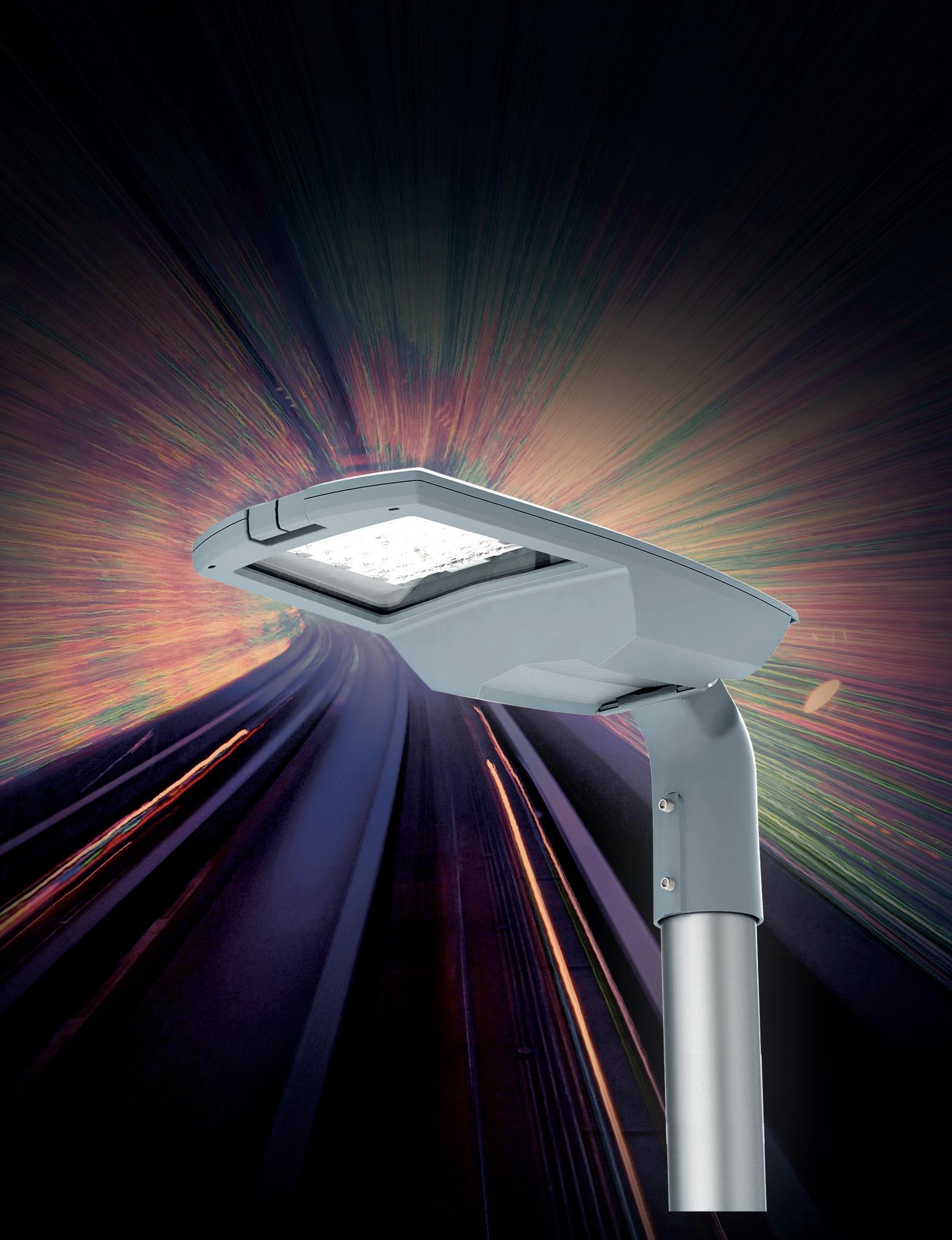
FIND OUT MORE
To find out more about the ILP’s ‘How to be brilliant’ programme, including upcoming events as well as recordings of previous virtual events, go to https://theilp.org.uk/events/ how-to-be-brilliant/
Our thanks to BEGA, whose sponsor ship means ‘How to be brilliant’ remains free to attend.
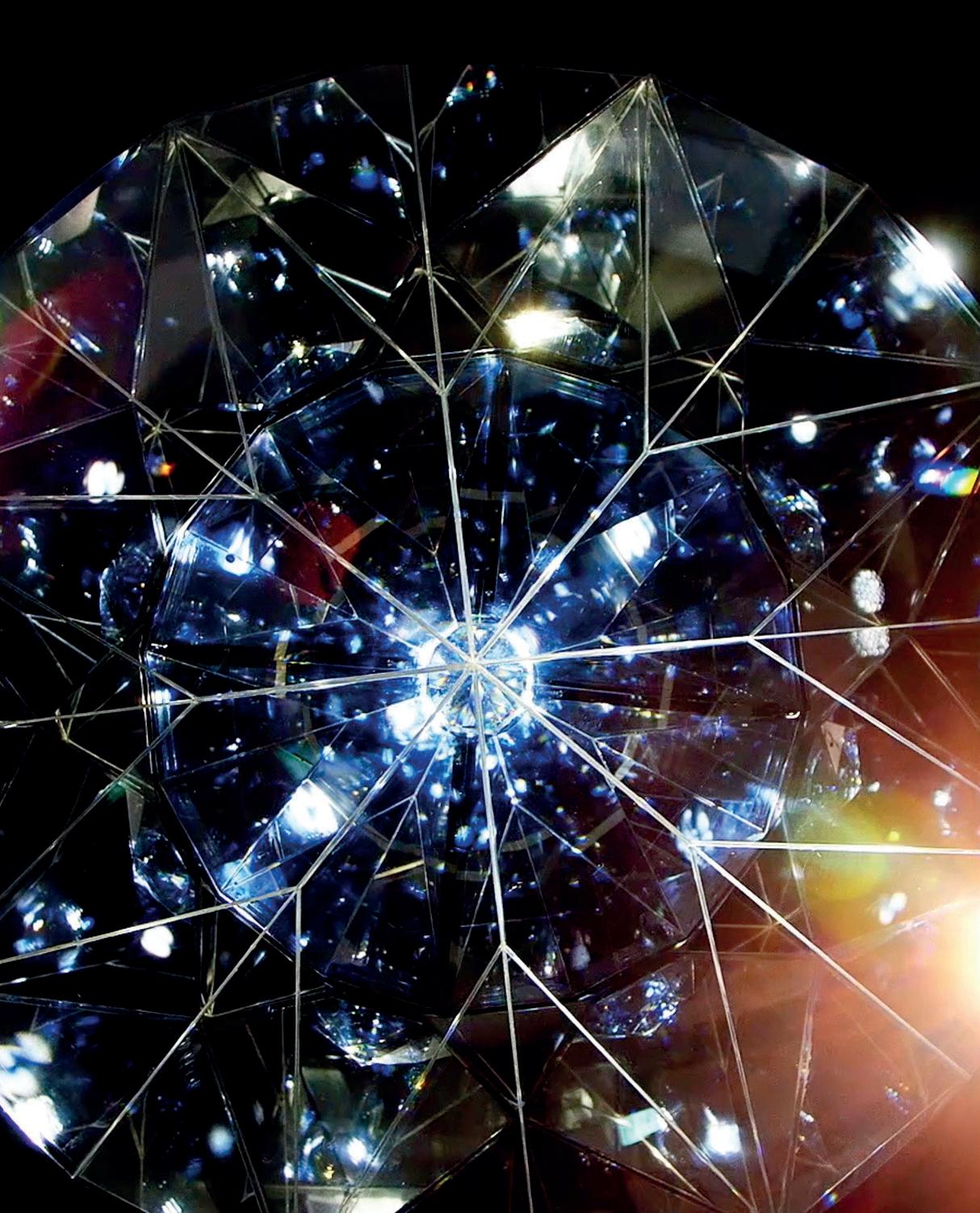 Frankie Boyle’s ‘The Diamonds of Tiffany’. Collaboration credits: Tiffany & Co/Holition/PRG
Frankie Boyle’s ‘The Diamonds of Tiffany’. Collaboration credits: Tiffany & Co/Holition/PRG
OCTOBER 2022 LIGHTING JOURNAL www.theilp.org.uk 50


A CLASSIC, EVOLVED The NEW AriaLED Carbon reduction technology | High efficacy LED chips | Market leading optics | Large choice of lenses from launch | Independently Tested | Dark Sky friendly | Available with Amber, 2200K ~ 4000K CCT LEDs | Smart City ready – with Zhaga socket options and D4i certified | Easy adjust tilt and simple flip for Post Top or Side entry fixings |Wide range of outputs for BS5489 - P & M class locations | Direct Delivery available www.orangetek.co.uk Premier Member Advertorial
SALVAGING THE PAST
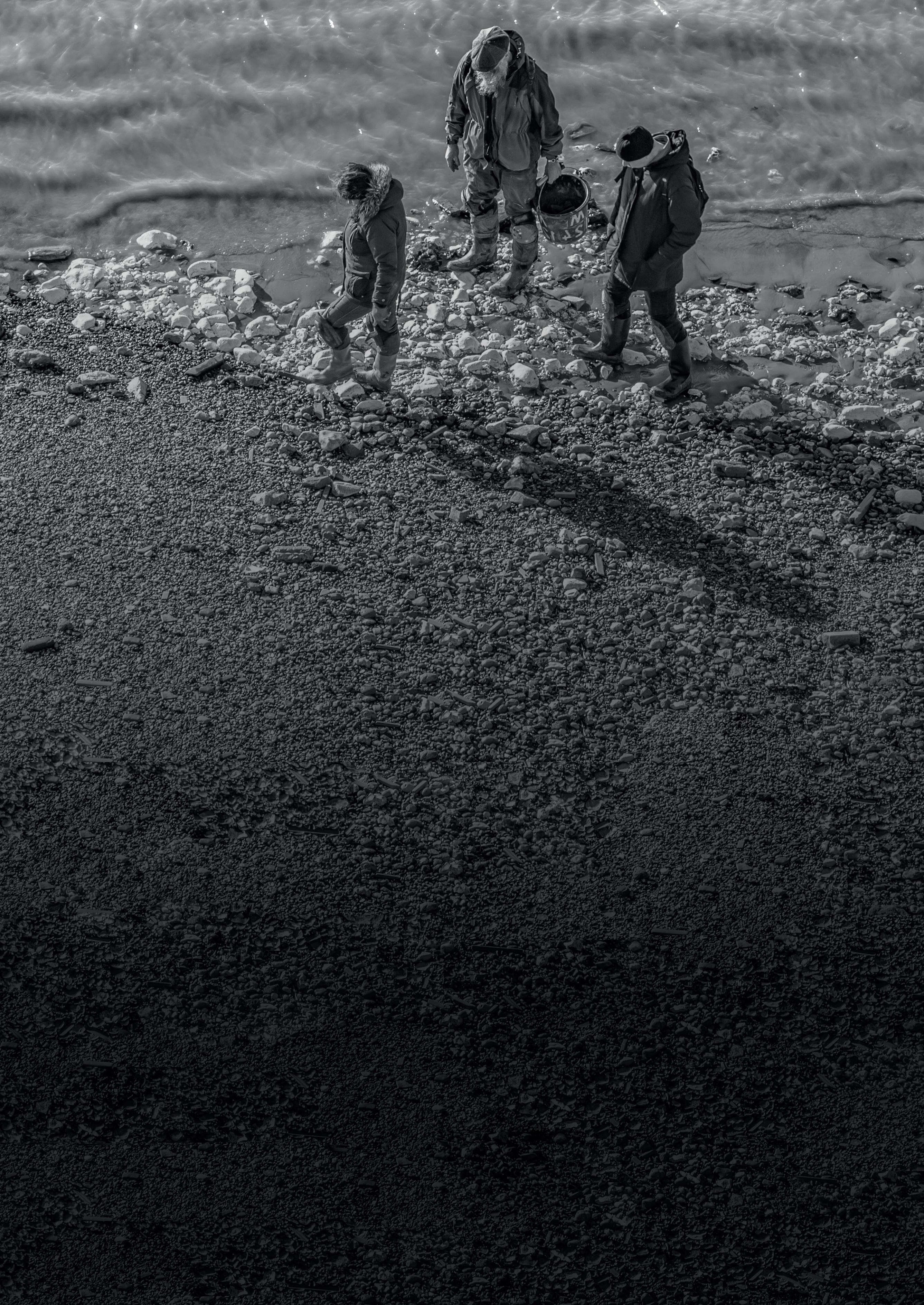 By Simon Cornwell
By Simon Cornwell
A
chance find by Thames ‘mudlarks’ cast a spotlight on one of the most ubiquitous of post-war street furniture: the concrete streetlighting column
OCTOBER 2022 LIGHTING JOURNAL 52
Inormally skip the more hysterically titled YouTube videos, especially if the description is peppered with too much punctuation and excessive capitalisation.
But one hyperbolic title, complete with random capitals and too many exclamation marks did catch my eye: ‘CRAZY! 1,000s of London’s old Lamp posts found dumped!’.
This seemed interesting and, despite my reservations, I decided to watch. It con cerned two ‘mudlarks’, a name given to metal detectorists and explorers who frequent river and coastal shores.
Taking a break from unearthing the usual archaeology – old pennies, clay pipes and unexploded ordnance – this pair had discovered a huge pile of concrete columns dumped at the high-water mark.
I instantly recognised them as the broken fragments of hundreds of old concrete streetlighting columns. It seemed an ignoble end for them but they’d obviously found a new lease of life as rock revetment, prevent ing shoreline erosion.
And it didn’t take me long to figure out the make: Concrete Utilities.
PIONEER OF CONCRETE COLUMNS
Concrete Utilities was founded by Charles Albert Marques MBE who, after serving with the Australian Expeditionary Force in World War One and seeing action in Gal lipoli and France, decided to settle in Eng land after the conflict ended.
Marques founded Concrete Utilities in 1923 to make miscellaneous concrete prod ucts, relocating the business from its start-up roots in Broxbourne to Ware in Hertfordshire.
But it wasn’t until 1931 that the company made the product that would plant the roots for almost a hundred years of manufacturing history: the concrete streetlighting column.

Europe had been slow in exploiting the benefits of concrete columns. They had already proved their worth in other parts of the world, particularly in America, where several thousand units had already been installed by 1917.
The UK was still mainly reliant on cast iron for its lighting columns but progress was being made in other materials. The Bro mford Tube Company (later Stewarts and Lloyds) made the first streetlighting col umns from steel in 1930. Perhaps the time was right for an adventurous lighting engi neer or a manufacturing entrepreneur to take the first step with concrete?
The historical record is undisputed: Con crete Utilities manufactured the first con crete streetlighting columns in Europe, installing large numbers along the residen tial streets of Liverpool.
Yet history is vague on who came up with the idea. Marques would’ve been looking into new ways to expand his product range and perhaps heard of the use of concrete for columns in America. Or was it P J Robinson – Liverpool’s maverick and forward-think ing lighting engineer – who approached Concrete Utilities with the concept?
I suspect the latter as Robinson was always thinking outside of the box. He was one of the first adopters of low-pressure sodium lighting and he advocated the use of cut-off lanterns whilst most of the rest of the UK was installing non-cut-off.
For Robinson to come up with the idea, and approach Concrete Utilities, was in character. But there’s no disputing that Marques took the idea and ran with it.
THE ‘LIVERPOOL NO 1’
This first column, the ‘Liverpool No. 1’, was an attempt to recreate the lines of a flamboy ant cast-iron column in concrete.
To modern eyes, the result was chunky and over-decorated, thanks to its large base and concrete ladder bar (although it’s diffi cult to ascertain if the ladder bar was aesthetic or functional).
Yet it was a successful design, and hun dreds were installed around the side streets of Liverpool. Both Marques and Robinson realised the advantages over cast-iron or steel – and Marques was quick to capitalise on this newly found use for concrete, issuing Concrete Utilities’ first list that same year. This included seven designs of columns up to 15ft high.
The second notable design was the elegant ‘Fluted’ column, which was produced in 1935 for the Gas Light and Coke Company.
Again, the brief was to replicate the lines of
Light on the past
existing cast-iron columns, but this time
gressed, with Concrete Utilities boasting of its ‘Vibro Spun’ method. Concrete was poured into a rotating cast-iron mould. This
tion was achieved by intense vibration using a system of cams working on a circular
crete Utilities could exploit the material ing the outlines and styles of traditionally
The Ministry of Transport’s Interim Report had just come out, suggesting that street lighting should be divided into two groups, and that columns and brackets should mount their lanterns either 15ft or
With fresh ideas, a design brief to increase the mounting height, and unfettered by the requirement of an authority to replicate an existing design, Marques and his team
The result was the ‘Avenue’ column of 1936, which was first installed in Blackpool the same year. This included several
partment was provided, now becoming a necessity as space was required for fuses,
The base compartment door was either positioned at the back of the column or on hundreds were installed around the side inson realised the advantages over cast-iron ise on this newly found use for concrete, issuing Concrete Utilities’ first list that same year. This included seven designs of columns
gant ‘Fluted’ column, which was produced in
Again, the brief was to replicate the lines
Concrete Utilities’ advert in the first issue of Public Lighting (1936). This illustrated the ‘Avenue 4D’, introduced and installed by various authorities the same year, and which would become a familiar roadside sight for both pre- and post-war Britain. The firm was keen to emphasise both the advantages of concrete and its forward-thinking credentials by listing concrete’s advantages and mentioning the 1935 Interim Report on Street Lighting as issued by the Ministry of Transport

of existing cast-iron columns, but this time Marques was able to refine his design.
The Fluted was a slender concrete col umn, lacking the bulkiness of its predeces sor, thanks in part to the omission of the
www.theilp.org.uk OCTOBER 2022 LIGHTING JOURNAL 53
Light on the past
ladder bars. The manufacturing process had also progressed, with Concrete Utilities boasting of its ‘Vibro Spun’ method. Con crete was poured into a rotating cast-iron mould. This was suspended upside down and compaction was achieved by intense vibration using a system of cams working on a circular collar.
Now with a foothold in the market, Con crete Utilities could exploit the material properties of concrete, rather than mimick ing the outlines and styles of traditionally styled cast iron.
The Ministry of Transport’s Interim Report had just come out, suggesting that street lighting should be divided into two groups, and that columns and brackets should mount their lanterns either 15ft or 25ft high.
With fresh ideas, a design brief to increase the mounting height, and unfettered by the requirement of an authority to replicate an existing design, Marques and his team started on the design of a 25ft column.
The result was the ‘Avenue’ column of 1936, which was first installed in Blackpool the same year. This included several thoughtful new features. A large base com partment was provided, now becoming a


necessity as space was required for fuses, electric discharge gear and time-switch.
The base compartment door was either positioned at the back of the column or on the traffic-facing side – allowing a lighting engineer to work on the pavement and keep a watchful eye on oncoming traffic. The tapering shaft of the column was angled to present the greatest surface area to approaching traffic – allowing the headlights of motor vehicles to illuminate the wide, flat areas, therefore highlighting the column when the street lighting was off.
Finally, vertical grooving was scored into the base compartment, breaking up the large areas of flat concrete and giving Concrete Utilities its signature flourish.
This new mounting height also required the provision of several bracket designs, many with different outreaches to correctly position the lantern.
Concrete Utilities’ brackets were ele gantly curved, providing more uplift for the lantern. The longer ones, with outreaches of over 3ft or more, were broken up into an intricate lattice pattern.
This disguised the bulk of the bracket, giv ing it a lighter, more delicate feel. The arc of the bracket often swept back over the
column, cunningly designed by Marques to provide some symmetry but, most impor tantly, to act as a counterweight.
‘NO MAINTENANCE’ SELLING POINT
The company’s adverts often included a sixpoint bullet list that explained the advan tages of concrete over the more traditional cast-iron and the newly introduced steel.
The major selling point was the terse ‘no maintenance’. Concrete columns became the first example of fit-and-forget: there would be no more tedious rust removal, paint stripping or endless repainting.
Once installed, the lighting engineer could put their feet up for the next 25 years, secure in the knowledge that their concrete col umns and brackets wouldn’t require any fur ther inspections or treatments.
Yet, as a pioneer, Concrete Utilities was battling against the traditionalists, who took the view that concrete was too ugly or bulky and, as a relatively new material (at least in this context), it remained untested.
The firm countered this apparent lack of aesthetic appeal in another of its bullet points, simply claiming ‘dignity’. Marques had an excellent eye for design and propor tion, and he didn’t hold back showing off
The cover of Modern Lamp Columns, issued in 1938. This outlined the firm’s broad range of functional and decorate columns for main roads. A sister publication was issued for the smaller columns used for residential roads and side-streets
Probably
Concrete Utilities’ most distinctive and decorative design: the 4’ 6” ‘Bird Bracket’ for the Avenue 4D column. Two were installed outside Hackney Town Hall, and one of these columns and brackets made the return journey to Ware, where it was installed as part of Concrete Utilities’ Museum of Street Lighting in 1975 OCTOBER 2022 LIGHTING JOURNAL www.theilp.org.uk 54

“
what concrete could achieve.
One of his most beautiful designs was ‘The Bird’ bracket – the plain ornamentation of the earlier lattice brackets now replaced by a stoic eagle perched atop the column holding the lantern aloft in its beak.
This was a popular design with some sea side resorts – concrete being particularly suited to the salty and corrosive conditions –and these extraordinary columns and brack ets graced the main seafront at Morecambe.
Two were also installed outside Hackney Town Hall – and I believe one of these was preserved in Concrete Utilities’ Street Light ing Museum in the late 1970s.
Whilst many firms switched to wartime production during the conflict, Concrete Utilities appeared to continue manufactur ing columns – one of its later catalogues even showed new designs emerging in 1940.
Other evidence suggesting continued pro duction came from authorities that were installing concrete columns in wartime housing estates. A throwaway remark by Ward when addressing the APLE Confer ence in 1945 confirmed that: ‘Concrete col umns were tried at a wartime housing scheme in Penilee for the first time. These are used with overhead cables. This type of column is enjoying popularity at the moment.’
UBIQUITOUS POST-WAR SIGHT
The post-war years and subsequent rebuild ing saw massive benefits for Concrete Utili ties. Iron and steel were in short supply and whenever stock was available it was quickly
swallowed up by house-building schemes, which were given priority.
Moreover, crippling labour shortages meant there was no workforce to undertake the maintenance of iron and steel columns.
So, the concrete column and bracket with its ‘No maintenance’ mantra came into vogue.
Concrete Utilities was one of the compa nies that profited from this, and rapidly increased its stock and new designs to meet demand. Its post-war columns and brackets would be slimmer and more streamlined –and become one of the most recognisable features of the post-war road scene – but its pre-war models were also extremely popu lar and installed in large numbers.
What of the lost columns, now reduced to river-side ballast, which the mudlarks had tripped over?
These were fluted, but wider and more decorative than Concrete Utilities’ Fluted model.
Searching through the catalogues and old advertisements, it became apparent these battered, algae-covered remnants were ‘Eddystone’ columns, originally designed for the South Metropolitan Gas Company and first installed in Lambeth.
As it turned out, one of the mudlarks help fully confirmed my identification by clean ing a plate attached to a column: ‘Dogs not permitted on the public footpath. Metropol itan Borough of Lambeth.’
Amazingly, one of these columns also appeared in a 1937 Concrete Utilities adver
This advert from 1937 showed the broad range of the firm’s designs. The ‘Lambeth’ picture shows the decorative ‘Eddystone’ column, specified by the South Metropolitan Gas Company for the borough. This is the installation that eventually found a new life as revetment along the bank of the Thames, until rediscovered by mudlarks
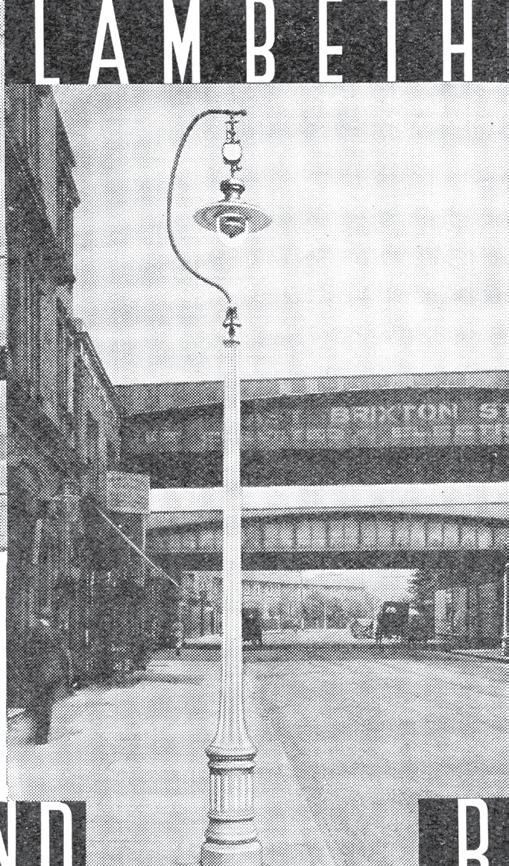
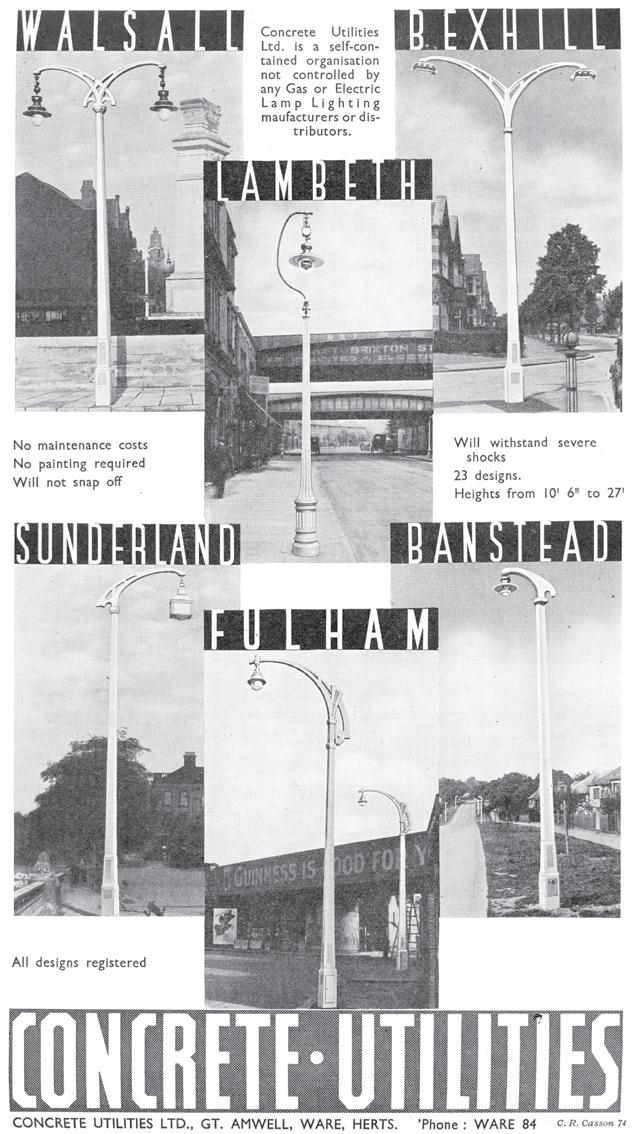
tisement, sporting its original gas lantern. I believe it’s a unique and fitting end for these old columns. They even retain some of their original elegance, even though broken, discarded and now gently lapped by the Thames.
Perhaps it’s better they live out their life there, doing useful (albeit completely unex pected) work, than be broken up and reduced to hardcore. And it certainly gives some Thames-based mudlarks something a bit different to feature in one of their videos.
FIND OUT MORE
‘To hold against the night a brilliant star, Whose lofty light the misty gloom dispels, This adamantine shaft, this beaconed stem, Through countless years shall show an easy way.’
‘Modern Lamp Columns’, Concrete Utilities, 1938
Simon Cornwell BSc (Hons) is an R&D development senior manager at Dassault Systems
You can watch the original YouTube video that sparked Simon’s interest here:
OCTOBER 2022 LIGHTING JOURNAL www.theilp.org.uk 56
Light on the past
plays an important role in enabling all types of activities to be undertaken at night; be it to provide a safe working environment, support sporting activities, forming security measures or supporting the 24 hour economy.
Environmental Lighting Specialists are experienced in assessing lighting designs and installations against best practice


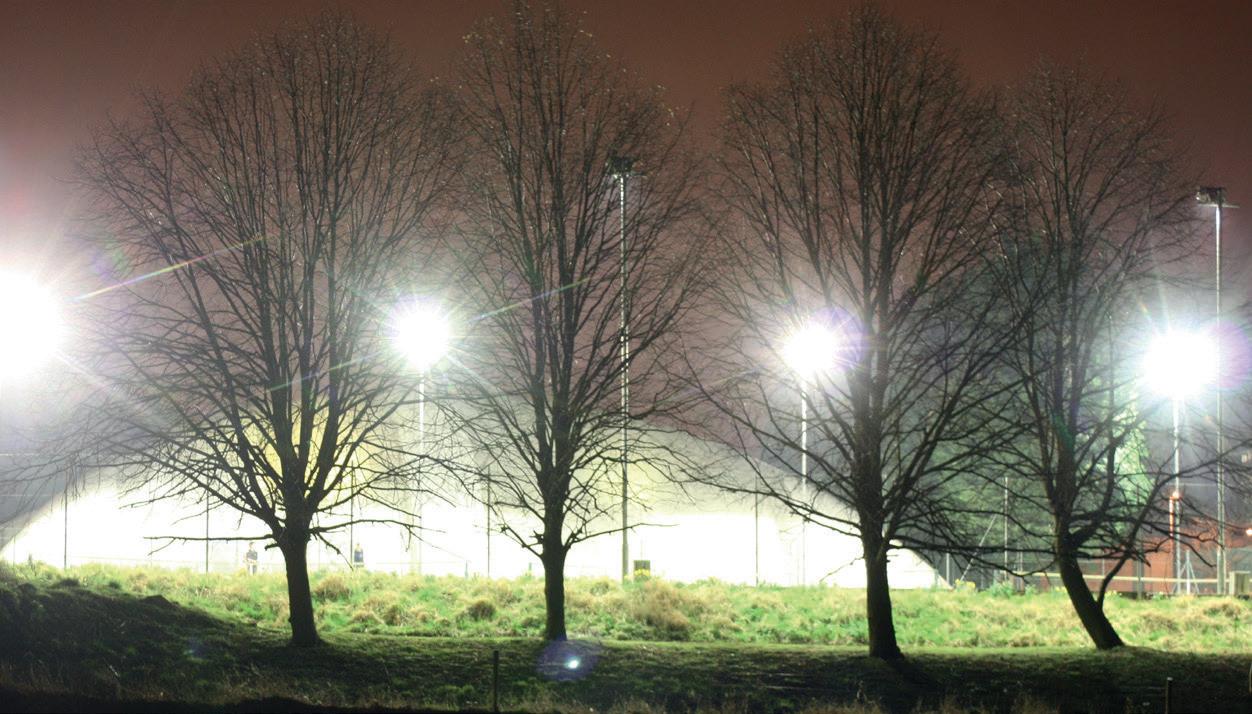

and standards; undertaking on-site assessments, luminance mapping,


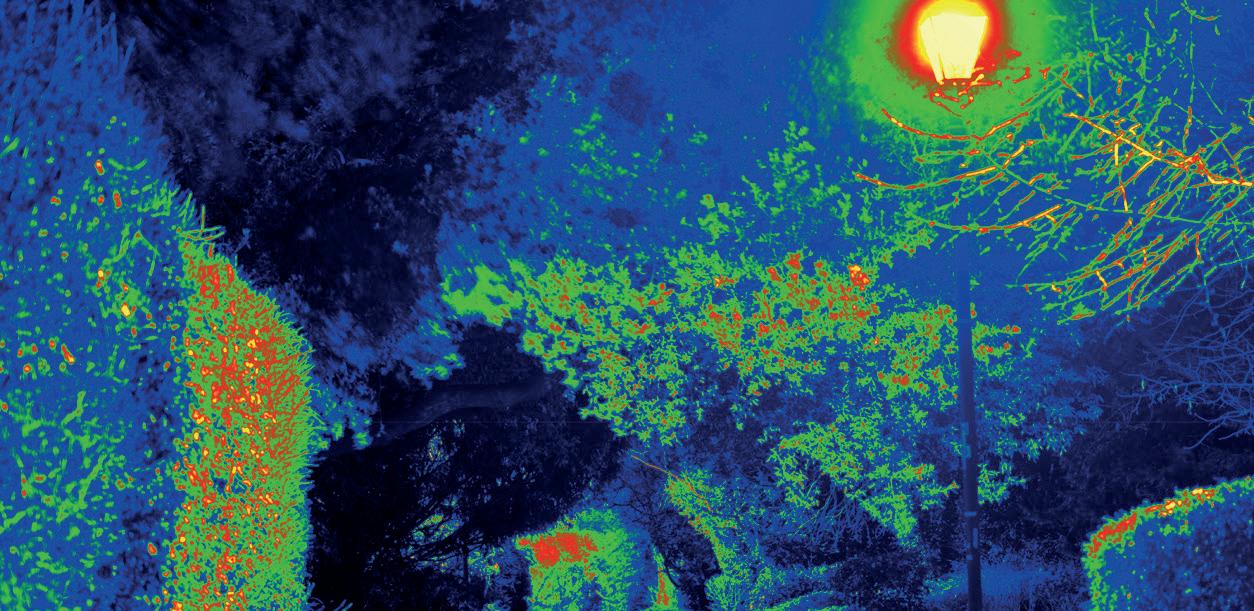
with Planners, Environmental Health Officers, Ecologists
Landscape
joined up approach

www.theilp.org.uk OCTOBER 2022 LIGHTING JOURNAL 57 Lighting
Our
guidelines
working
and
Architects; to ensure a
to planning, design and implementation of schemes, ensuring all relevant environmental aspects are considered and embedded. For further information contact: Paul Batchelor Environmental Lighting Lead Lighting & Energy Solutions paul.batchelor@wsp.com www.wsp.com Sky Glow Light Nuisance Luminance Mapping Lighting engineers.. is your council making the most of its lampposts? Turning lampposts into EV chargers generates extra income, at zero risk and zero cost! Get in touch to see how you can energise your lamppost income. Watt are you waiting for? info@chargelight.co.uk Premier Member Advertorial Premier Member Advertorial
By Kimberly Bartlett
TELL US ABOUT YOURSELF
I have many hats when it comes to lighting. Professionally, I am head of lighting at Ele menta Consulting in London and, as a vol unteer, I am Vice President – Education at the ILP and a keen STEM ambassador and women/LGBT+ in STEM advocate.
As with a lot of us, I fell in to lighting entirely by accident. I had grown up intent on being a vet, so I pursued the sciences and maths at school and applied to multi ple veterinary colleges in the UK during my A Levels.
Sadly, I didn’t quite get the grades I was after, so downgraded to forensic science
and photography as a degree instead. As it turned out, the course never ran as there were not enough students enrolled. So, I took a gap year instead and decided to temp to build up some savings for starting university the next year.
One of my temp positions was covering on reception at my local council and I caught the eye of one of my future col leagues as a potential candidate for a vacancy in the lighting team.
I got the job, transferred to a full-time role and that was it. I was, purely by acci dent, inducted into a career that will last a lifetime!
I never did get that degree and have since undertaken study by day release to reach HND (Level 5) in Electrical & Elec tronic Engineering. I considered topping up to a BEng or MEng but it just didn’t seem like the right way for me.
IS THERE A TYPE OF WORK YOU SPECIALISE IN, AND WHY?

I have always been an engineer at heart and, though still very creative, I thrive on the nitty gritty of light and lighting.
I love getting my brain around a prob lem and finding a solution to it, so man aged to get a reputation as a fixer for the
Continuing our profiles of inspirational women working within lighting, the ILP’s Vice President – Education, STEM ambassador and lighting designer Kimberly Bartlett explains how she got into the industry and how barriers to progression can be overcome
OCTOBER 2022 LIGHTING JOURNAL 58
designs or constraints that would drive some other designers nuts.
I am in my element with designs of all shapes and sizes, so it’s hard to pin down what I like the most.
WHO OR WHAT WAS YOUR INSPIRATION TO GET INTO LIGHTING?
One of my greatest inspirations from as far back as I can remember are my grand mothers; both incredibly strong women who were unable to get the education they deserved but did everything they could to make sure that they could help their chil dren and grandchildren to achieve their dreams.
Having been fascinated with bioengi neering and zoology as well as lighting, my inspirations are perhaps a bit left-field. Great pioneers in engineering and archi tecture such as Snowdon and Cedric Price (the London Zoo aviary, shown overleaf).
The NASA teams behind the Saturn V rockets, shown below, and the wonderful Noel Fitzpatrick (‘The Supervet’).

They all created something uniquely ground-breaking in their fields and Noel continues to do so on an almost daily basis, transferring his technologies into human medicine and sharing his discoveries with the world.
In fact, appropriately enough, one of the images opposite is of me with my paternal grandmother, Margaret, and taken near the London Zoo Aviary!

WHAT DO YOU FEEL IS THE BIGGEST CHALLENGE YOU HAVE OVERCOME IN YOUR CAREER?
‘Banter’, as we probably call it now, has some sinister undertones at times and statements like ‘the reason engineering is in such a state is the inclusion of women in the workforce’ or ‘she’ll make your tea, it’s women’s work’ being shouted across an office have been jarring to say the least.
Add to this site workers thinking I want to see their nudie calendar and almost every person asking my (male) assistant/ direct report/colleague all the questions while they stare like a deer in the head lights then look to me.
Grit and determination got me through those moments, and I am glad I stuck with it in those times as I wouldn’t change this career now. I love it too much!
HOW DOES LIGHT INSPIRE YOU?
There’s a story behind this… I am incredi bly photosensitive. Mad I know! A lighting engineer that can’t look at lights without getting a headache.

At age 17, I was temporarily blinded in one eye by a wayward Hobnob at school. It
was terrifying to have just painful white light in one eye and took around five months to heal up with various trips to the hospital.
My time with impaired vision and my sensitivity since has made me acutely aware of what lighting should and shouldn’t be. Being so sensitive has also given me a deeper understanding of light which I try to use in my work.
I want to design installations that work for the good of people and planet and am inspired by those who are doing that within their work every day.
WHO DO YOU CONSIDER YOUR BIGGEST SUPPORT IN GETTING INTO WHAT CAN BE A MALE-HEAVY PROFESSION?
Lighting and engineering in general still are heavily male oriented. Typically, only around 10% of engineers are female and
Women in lighting
Kimberly Bartlett with her grandmother Margaret, who she describes as one of her greatest inspirations. Below: another engineering inspiration has been the NASA team behind the Saturn V rocket
www.theilp.org.uk OCTOBER 2022 LIGHTING JOURNAL 59
Women in lighting
the last bit of data I had on the subject had the ILP at just over 9%. It is higher now, which is great!
We support each other as women in the industry, building each other up and pro viding support and guidance to each other. But, in all honesty, one of the greatest assets in the initial stages were the male allies who were pushing for hiring women and supporting them in their careers.
For me, it was people like Carl Goulding and Muzzi Bhatti at Hertfordshire High ways, Mark Cooper and of course our beloved Peter Harrison who helped me on my way into lighting.
Once I was in the door, my female col leagues throughout the years have been the supporting structure to keep me going on the days when I wonder what it is all for.
Wonderful people like Lara Jiad, Seki Saka, Chantal Sullivan, Jess Gallacher and Rebecca Hatch.
WHAT DO YOU CONSIDER IS STILL A BARRIER, IF ANYTHING, FOR WOMEN IN LIGHTING?
A lot of the time the problems are either outside perceptions or our own perceptions.
‘Imposter syndrome’ seems to affect women a lot more than our male col leagues and we can often be our own worst enemies. This can make us hyper-sensitive to any small blocker and cause a snowball ing effect on our mental health.
We need to support each other and raise each other up when we feel like we are a fraud because we are in these roles for a reason – we deserve to be there!
If it is not us, it’s ‘them’. Them being what is often referred to as the ‘pale, male, stale’ folks in the upper echelons, manage rial or hiring positions who have a direct impact on whether you (as a woman/per son of colour/disabled person) get the job,
promotion or pay that you deserve.
Frustratingly, the majority of these instances aren’t based on malice. Rather it is often an unconscious bias that the peo ple holding the power don’t even realise they have.
Unconscious bias training and assess ments should be part of the repertoire for everyone in a business, regardless of their grade or status. Only once we spot it can we work to fix it.
WHAT WOULD BE YOUR MESSAGE TO YOUR YOUNGER SELF ABOUT WHAT IT’S POSSIBLE TO ACHIEVE IN LIGHTING?
If I knew I would be here when I was strug gling in my A Levels, life would have been so much easier!
As it stands, the only thing I could really say to my younger self is to ‘hang in there, it will get better’.
For people who are thinking of joining the industry, I would say lighting (and engineering in general) is one of the few careers that allows a passion to have tangi ble effects on the world.
There is something truly special in tak ing a thought from paper to reality and seeing just what a difference it can make to people’s lives. Sometimes it is almost imperceptible; at others the effect can be truly profound.
HOW HAS THE ILP HELPED YOU IN YOUR LIGHTING ‘JOURNEY’?

Before I was VP – Education, the ILP was the place where I found a home. I knew that I could get in touch with the team at Rugby and they would do everything they could to help me and point me in the right direction.

The Institution was, in many ways, a guiding light and played a large part in why I ended up as a volunteer. I want to provide that help and support to others, the way it did for me.
WHAT WOULD BE YOUR MESSAGE TO OTHER WOMEN IN, OR WANTING TO GET INTO, LIGHTING?
I wake up (pretty much) every day excited about what good I can do in the world, and what opportunities I will have to blend art and science into something truly magical.
Lighting provides a community of likeminded people who are waiting for you with open arms. Come join us. Whether you have a degree or not, there’s a place for everyone.
Kimberly Bartlett is head of lighting at Elementa Consulting and the ILP’s Vice President – Education
OCTOBER 2022 LIGHTING JOURNAL www.theilp.org.uk 60
Trust us, we’ve been doing this since
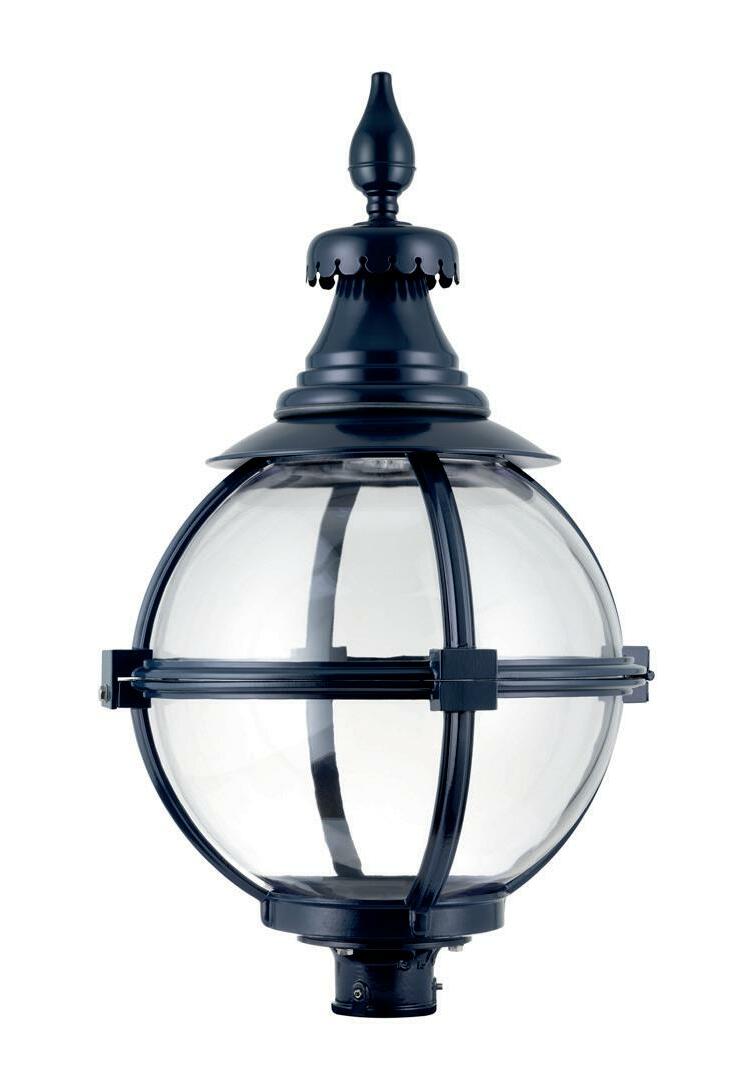
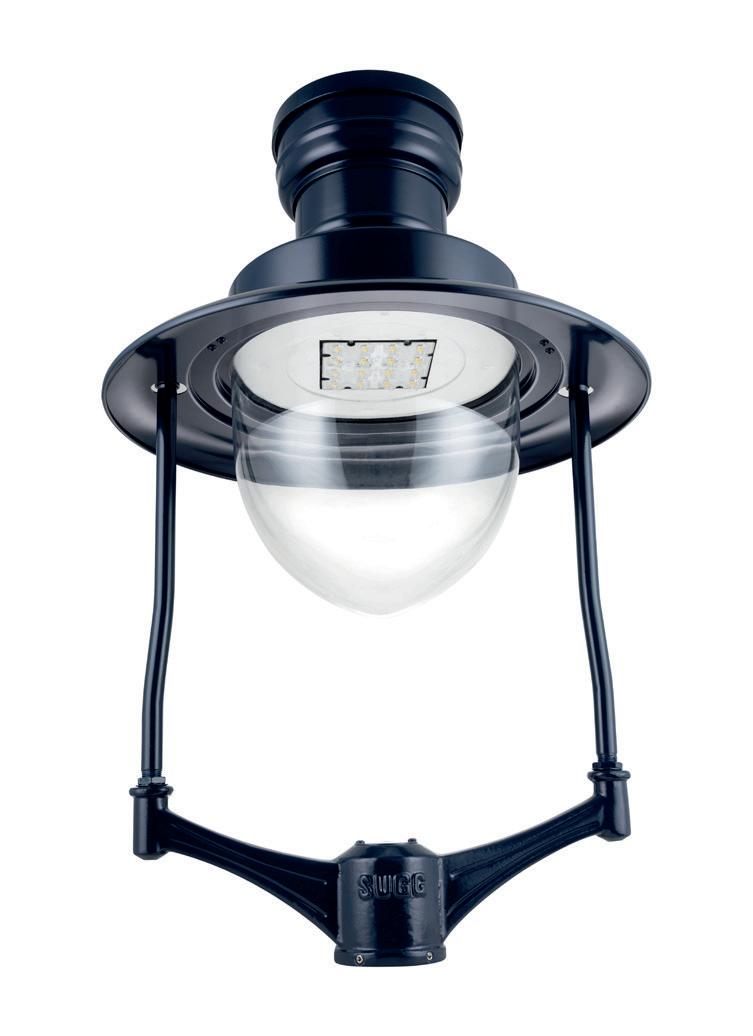

E: sales@williamsugg.co.uk W: williamsugg.co.uk William Sugg & Co Ltd Sales T: 01293 540111Follow us @WSuggLighting #williamsugglighting Street Lighting | Public Realm | Local Authority | Bespoke Design
1837.
This directory gives details of suitably qualified, individual members of the Institution of Lighting Professionals (ILP) who offer consultancy services
HERBIE BARNIEH
BEng CEng MILP
PROJECT CENTRE

1 AMERICA SQUARE, LONDON, EC3N 2LS
T: 0330 135 8950, 077954 75570
HERBIE.BARNIEH@PROJECTCENTRE.CO.UK
WWW.MARSTONHOLDINGS.CO.UK/PROJECTCENTRE
Efficient, innovative, and bespoke lighting design services from an award winning consultancy.
Experienced in delivering exterior lighting projects from feasibility studies to post construction.
Whether it’s highway, street, or public realm lighting, let us assist you to realise your project goals.
STEVEN BIGGS
IEng MILP
MILESTONE INFRASTRUCTURE
PETERBOROUGH PE1 5XG
T: 07834 506705
STEVEN.BIGGS@MILESTONEINFRA.CO.UK MILESTONEINFRA.CO.UK
Award winning lighting design specialists, delivering innovative design, installation and maintenance solutions in highways, public realm, commercial and architectural environments.
Our HERS registered team provide design strategies, impact assessment, technical & certifier support.

BONNIE BROOKS
BA(Hons) BEng (Hons) MSc
CEng MSLL MCIBSE MILP
ILLUME DESIGN LTD
EXETER EX4 1NF
T: 07840 054601, E: INFO@ILLUME-DESIGN.CO.UK
WWW.ILLUME-DESIGN.CO.UK

Professional independent lighting design consultancy providing designs for all exterior applications, including street lighting. Specialists in assisting at the planning application stage with designs, strategies, lighting impact assessments, and expert witness, with a focus on mitigating ecological and environmental impacts.
SIMON BUSHELL
MBA DMS IEng MILP ENERVEO
PORTSMOUTH PO6 1UJ
M: +44 (0)7584 313990 T: +44 (0)121 387 9892
E: SIMON.BUSHELL@ENERVEO.COM
WWW.ENERVEO.COM
Professional consultancy from the UK’s and Irelands largest external lighting contractor.
From highways and tunnels, to architectural and public spaces our electrical and lighting designers also provide impact assessments, lighting and carbon reduction strategies along with whole installation packages.
LORRAINE CALCOTT
IEng FILP IALD MSLL ILA BSS
IT DOES LIGHTING LTD

THE CUBE, 13 STONE HILL, TWO MILE ASH, MILTON KEYNES, BUCKINGHAMSHIRE, MK8 8DN
T: 01908 560110 E: INFORMATION@ITDOES.CO.UK
WWW.ITDOES.CO.UK
Award winning lighting design practice specialising in interior, exterior, flood and architectural lighting. Emphasis on section 278/38, public realm, ecology receptor mitigation and supporting Councils with planning approvals, CDM2015 and SBD accredited. Specialists in circadian spectrally specific lighting design.

MARK CHANDLER
EngTech AMILP MMA LIGHTING CONSULTANCY LTD
READING RG10 9QN
T: 0118 3215636
E: MARK@MMA-CONSULTANCY.CO.UK
WWW.MMA-CONSULTANCY.CO.UK

Exterior lighting consultant’s who specialise in all aspects of street lighting design, section 38’s, section 278’s, project management and maintenance assistance. We also undertake lighting appraisals and environmental lighting studies
TOM BROOME
BEng(Hons) IEng MCIBSE
MSLL MILP SERVICES DESIGN SOLUTION
19-23 MARY SEACOLE ROAD, THE MILLFIELDS, PLYMOUTH, PL1 3JY
T: 01752 255900 E: INFO@SDSOLUTION.CO.UK
HTTPS://WWW.SDSOLUTION.CO.UK

SDS offer a range of lighting design services, combining creativity, technical and practical knowledge to deliver quality lighting designs and impact assessments. From feasibility, planning, through to post-construction, we are passionate about creating exceptional environments for living, work and wildlife.
STEPHEN HALLIDAY
EngTech AMILP
WSP
MANCHESTER M50 3SP
T: 0161 886 2532
E: STEPHEN.HALLIDAY@WSPGROUP.COM
WWW.WSPGROUP.COM
Public and private sector professional services providing design, technical support, contract and policy development for all applications of exterior lighting and power from architectural to sports, area and highways applications. PFI technical advisor and certifier support, HERS registered personnel.
STEPHEN HIGHAM
IEng MILP
SHD LIGHTING CONSULTANCY LTD BOLTON BL2 6SE
M: 07834 490 192
E: STEVE@SHDLIGHTING.CO.UK WWW.SHDLIGHTING.CO.UK
Outdoor lighting consultancy specialising in adoptable highway and private lighting designs.
Our services include Section 38, Section 278, Car Park lighting designs, Commercial floodlighting schemes and environmental impact lighting assessment reporting. Qualified design team with 24 years’ experience in exterior lighting.
ALLAN HOWARD
BEng(Hons) CEng FILP FSLL WSP
LONDON WC2A 1AF
T: 07827 306483
E: ALLAN.HOWARD@WSPGROUP.COM
WWW.WSPGROUP.COM
Professional artificial and daylight lighting services covering design, technical support, contract and policy development including expert advice and analysis to develop and implement energy and carbon reduction strategies. Expert witness regarding obtrusive lighting, light nuisance and environmental impact investigations. registered personnel.
ALAN JAQUES
IEng FILP ATKINS
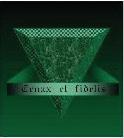
NOTTINGHAM, NG9 2HF
T: +44 (0)115 9574900 M: 07834 507070
E: ALAN.JAQUES@ATKINSGLOBAL.COM

WWW.ATKINSGLOBAL.COM
Professional consultancy providing technical advice, design and management services for exterior and interior applications including highway, architectural, area, tunnel and commercial lighting.
Advisors on energy saving strategies, asset management, visual impact assessments and planning.

PATRICK REDMOND
HDip Bus IEng MILP
AMSLL Tech IEI
REDMOND ANALYTICAL
MANAGEMENT SERVICES LTD.
M: + 353 (0)86 2356356
E: PATRICK@REDMONDAMS.IE
WWW.REDMONDAMS.IE
Independent expert lighting design services for all exterior and interior lighting applications. We provide sustainable lighting solutions and associated electrical designs. Our services include PSDP for lighting projects, network contractor auditing, and GPS site surveys for existing installations.
ANDREW LONGMAN
BEng (Hons) CEng MILP MIET
MHEA -Managing Director
DESIGNS FOR LIGHTING LTD
WINCHESTER SO23 7TA
T: +44 (0)1962 855080 M: +44 (0)7779 327413
E: ANDREW@DFL-UK.COM
WWW.DFL-UK.COM

Professional lighting design consultancy offering technical advice, design and management services for exterior/interior applications for highway, architectural, area, tunnel and commercial lighting. Advisors on lighting and energy saving strategies, asset manage ment, visual impact assessments and planning.

ANTHONY SMITH
IEng FILP
STAINTON LIGHTING DESIGN SERVICES LTD
STOCKTON ON TEES TS23 1PX
T: 01642 565533, E: ENQUIRIES@STAINTONLDS.CO.UK
WWW.STAINTONLDS.CO.UK
Specialist in: motorway, highway schemes, illumination of buildings, major structures, public artworks, amenity area lighting, public spaces, car parks, sports lighting, asset management, reports, plans, assistance, maintenance management, electrical design and communication network design. Registered personnel.
NICK SMITH
IEng FILP MIES
NICK SMITH ASSOCIATES LIMITED
CHESTERFIELD, S40 3JR
T: 01246 229444
E: MAIL@NICKSMITHASSOCIATES.COM
WWW.NICKSMITHASSOCIATES.CO.UK
Specialist exterior lighting consultant. Private and adopted lighting and electrical design for highways, car parks, area and sports lighting. Lighting Impact assessments, expert witness and CPD accredited Lighting design AutoCAD and Lighting Reality training courses.
ALAN TULLA
IEng FILP FSLL
ALAN TULLA LIGHTING
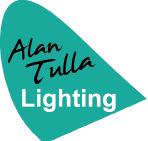
WINCHESTER, SO22 4DS
T: 01962 855720 M:0771 364 8786 E: ALAN@ALANTULLALIGHTING.COM
WWW.ALANTULLALIGHTING.COM
Site surveys of sports pitches, road lighting and offices. Architectural lighting for both interior and exterior. Visual Impact Assessments for planning applications. Specialises in problem solving and out-of-the-ordinary projects.
MICHAEL WALKER
IEng MILP CMS MCCANN LTD
NOTTINGHAM NG9 6DQ
M: 07939 896887
E: M.WALKER@JMCCANN.CO.UK WWW.MCCANN-LTD.CO.UK
Design for all types of exterior lighting including street lighting, car parks, floodlighting, decorative lighting, and private lighting. Independent advice regarding light trespass, carbon reduction and invest to save strategies.
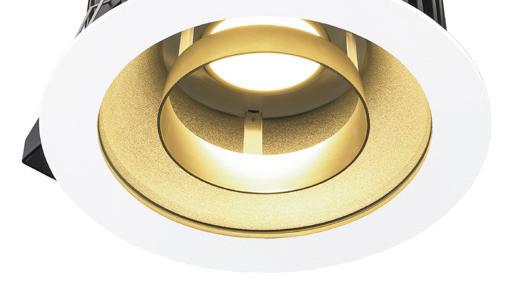
Asset management, data capture, inspection and testing services available.



PETER WILLIAMS
EngTech AMILP
WILLIAMS LIGHTING
CONSULTANTS LTD.
BEDFORD, MK41 6AG
T: 01608642530
E: PETER.WILLIAMS@WLCLIGHTING.CO.UK
WWW.WLCLIGHTING.CO.UK
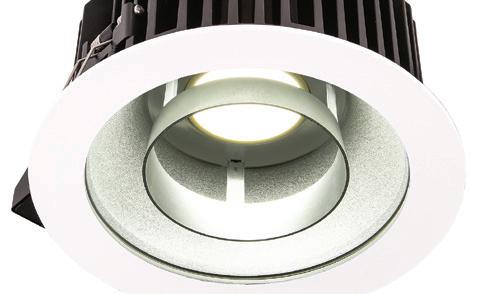
Specialists in the preparation of quality and effective street lighting design solutions for Section 38, Section 278 and other highway projects. We also prepare lighting designs for other exterior applications. Our focus is on delivering solutions that provide best value.

LIGHTING CONSULTANTS
Neither Lighting Journal nor the ILP is responsible for any services supplied or agreements entered into as a result of this listing ILLUMINATING INTERIORS AMBIANE™ APanolislighting.com WARMING COLOURS & ADJUSTABLE WHITES
Lighting Up the Path to New Engagement and Interactivity
Lighting up the built environment – be it modern or historic, a landmark or iconic architecture – can breathe in life, bring alive the vision of a designer and also the ingrained identity of a building. Whether buildings and structures are lit naturally or artificially, lighting is the medium that can bring an emotional value to architecture – helping create an experience for both visitors and occupiers.
Lighting up a city with pride

Over the past decades, lighting has come a long way since incandescent bulbs, unreliable outputs, and costly maintenance. Lighting has progressed far beyond the simple means of illumination. It goes further than function and plays an important role in transforming the built environment i.e. architectural buildings and landmarks.
LED lighting, originally introduced as a method of reducing energy usage and carbon emissions has paved the way for engagement and interactivity. When coupled with controls, LED lighting can breathe life into a building of any kind - from beautifying iconic landmarks, conveying messages of solidarity, celebrating an event or occasion, or raising awareness of a certain cause while also staying current with local and global events and engage the community in a new way.
Bringing buildings to life
Globally, several landmarks and much architecture have been lit up using connected LED lighting to go beyond illumination.

From the Empire State Building to the UK's Tyne Bridge, the Brihadeshwara Temple in India to Saitama Super Arena in Japan, to name a few, are some of landmarks that have harnessed the power of light on several occasions. For example, earlier this year, we had the privilege to be a part of the celebration of our late Queen’s Jubilee celebration where our connected lighting Color Kinetics was installed to light up light the pylons of Dartford crossing in iconic red, white
and blue. Color Kinetics is a dynamic solution for lighting professionals that empowers them to achieve their unique visions and provides an advanced, comprehensive LED lighting systems that can attract visitors, make cities better places to live and work, and strengthen the identity of a region.
Another such example from our suite of solutions is the Interact Landmark, a “connected lighting” system that enables lighting assets to be remotely monitored and managed - allowing sites to adapt and change their lights at the click of a finger. Harnessing the power of IoT, intelligent drivers and sensors are embedded into the light fixtures to create an infrastructure allowing for full remote control and management of the lighting. A remote cloud-based system can also allow multiple sites to be connected to one common platform/dashboard. It then becomes much easier to take complete control of all the lighting across multiples sites and countries, from anywhere, at any time.
In conclusion
The right light transforms all it touches, from everyday buildings to iconic landmarks. But it does much more than illuminate. It brings people together to engage and interact with light - and with each other It is possible to attract crowds, inspire imaginations, even reinvigorate neighbourhoods - all with the ever-expanding possibilities of light.
Our global brands are
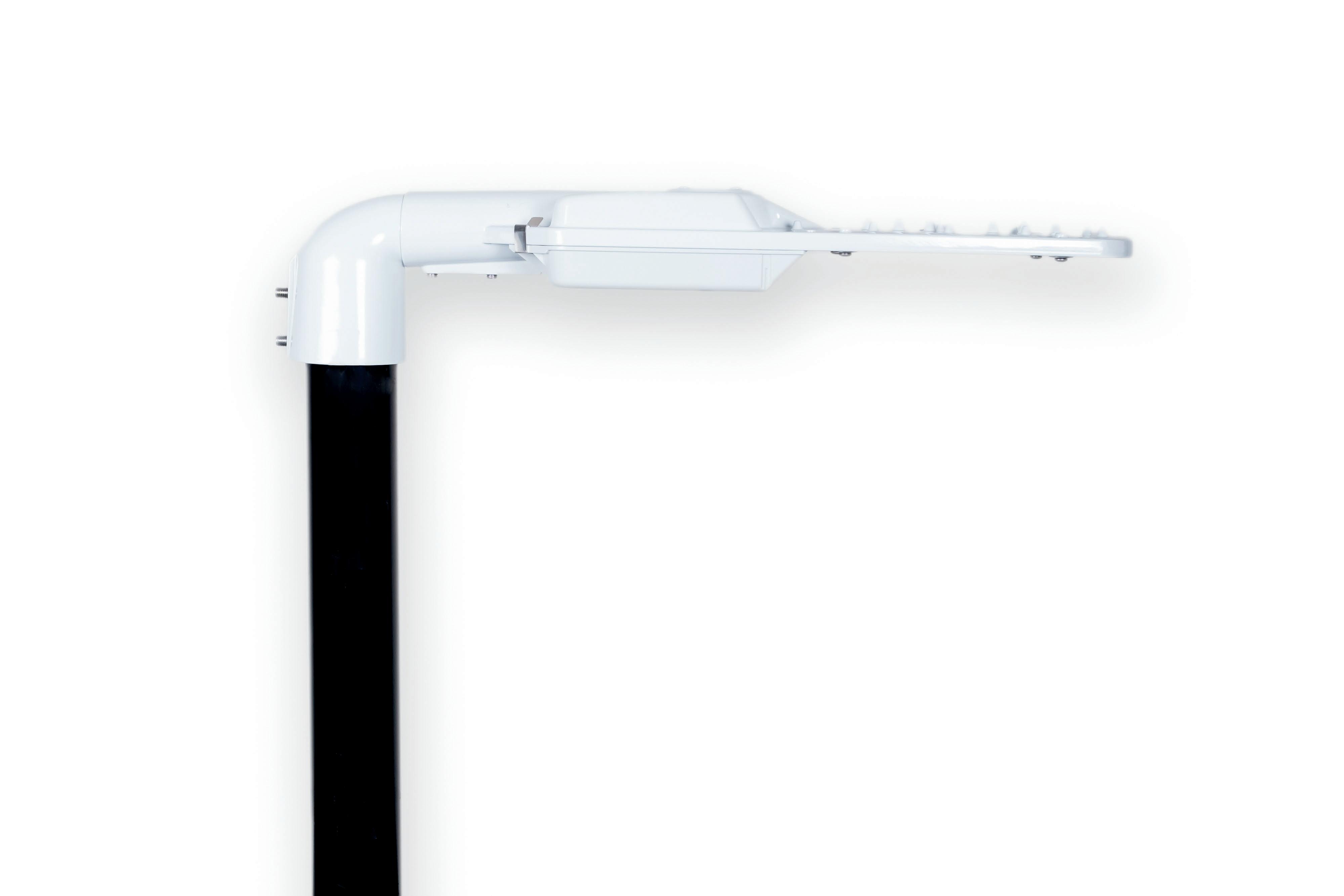

Fast Track P R O U D L Y MADE IN THE UK SINCE 1923 E 9 5 0 & E 9 5 1 Request further details A Number of our very successful E950 and E951 Luminaires are available on a maximum 20-day lead time. Fast Track 01920 860600 | www.cuphosco.com | hello@cuphosco.com















































 By Nic Paton
By Nic Paton



























































































































 By Peter Johnston
By Peter Johnston








 Figure 1. Sketches of the two specified downlights
Figure 1. Sketches of the two specified downlights












































 Frankie Boyle with Calvin Bailey at How to be brilliant in June. Right: Frankie’s stunning installation ‘The Field of Hearts’. Collaboration credits: Samsung/Refinery29/Albie Alexander/PRG
Frankie Boyle with Calvin Bailey at How to be brilliant in June. Right: Frankie’s stunning installation ‘The Field of Hearts’. Collaboration credits: Samsung/Refinery29/Albie Alexander/PRG

 Frankie Boyle’s ‘The Diamonds of Tiffany’. Collaboration credits: Tiffany & Co/Holition/PRG
Frankie Boyle’s ‘The Diamonds of Tiffany’. Collaboration credits: Tiffany & Co/Holition/PRG
 By Simon Cornwell
By Simon Cornwell











































